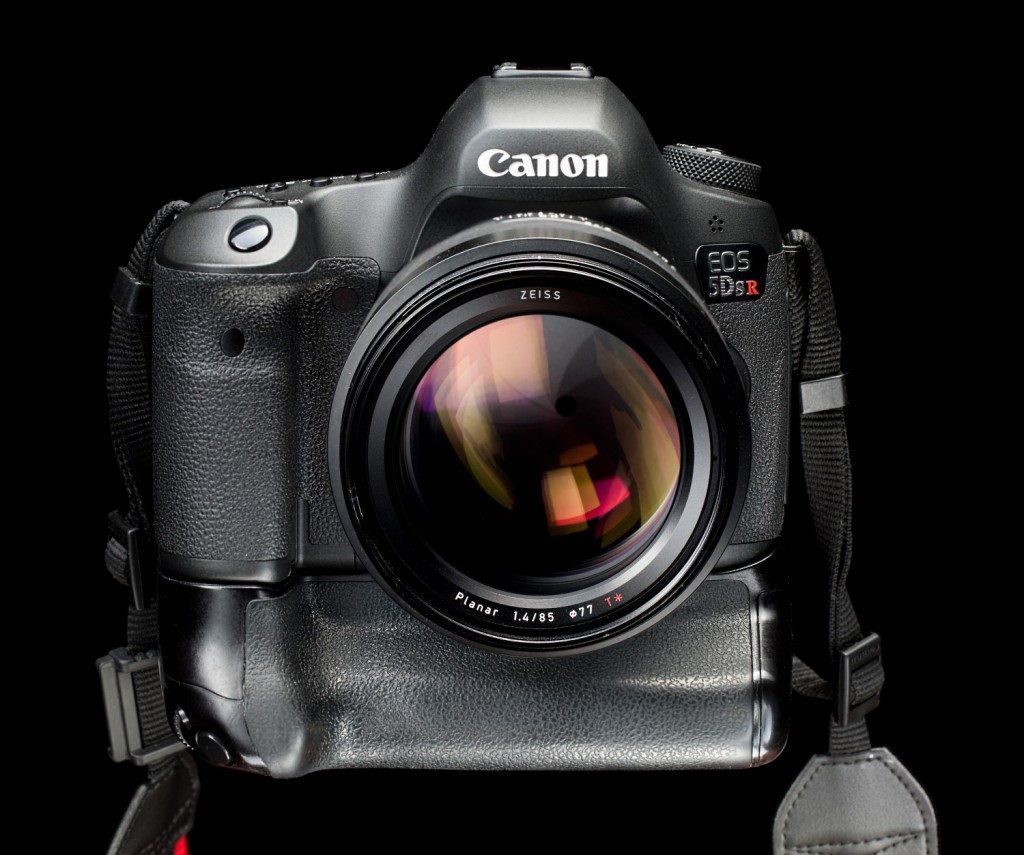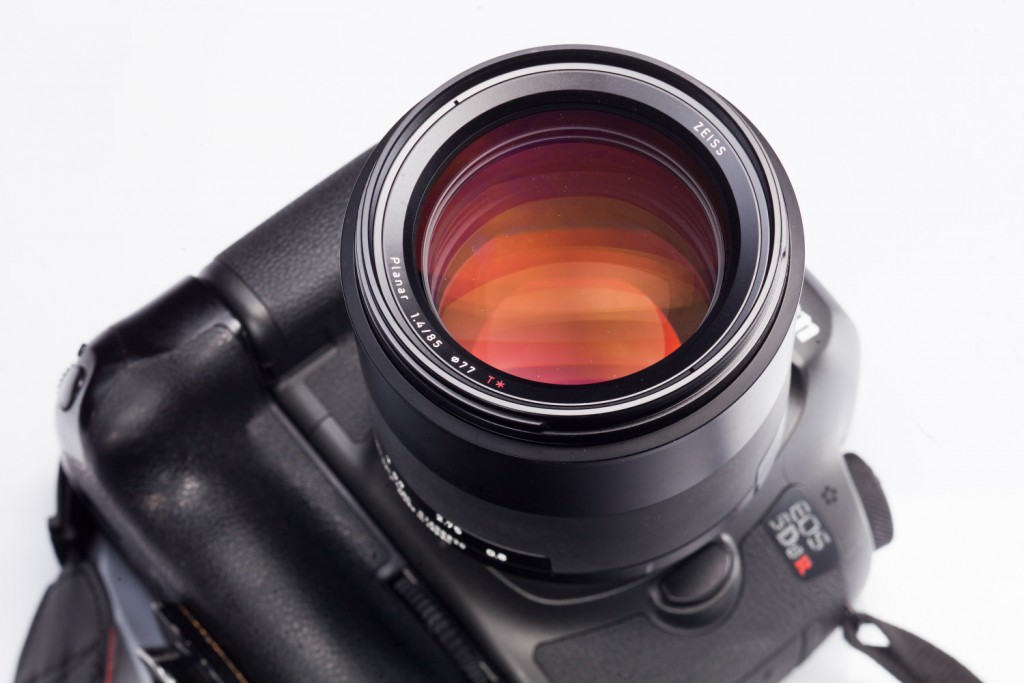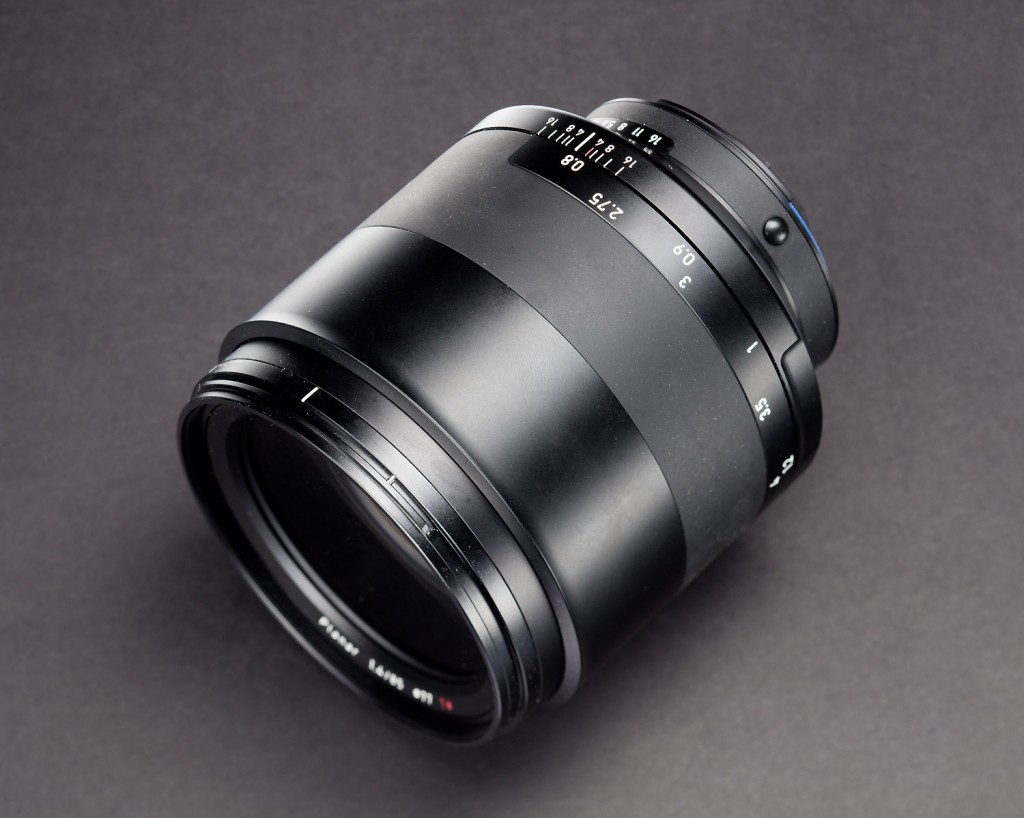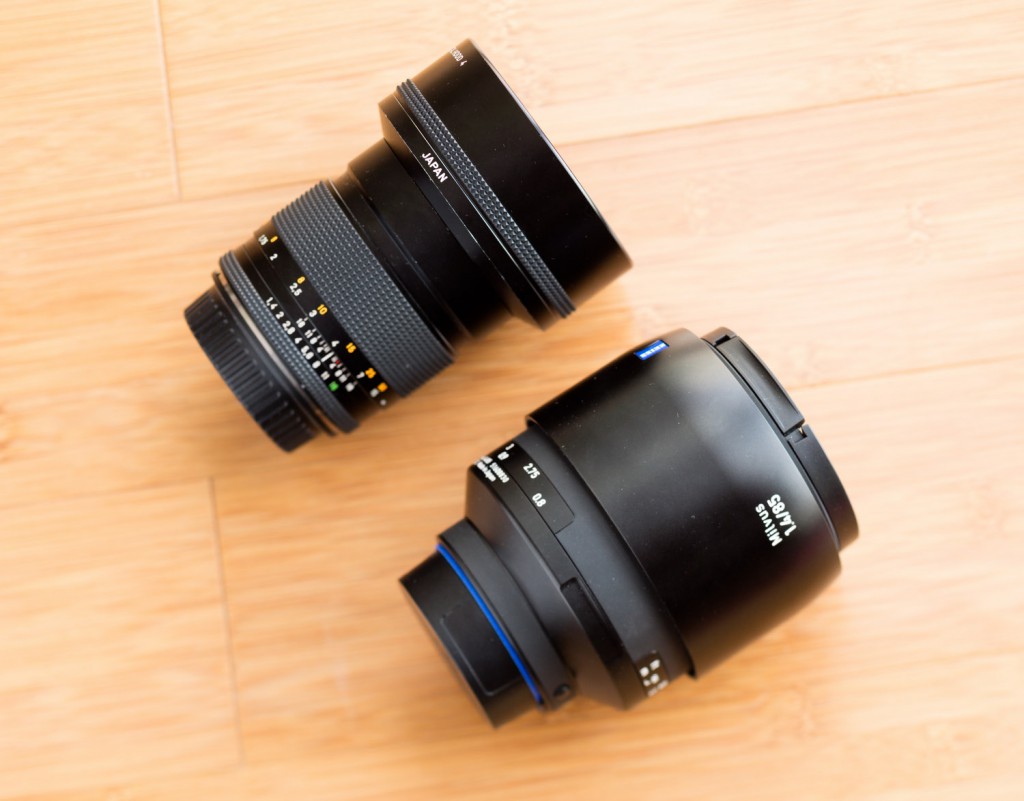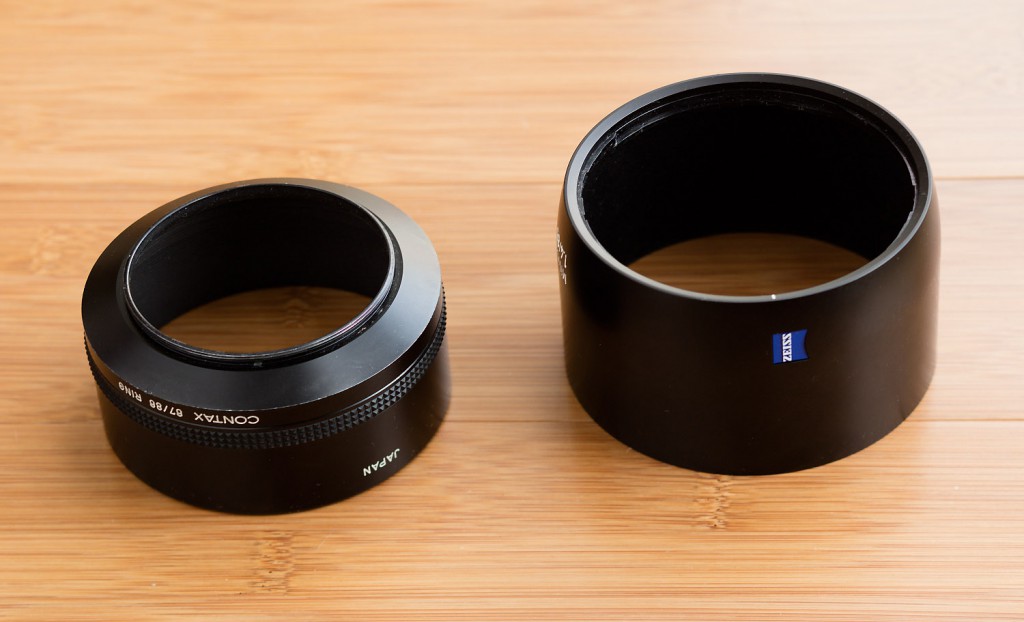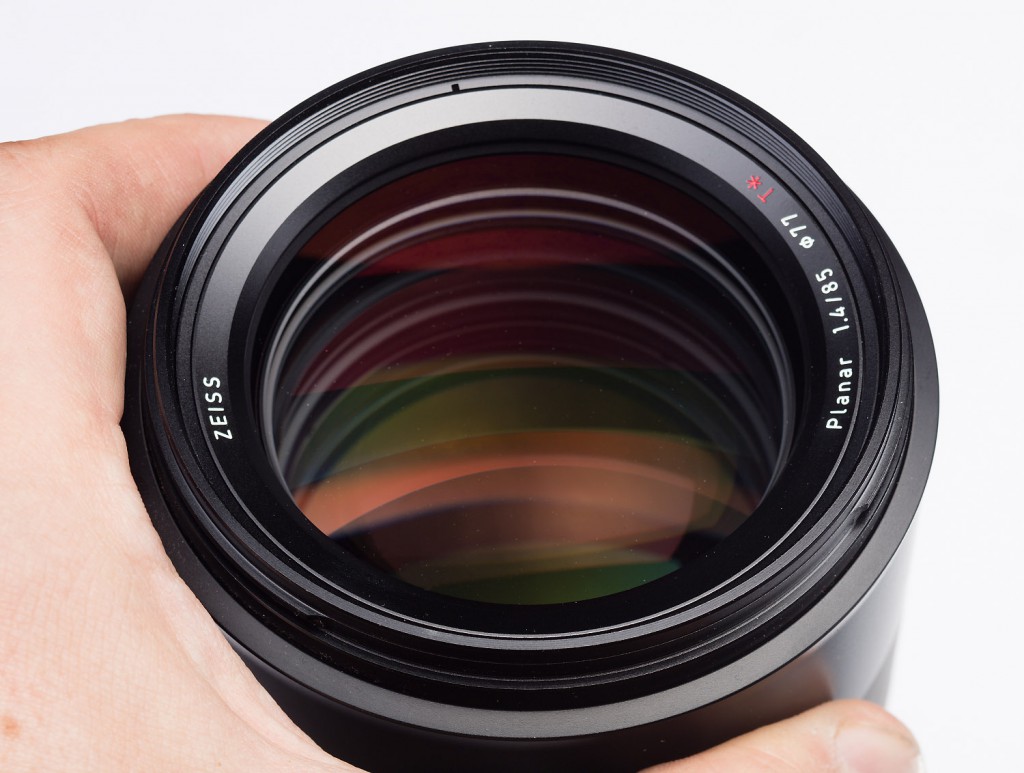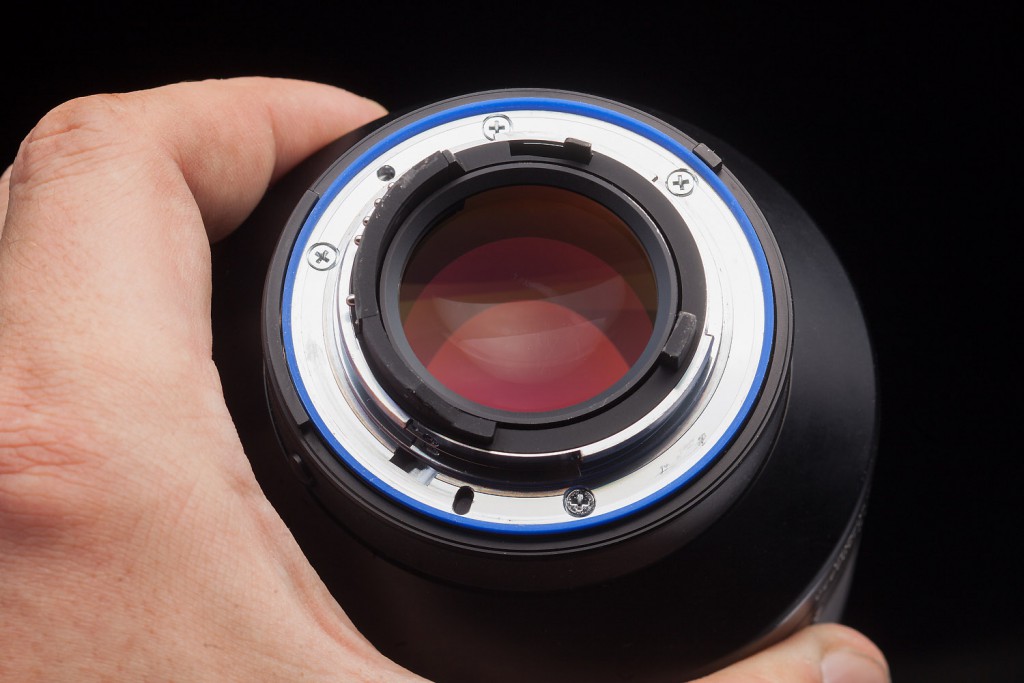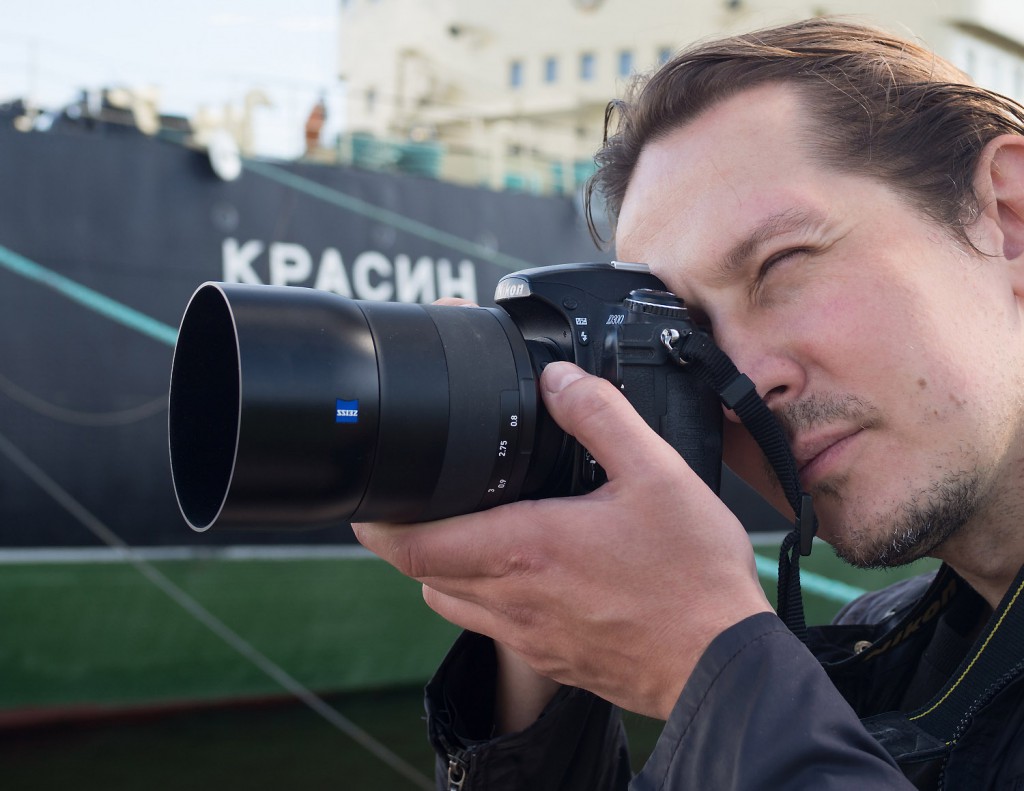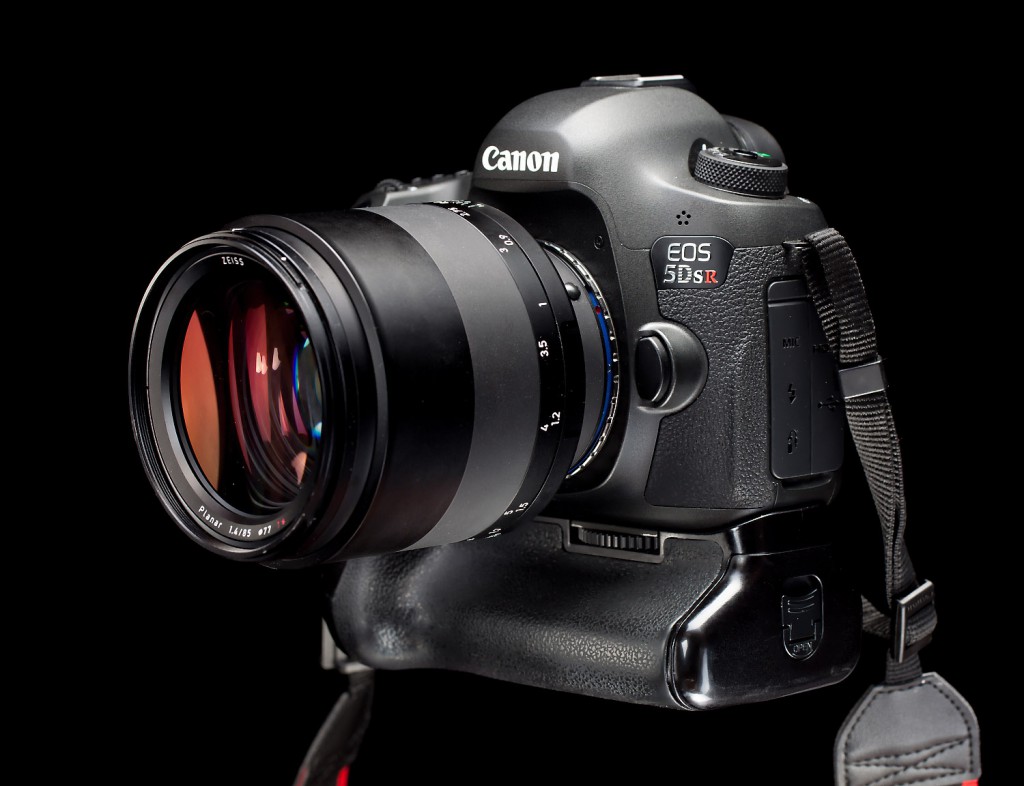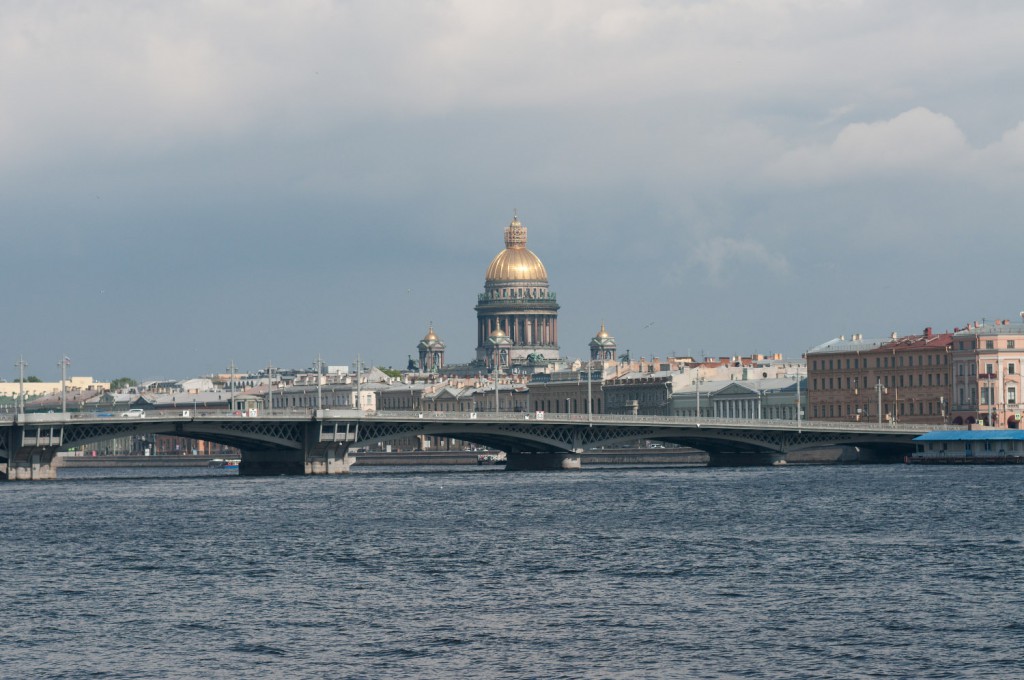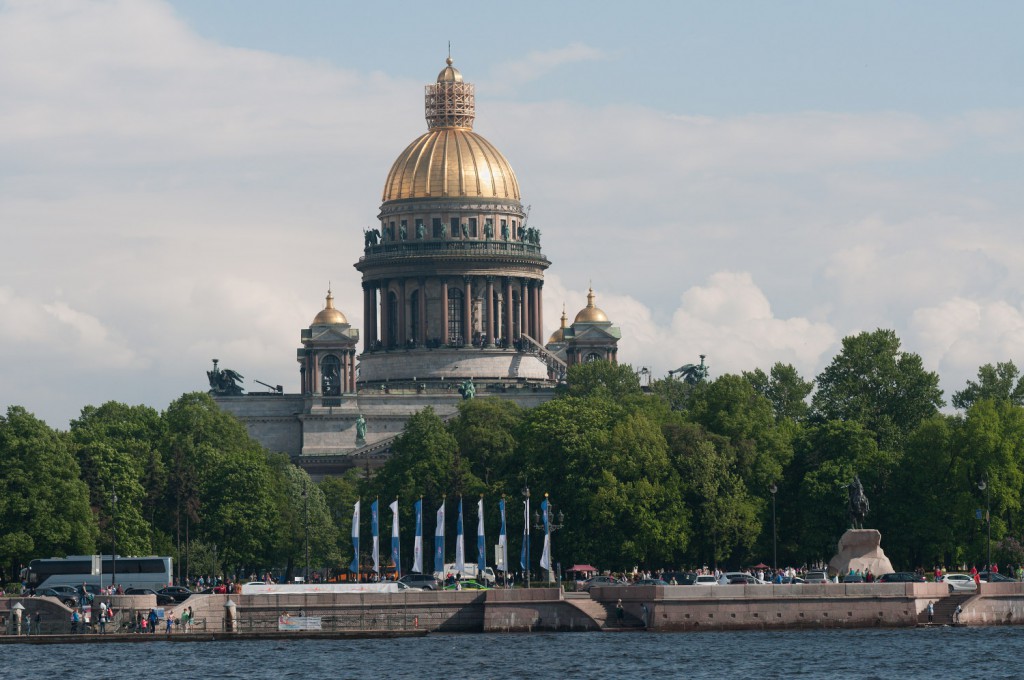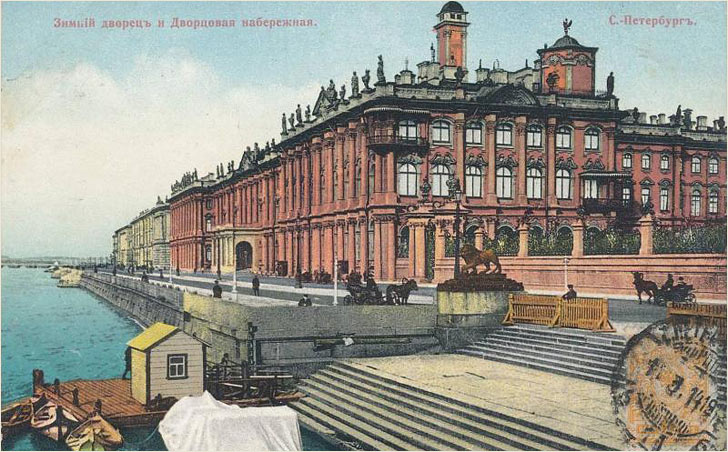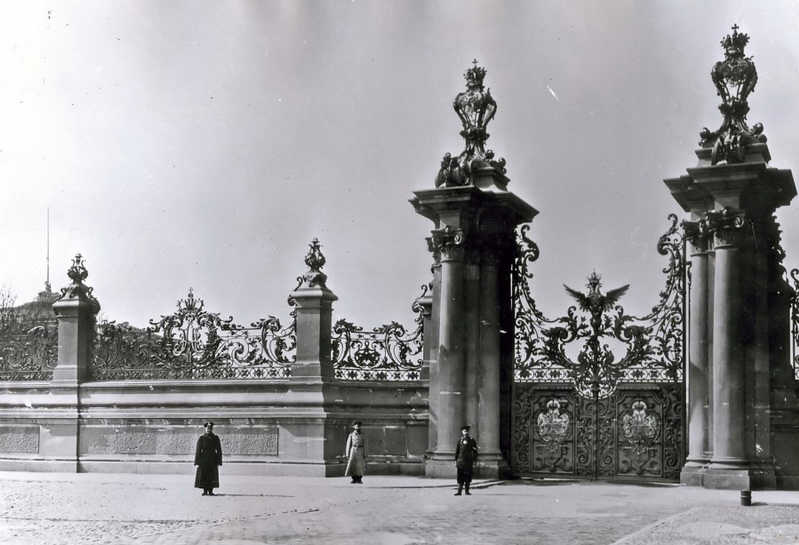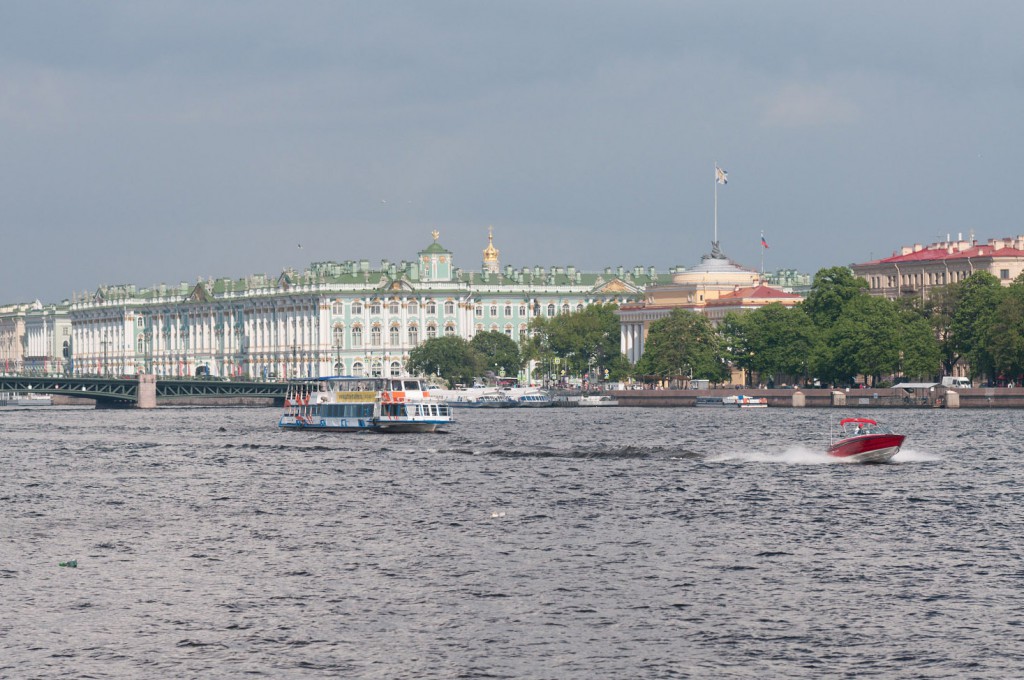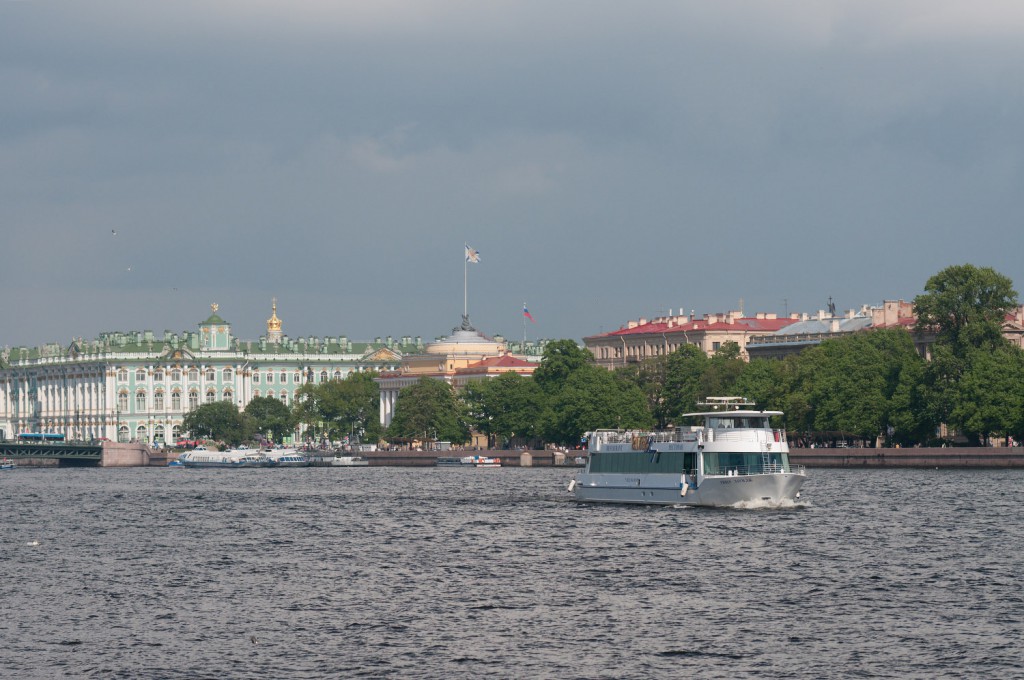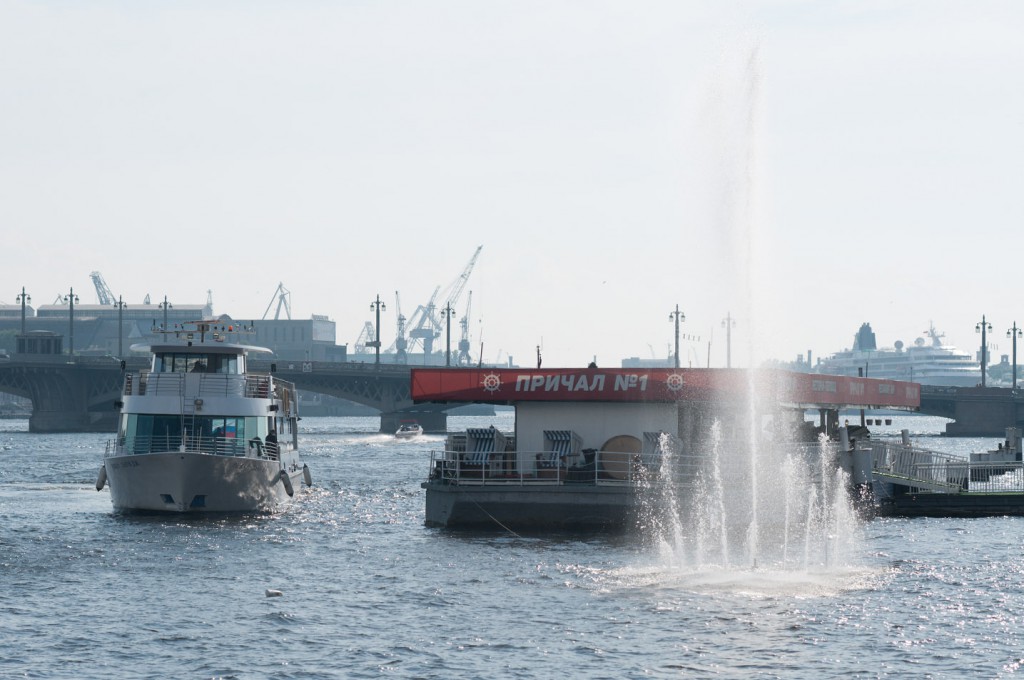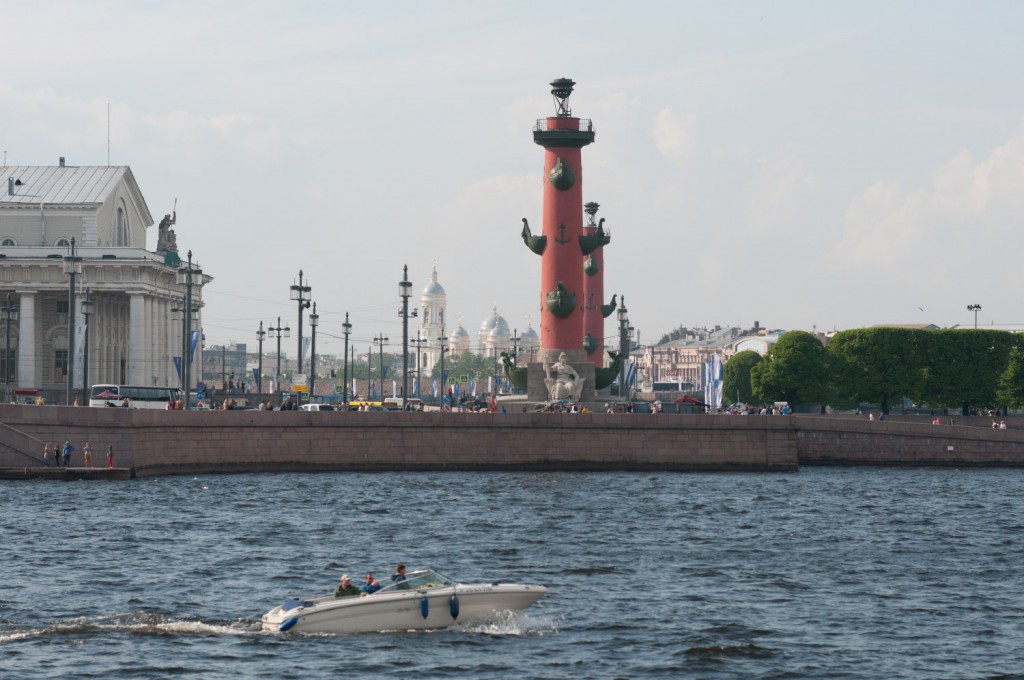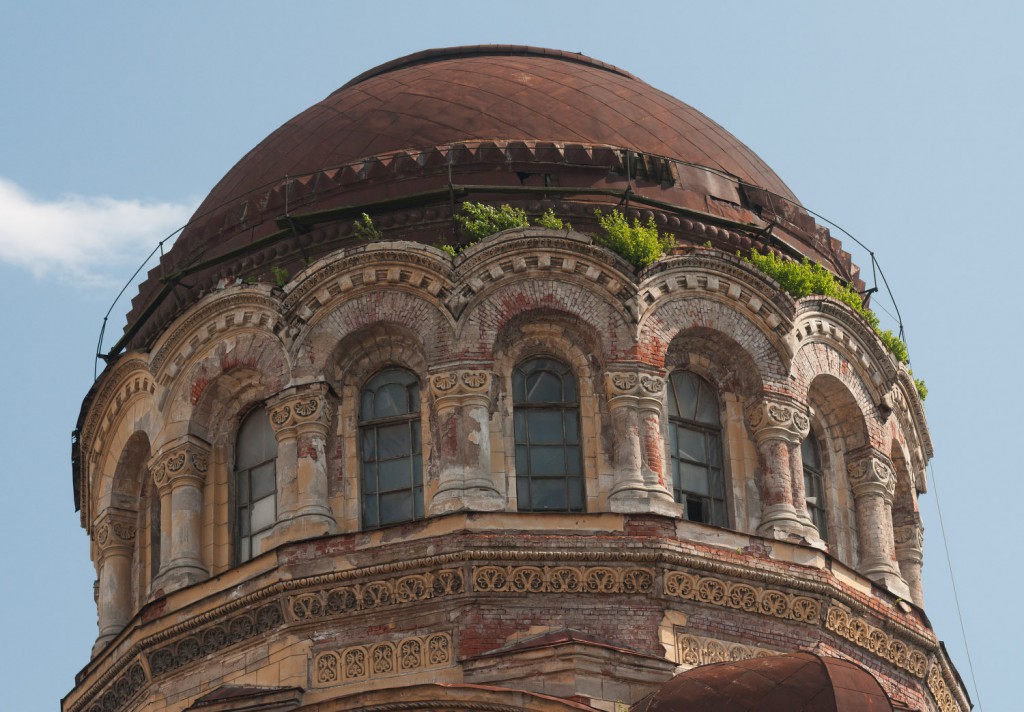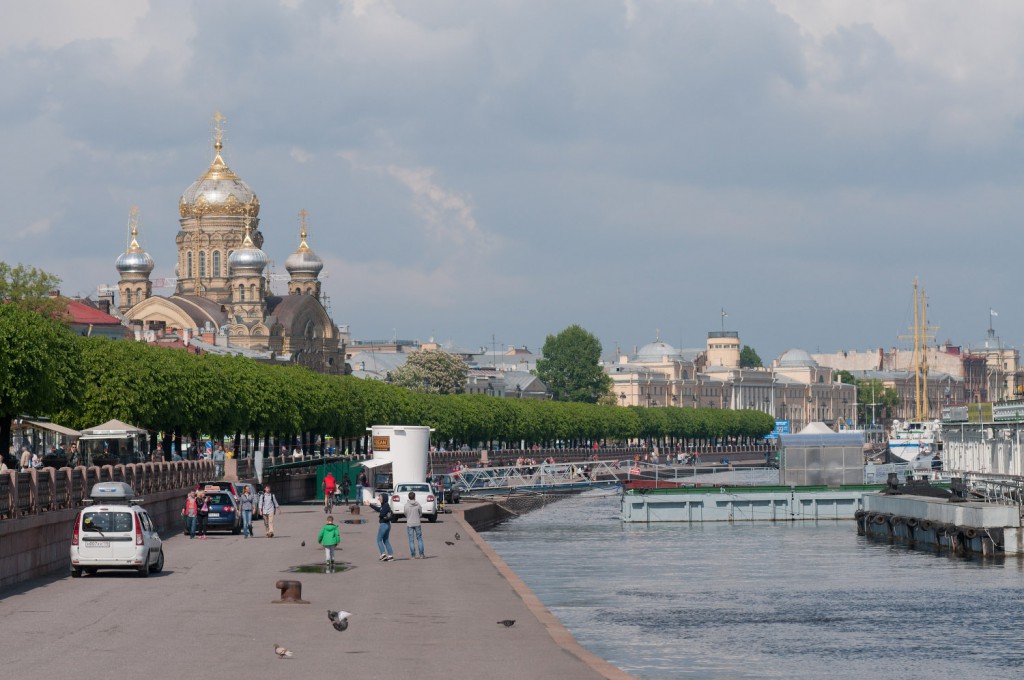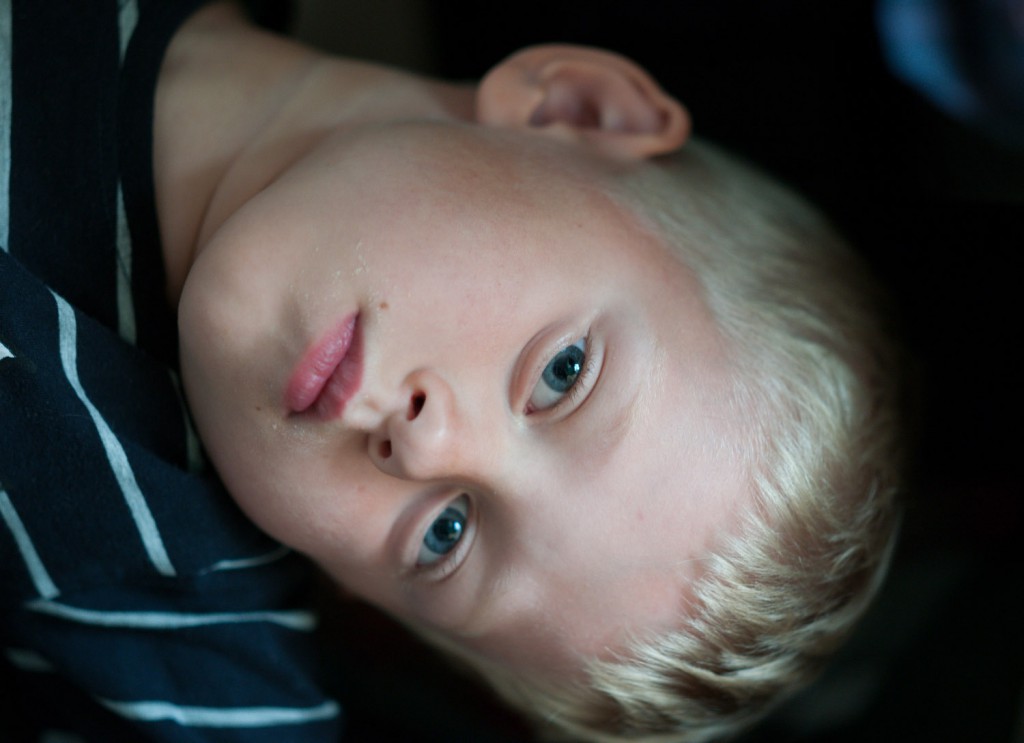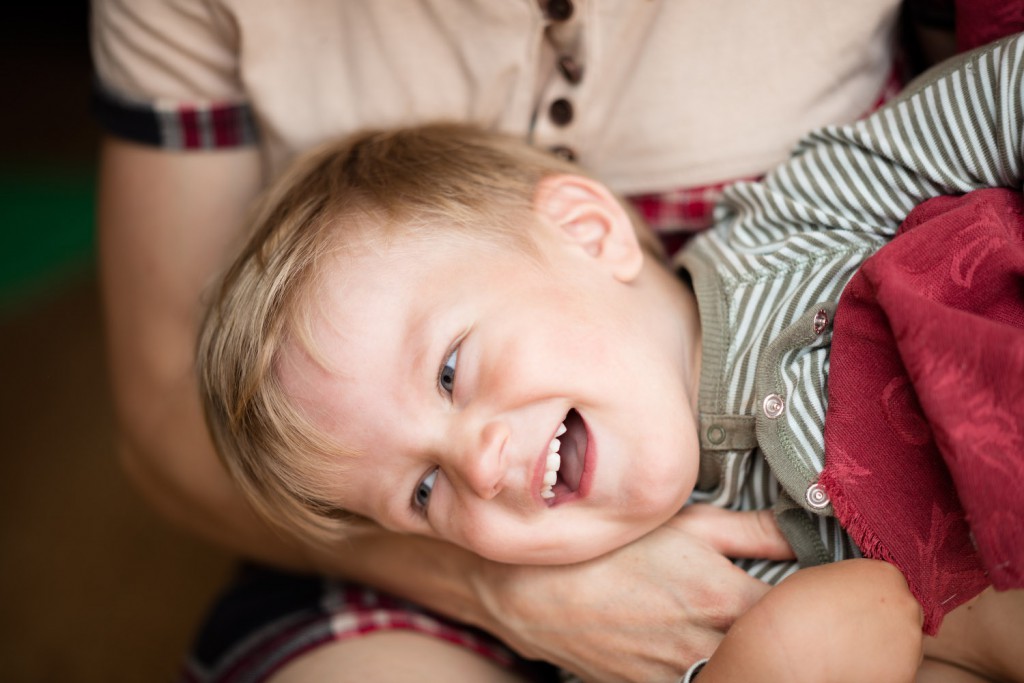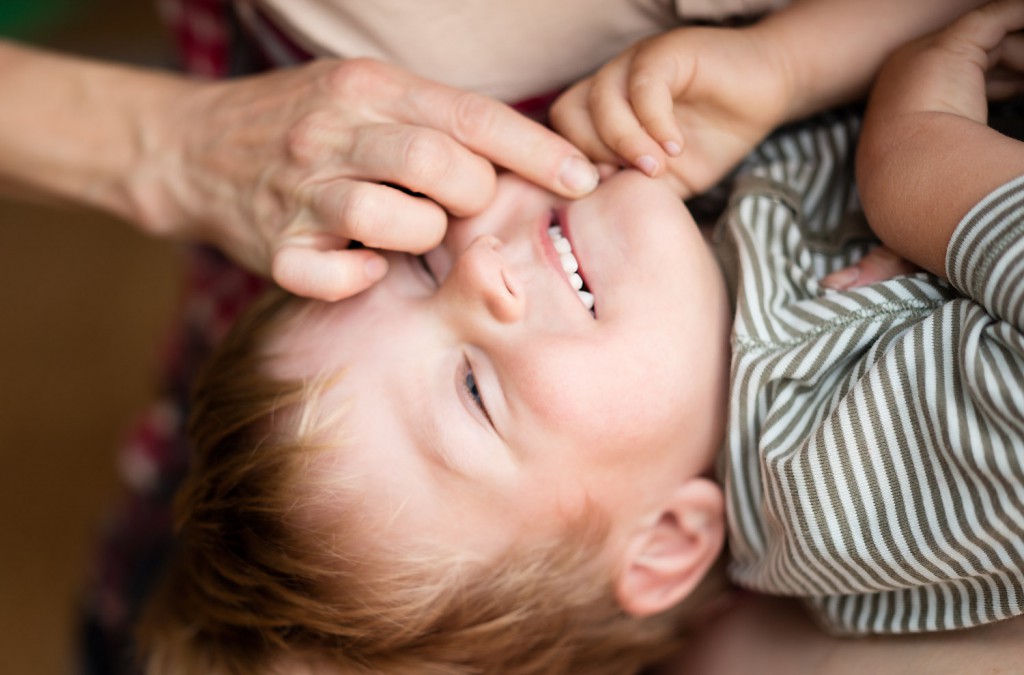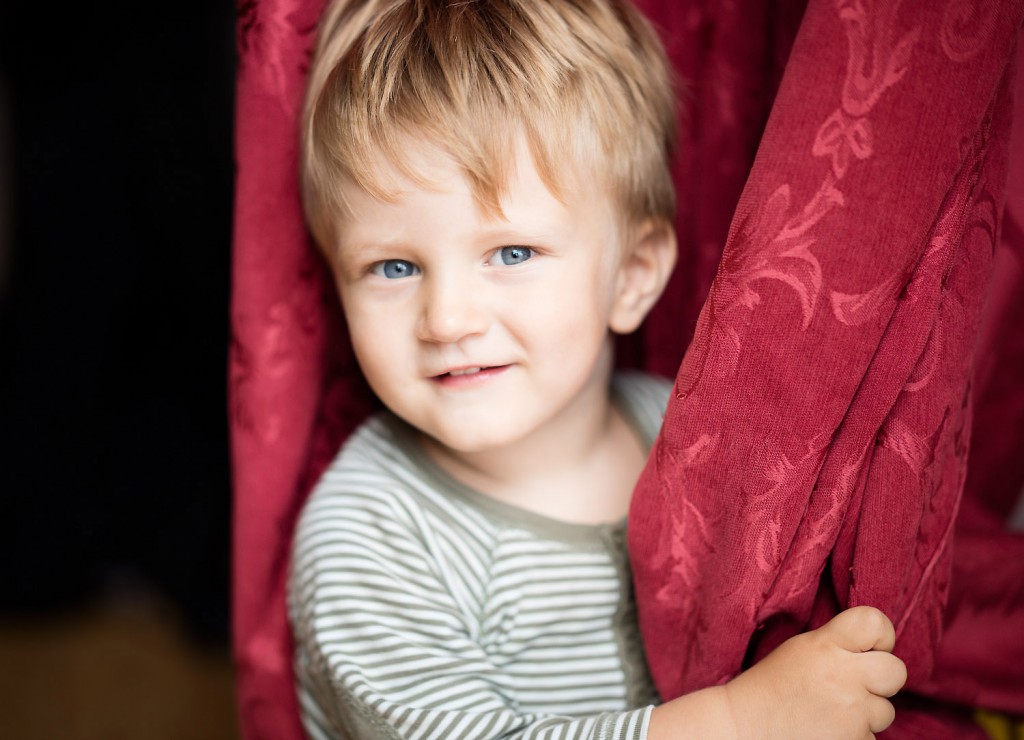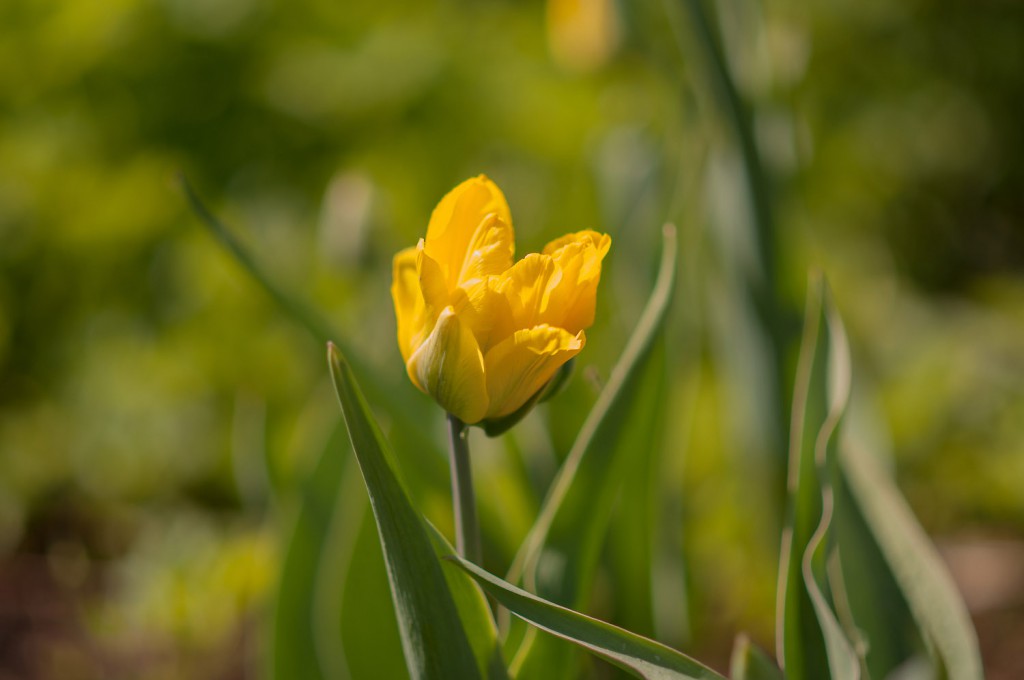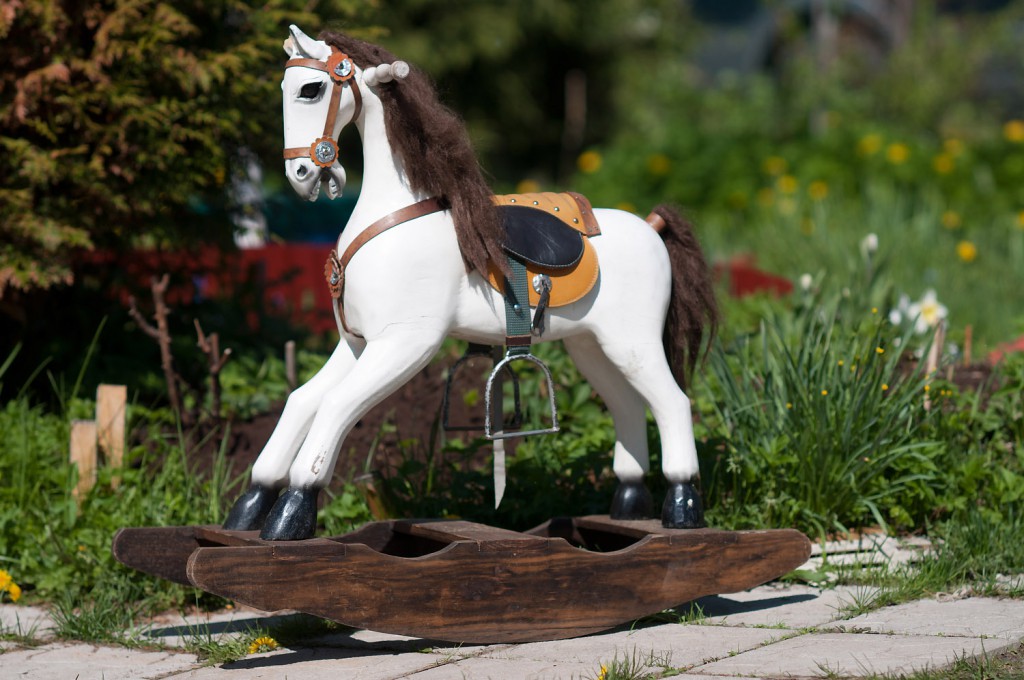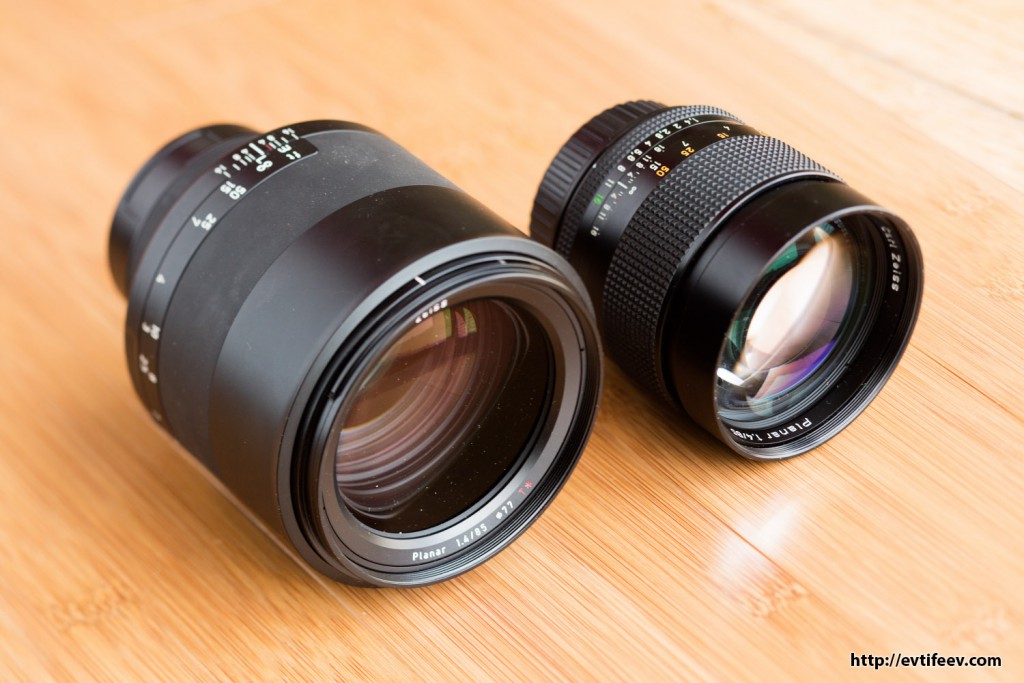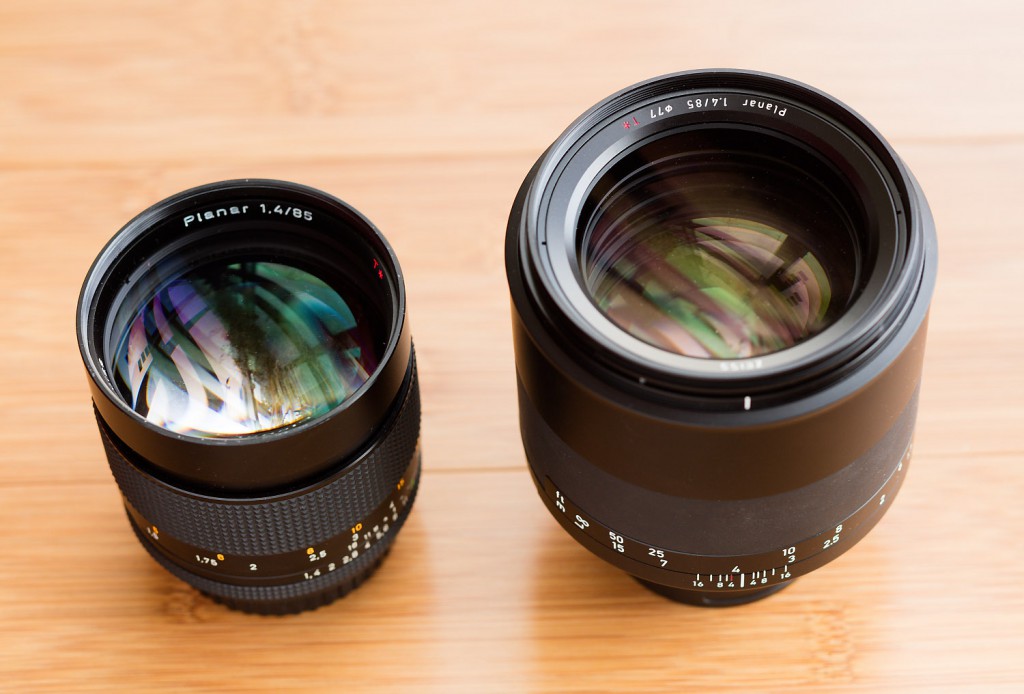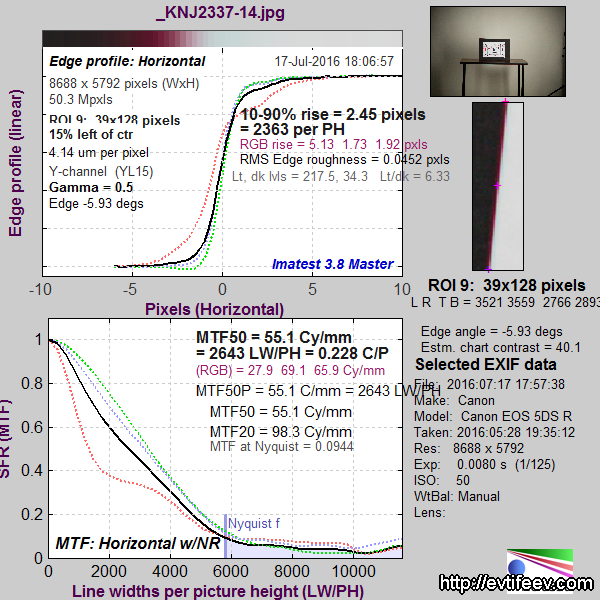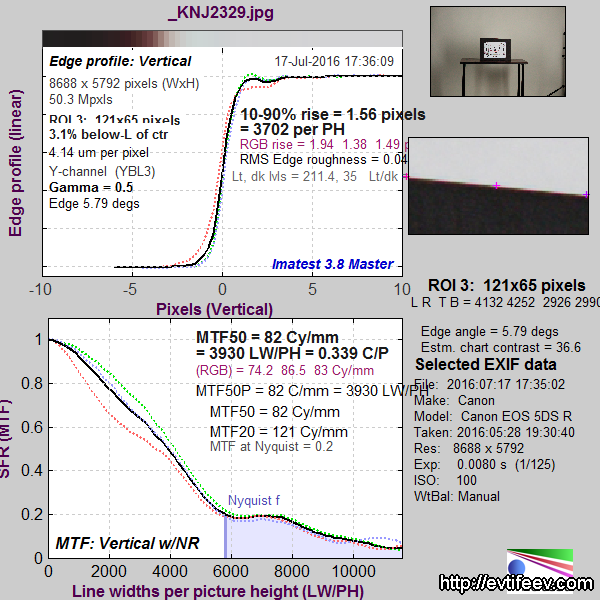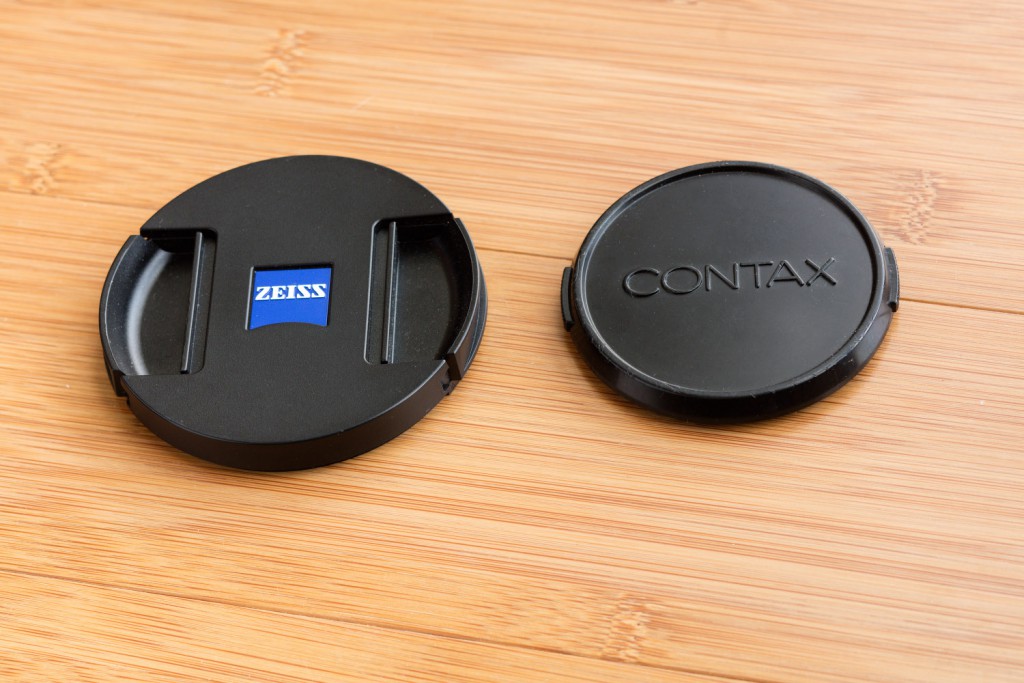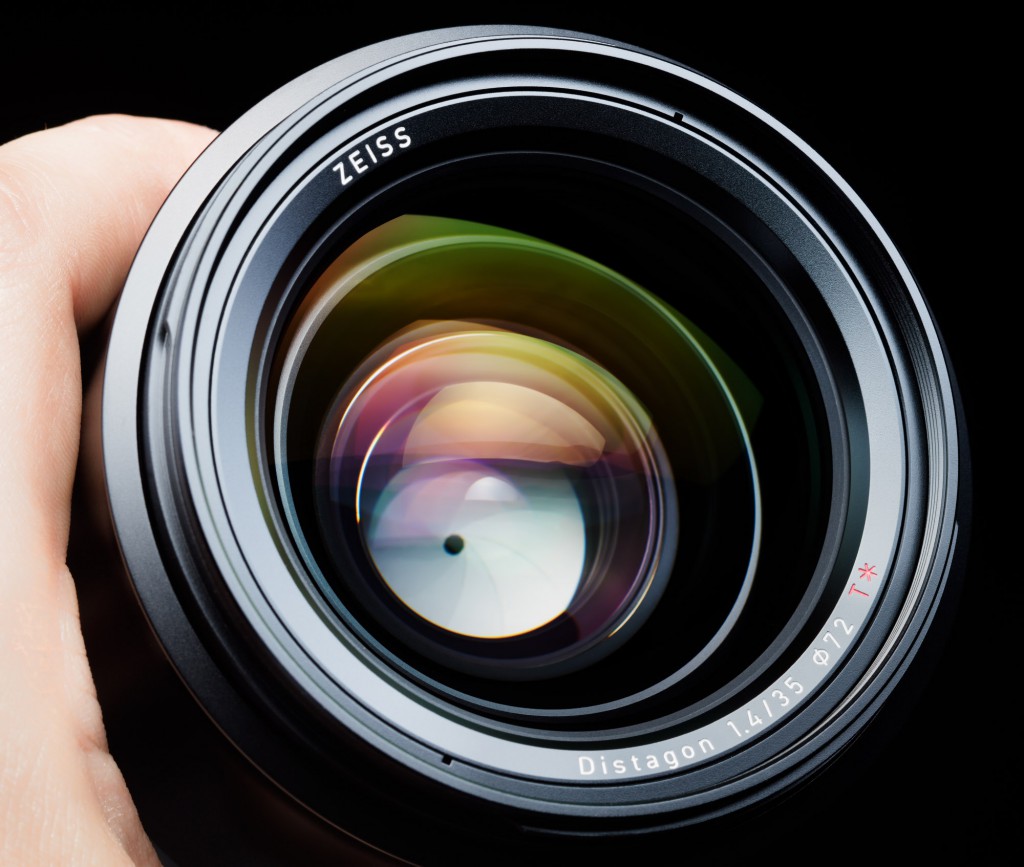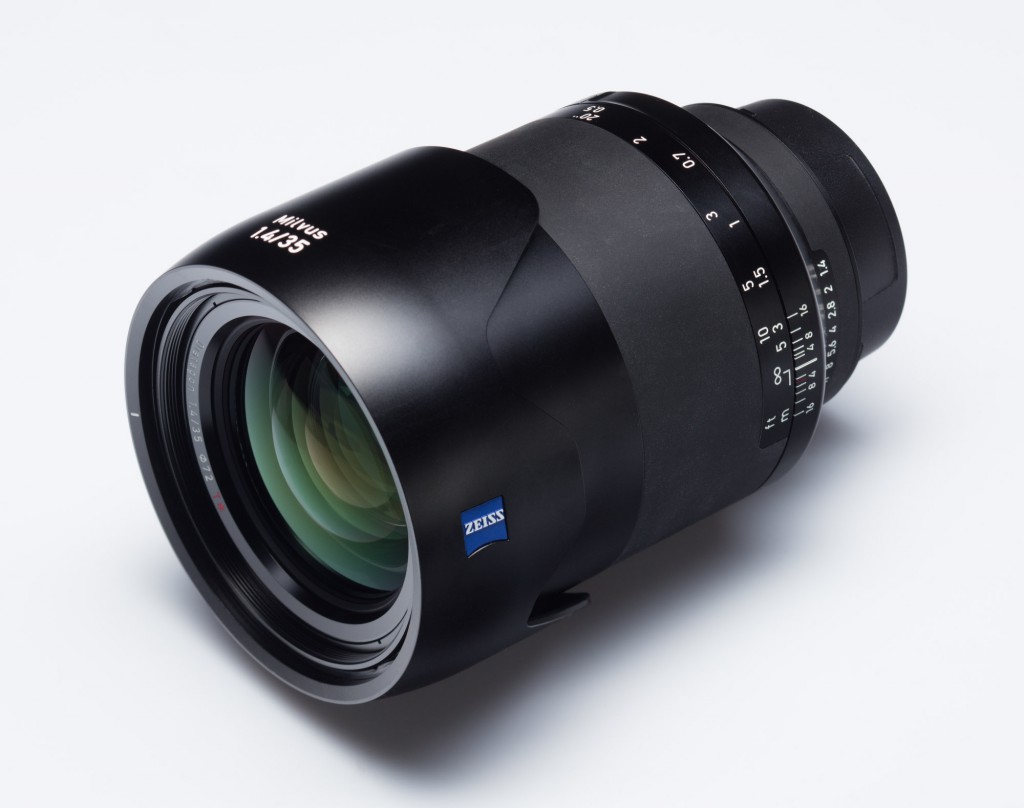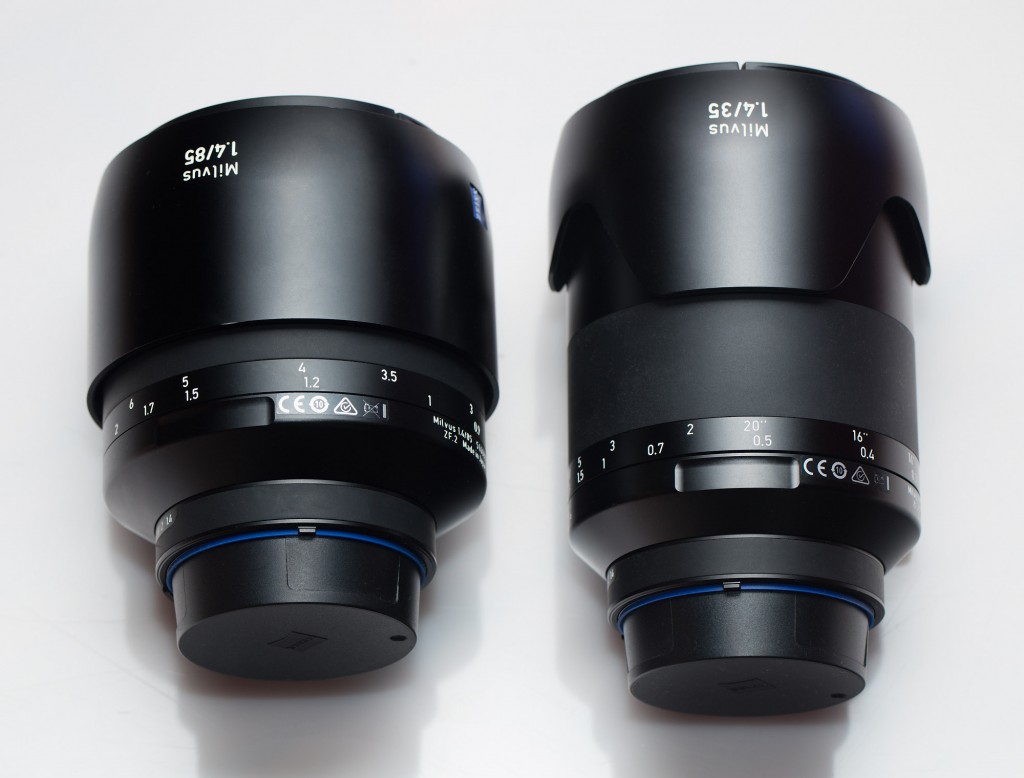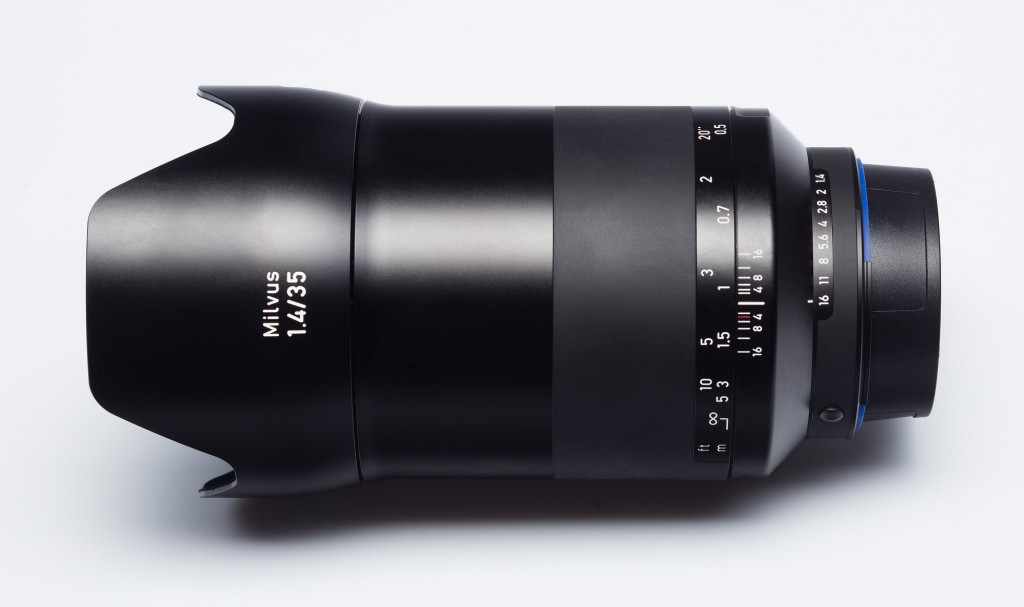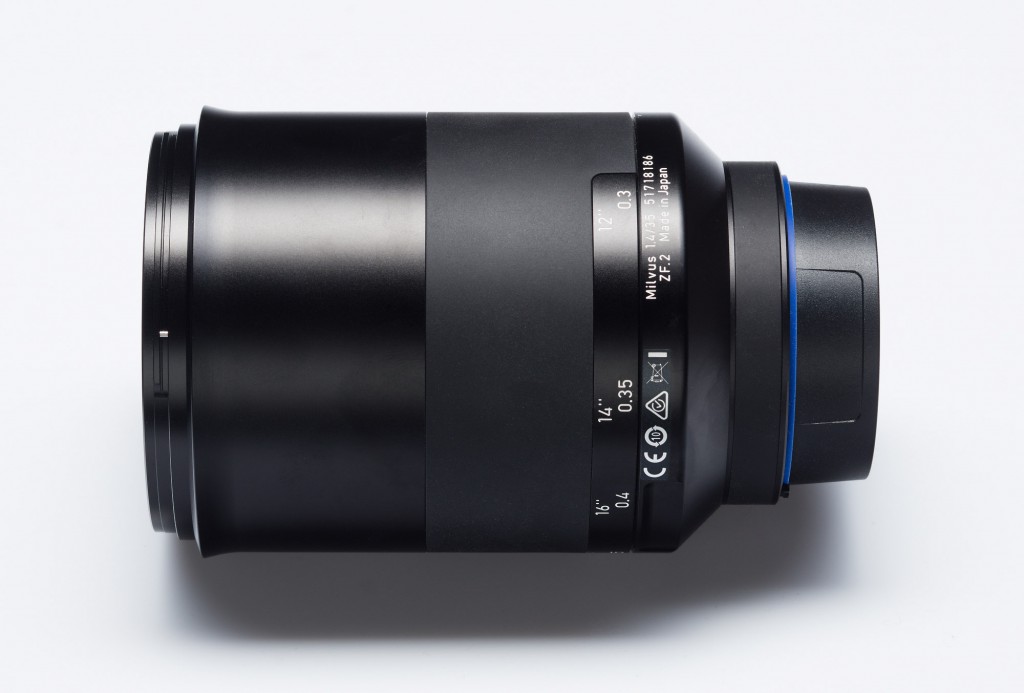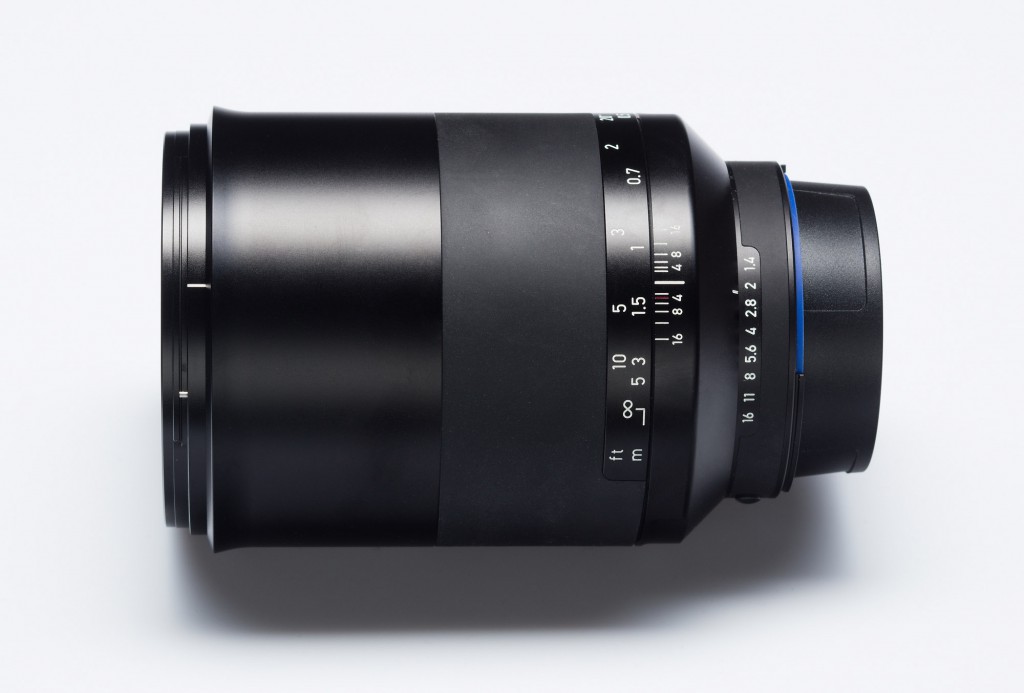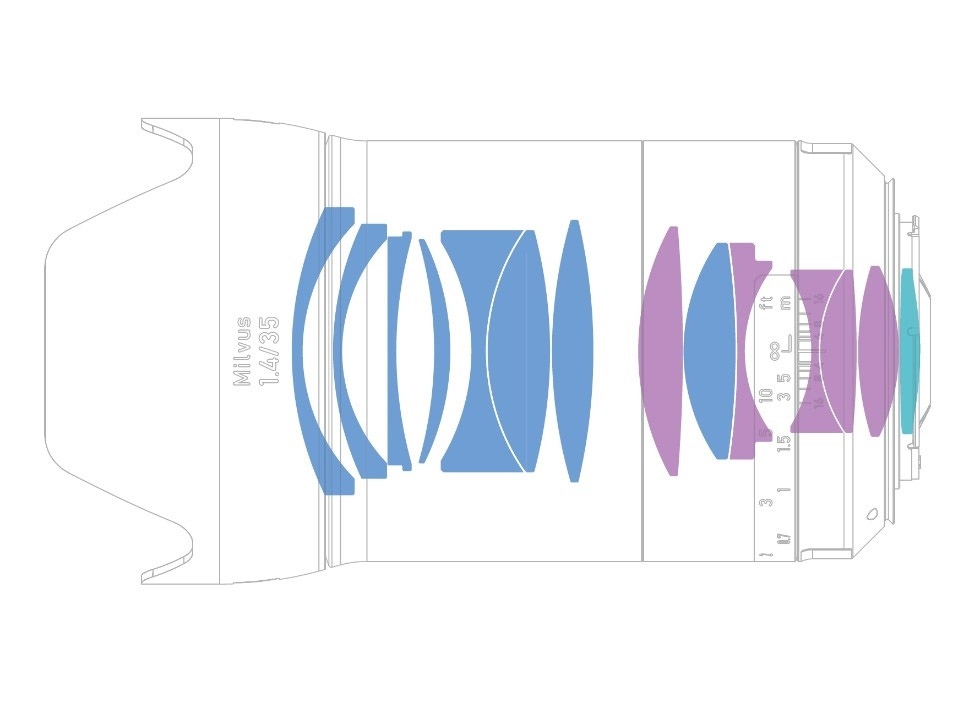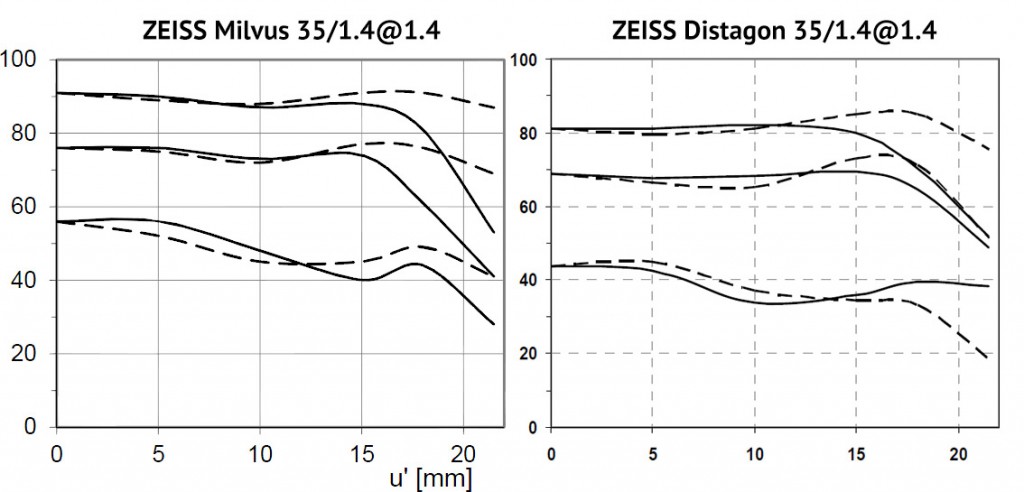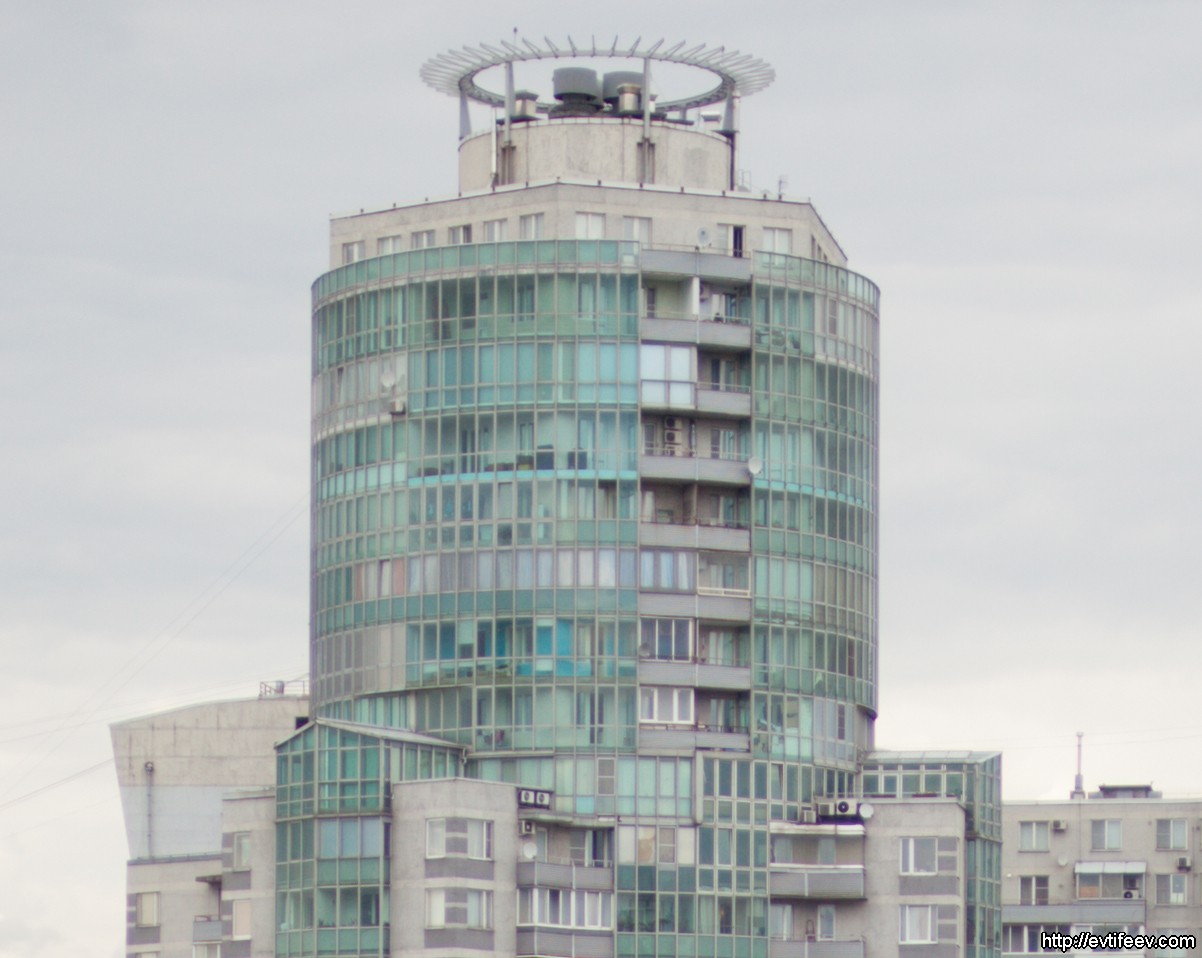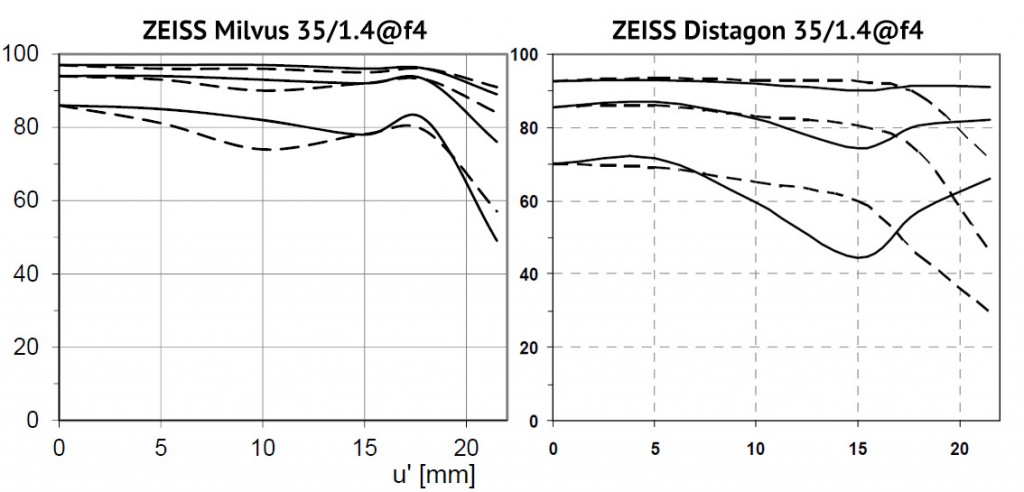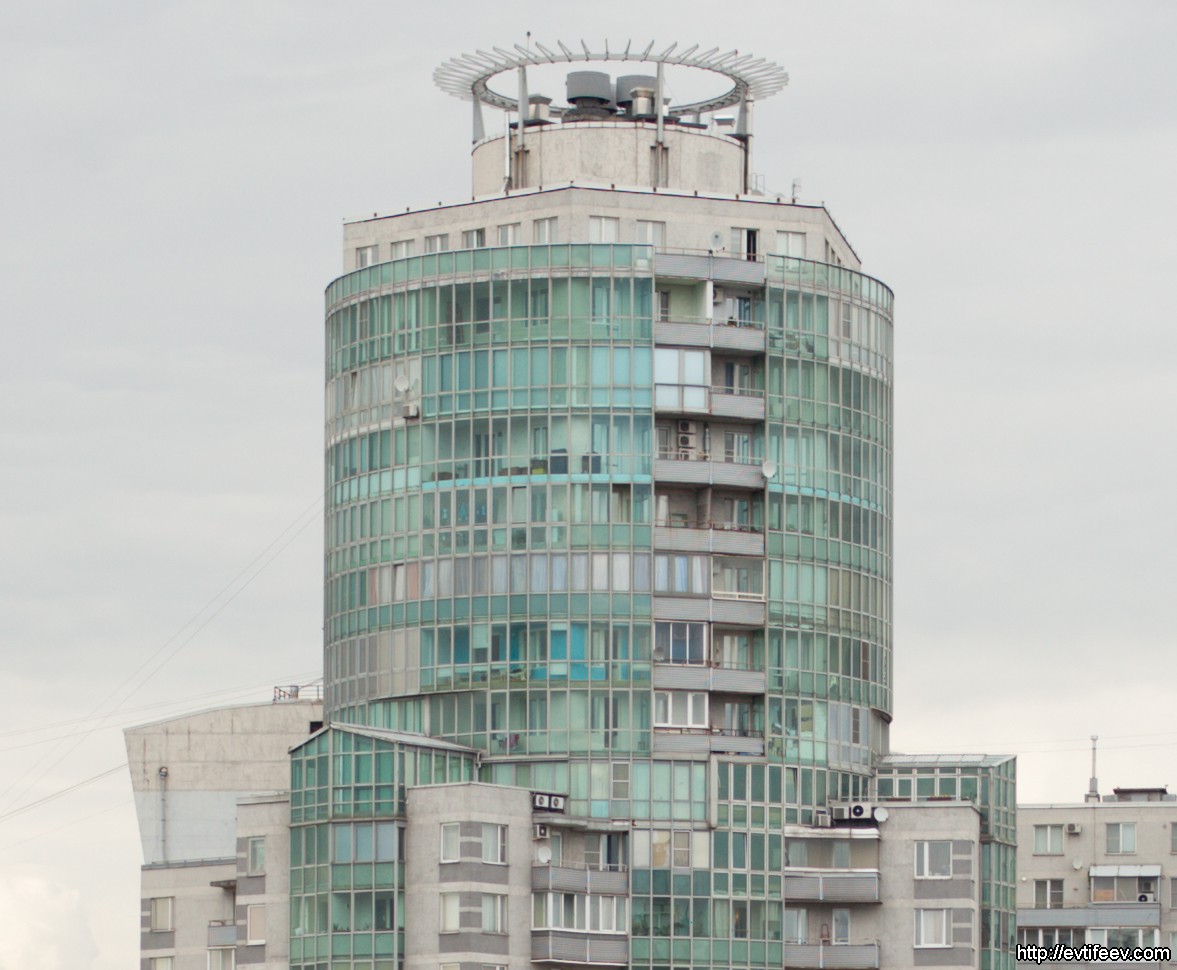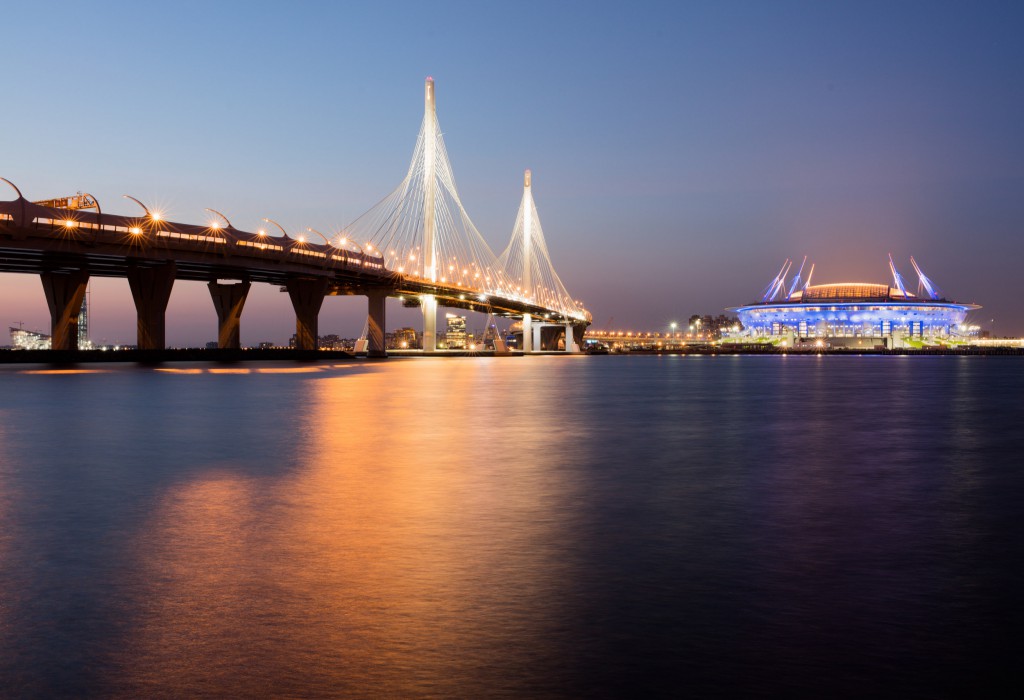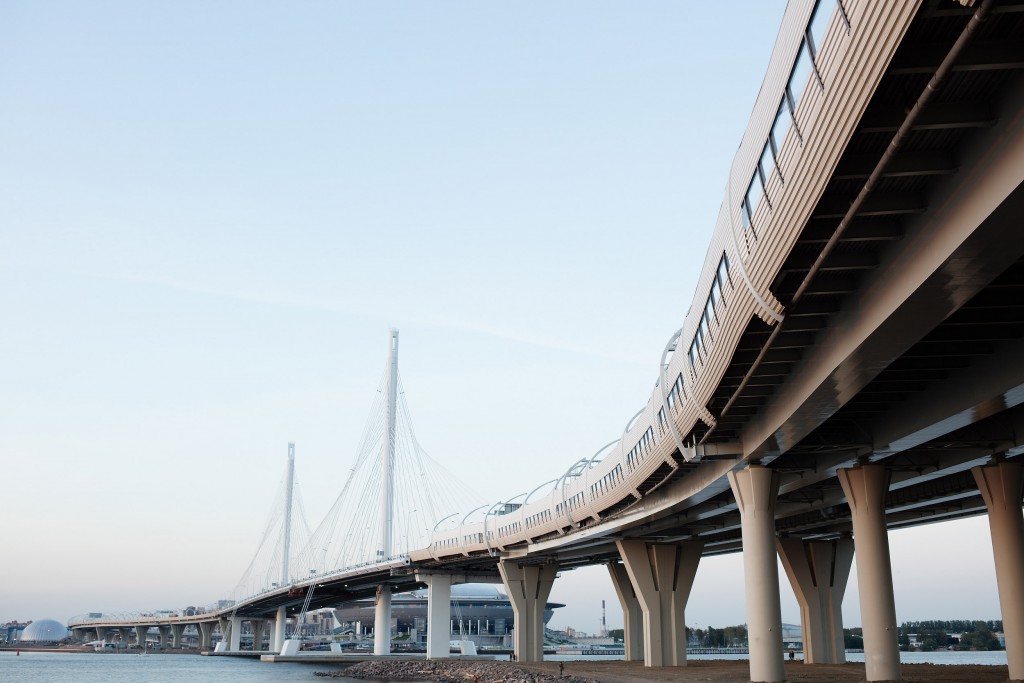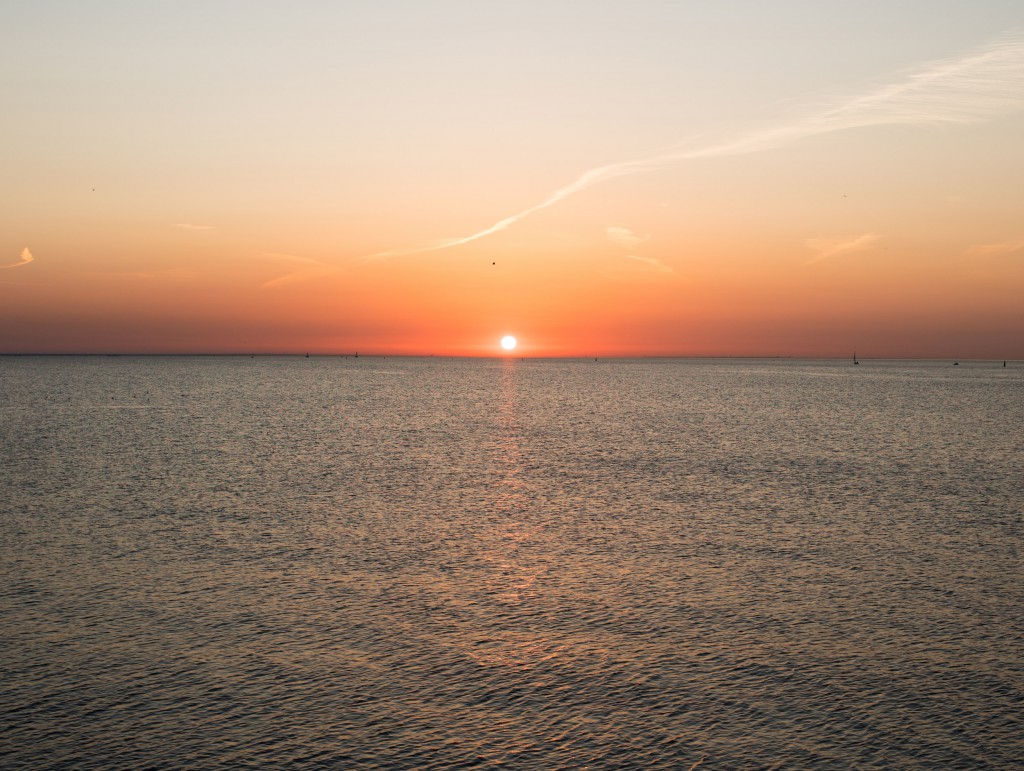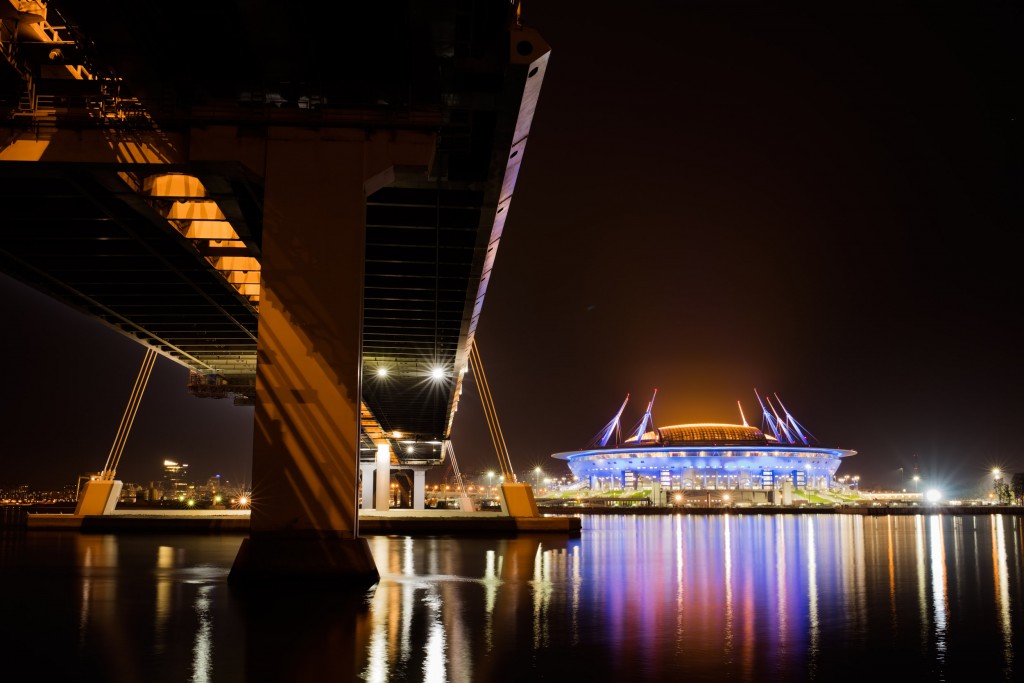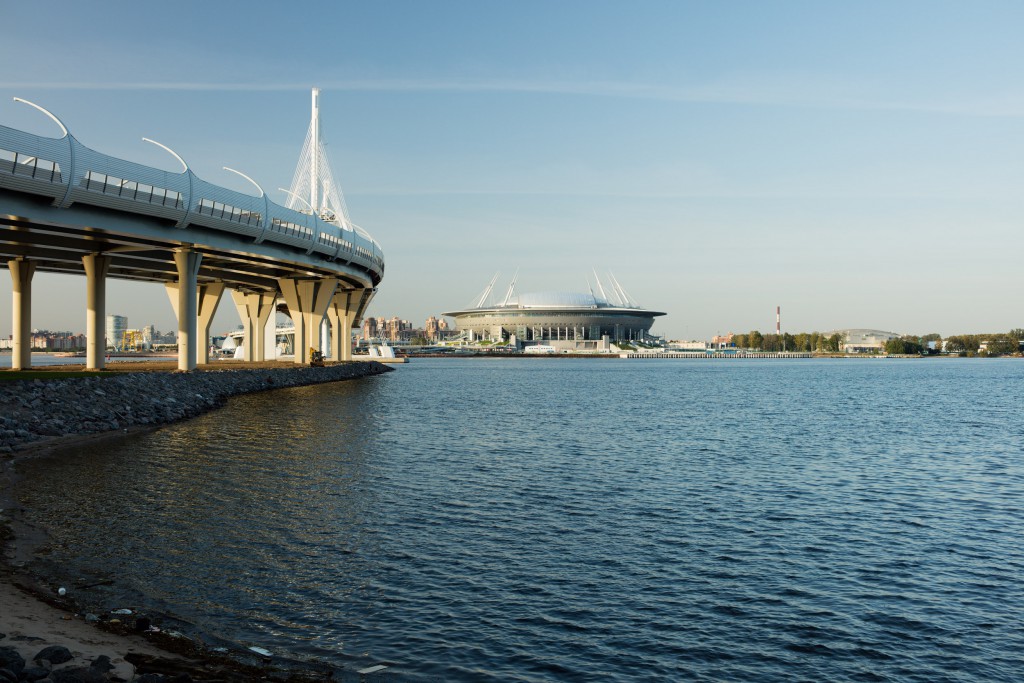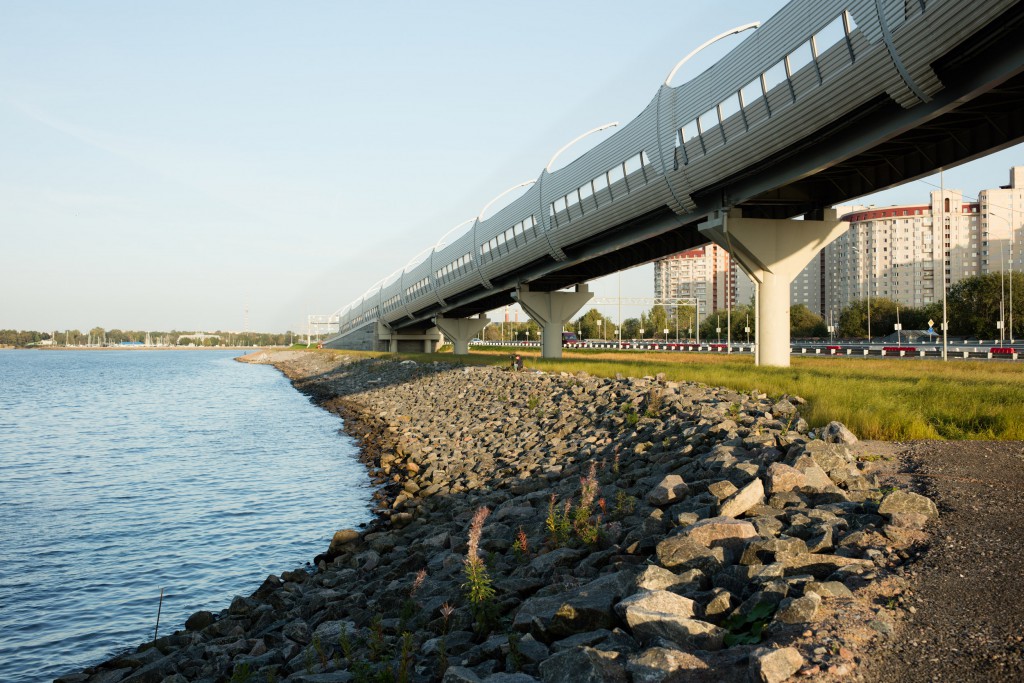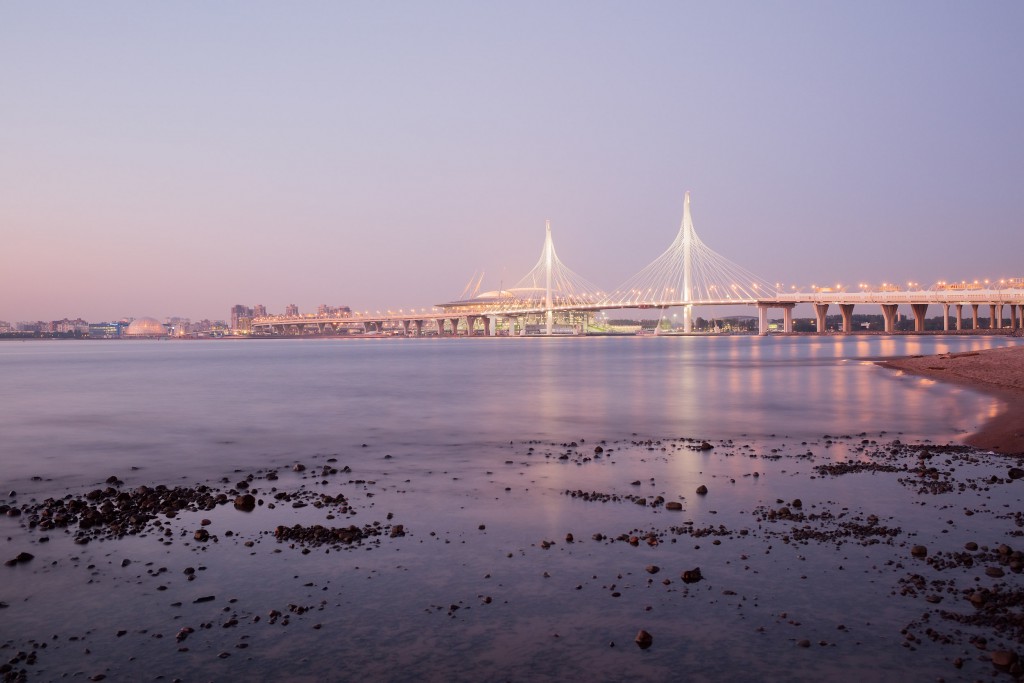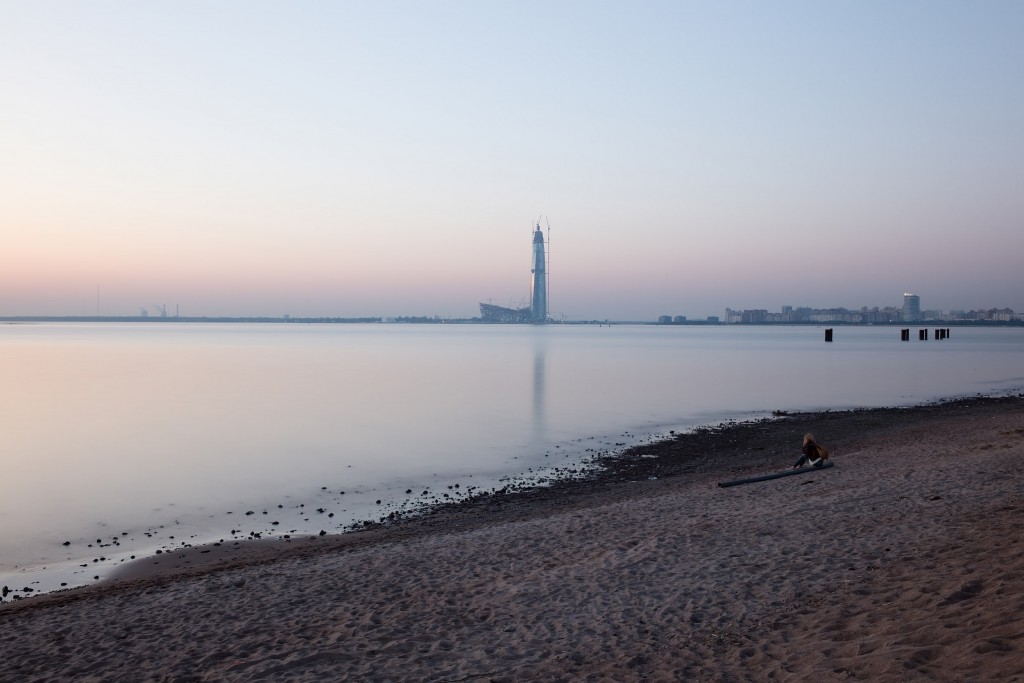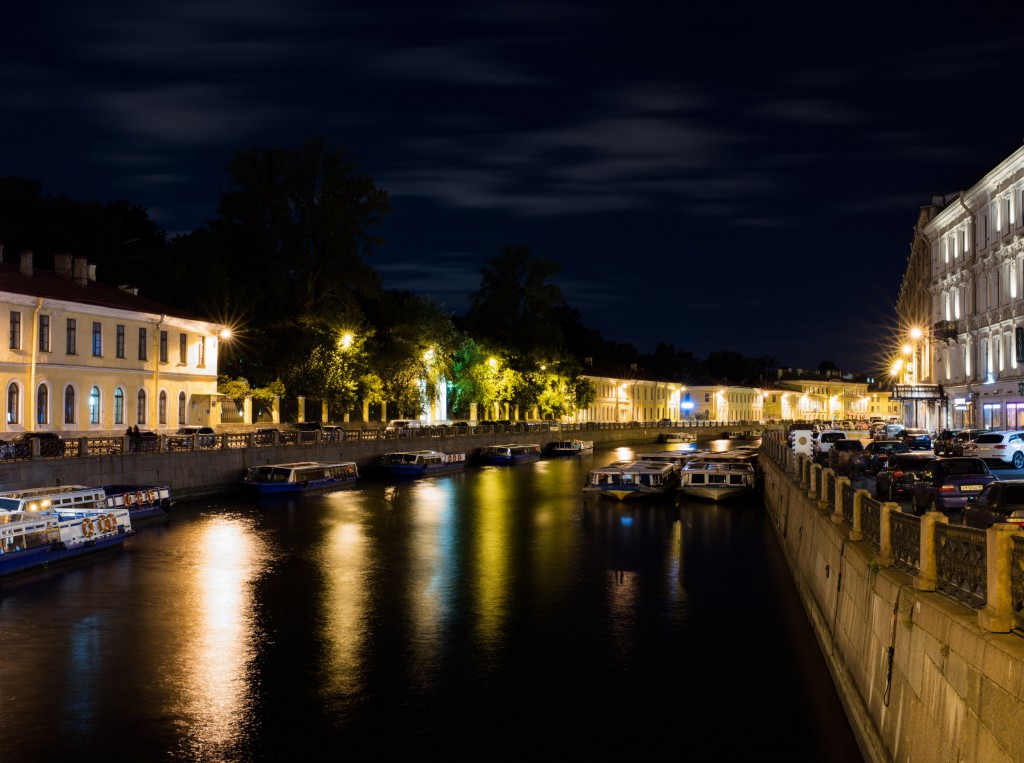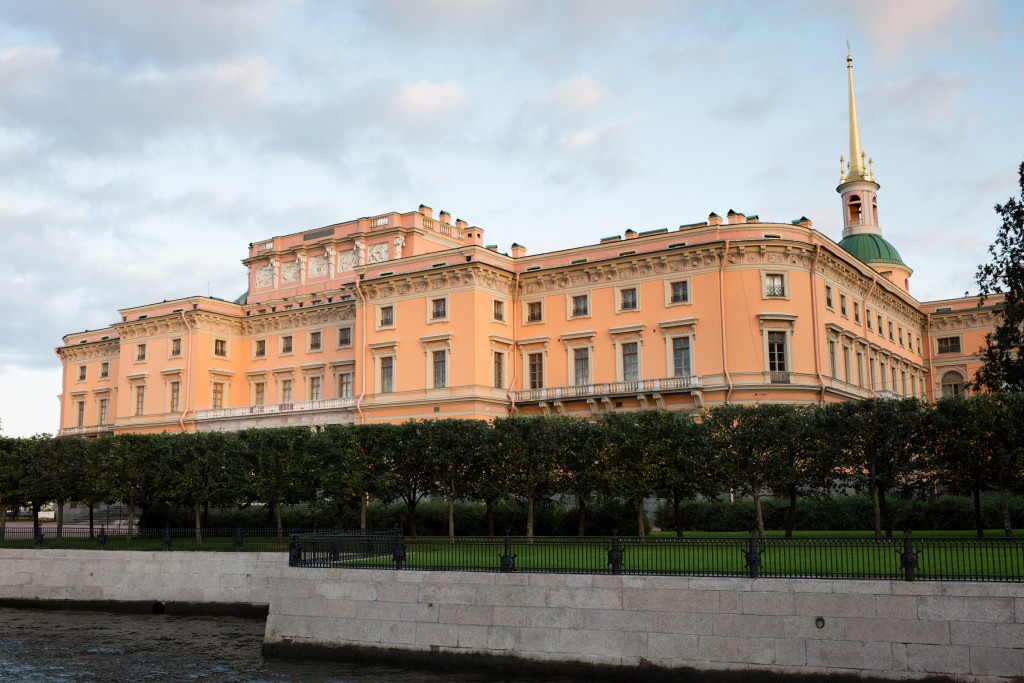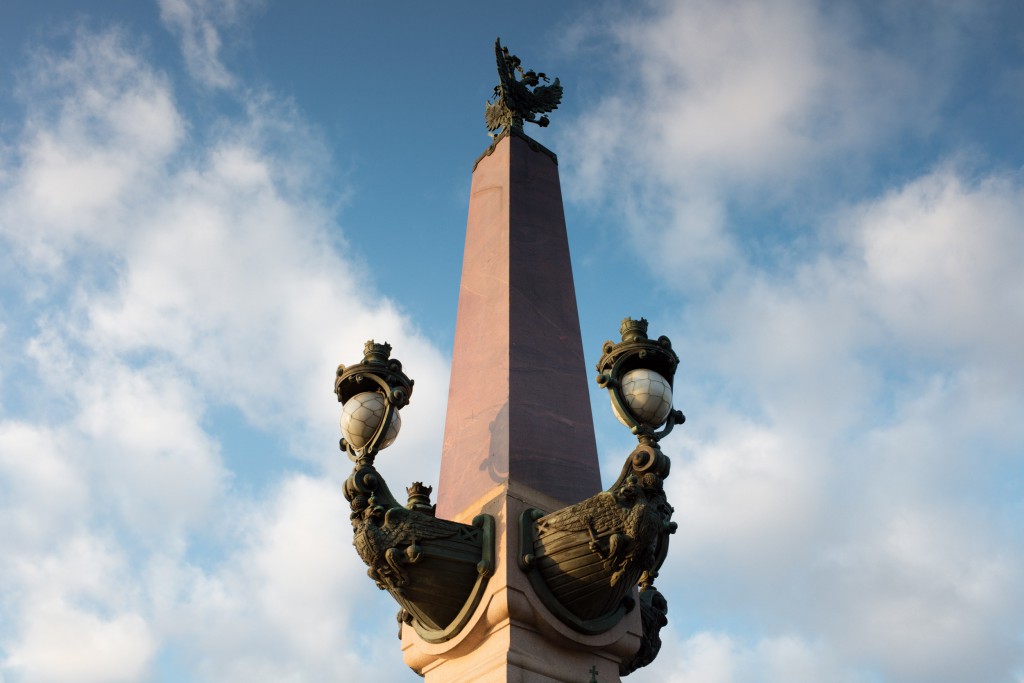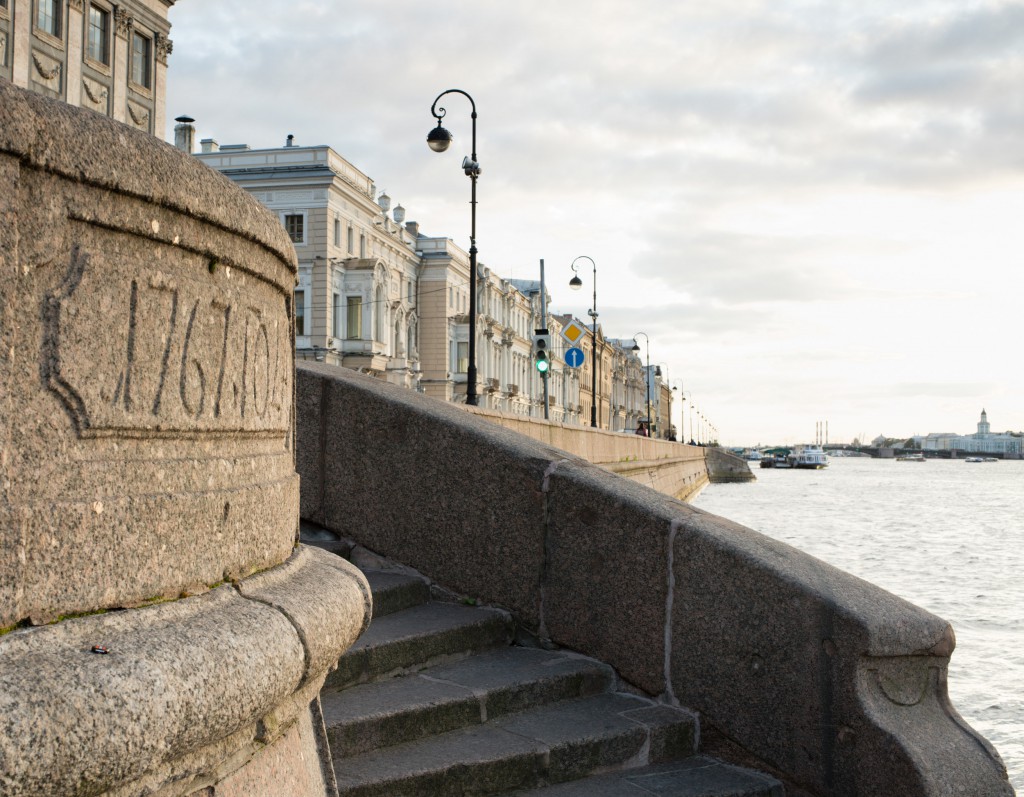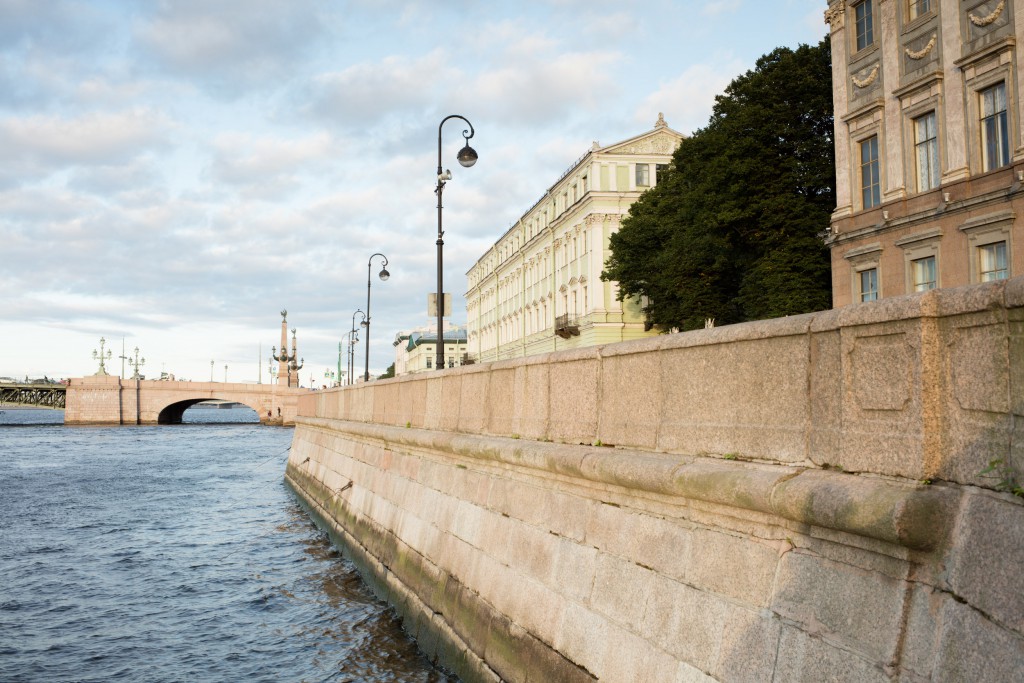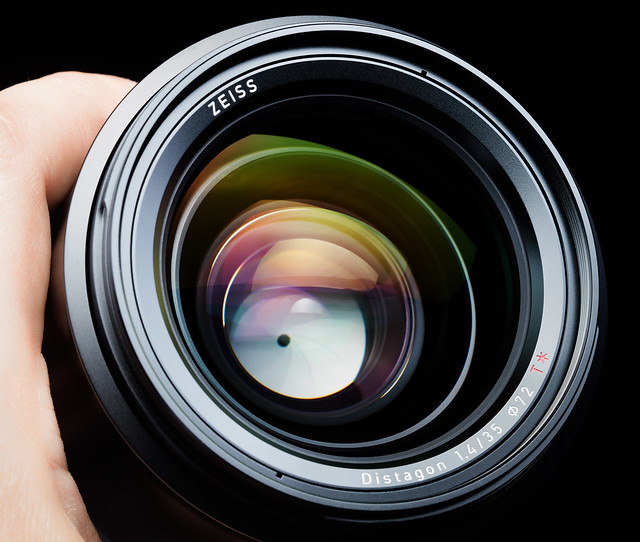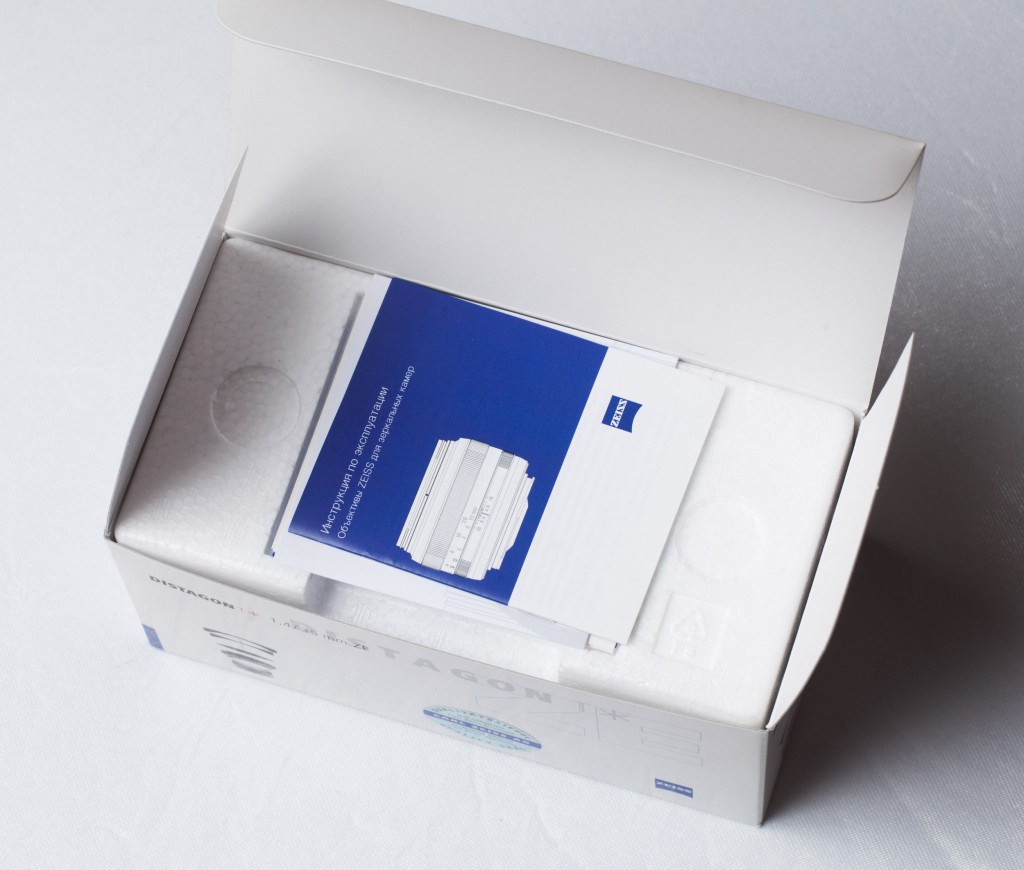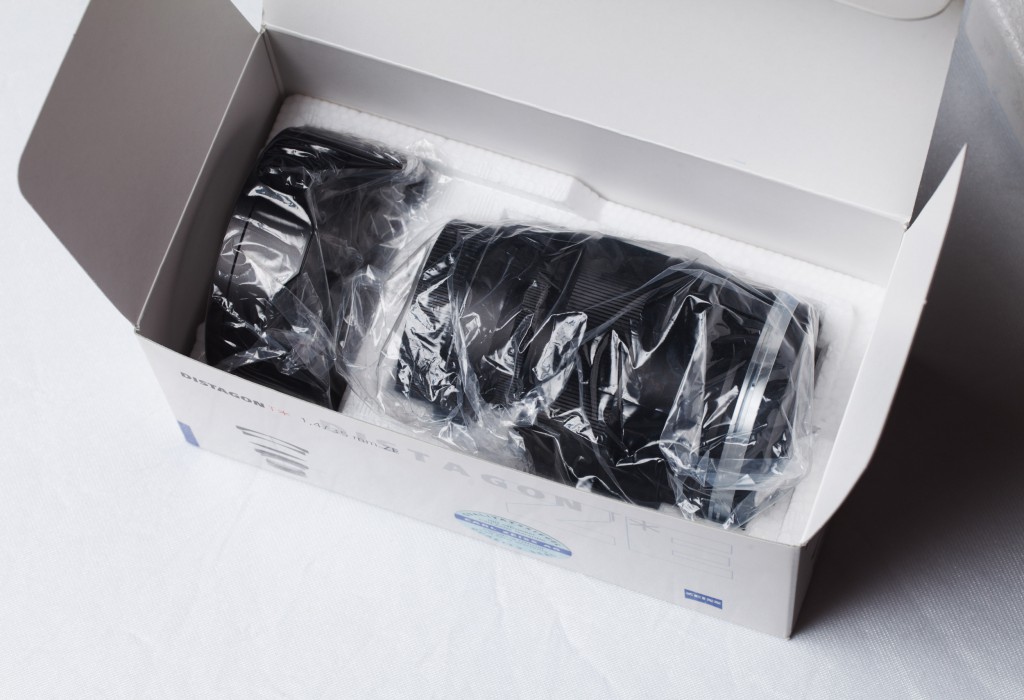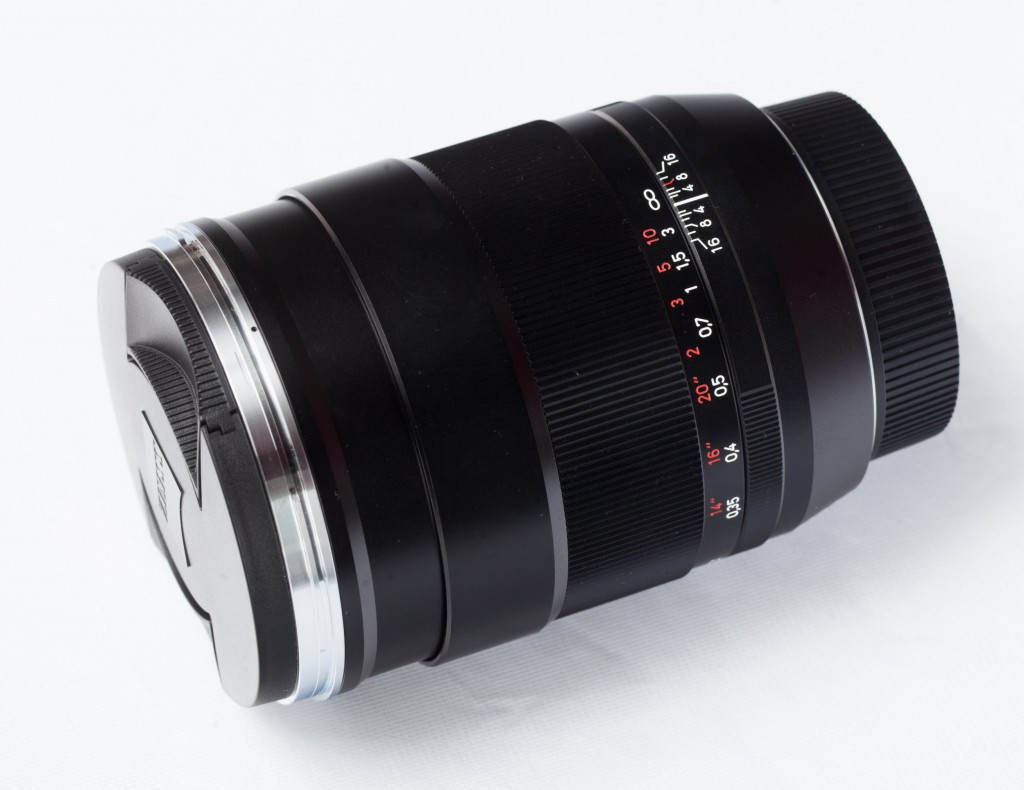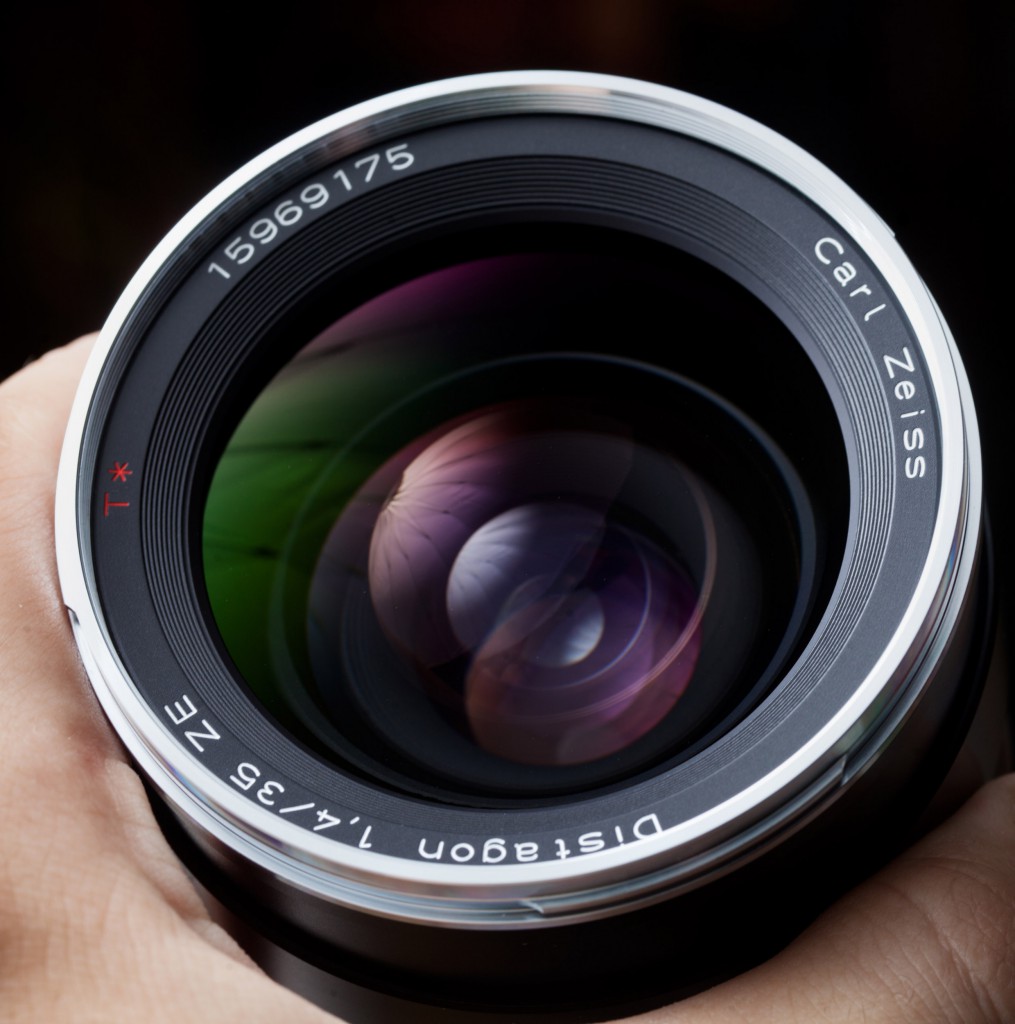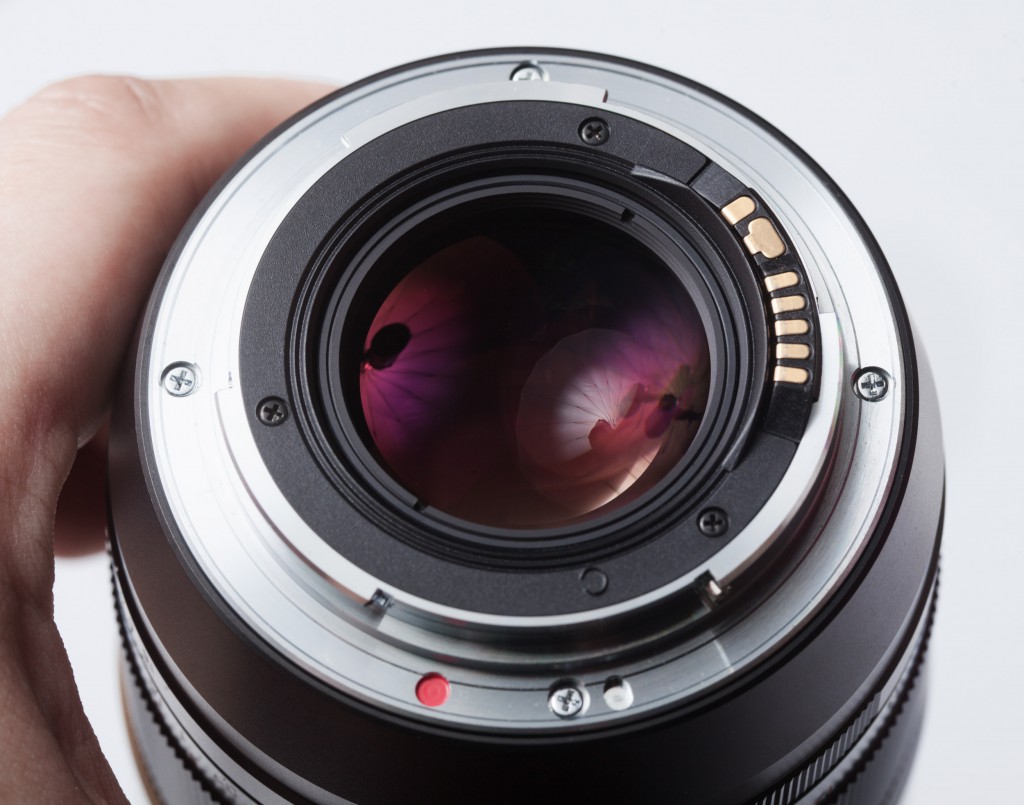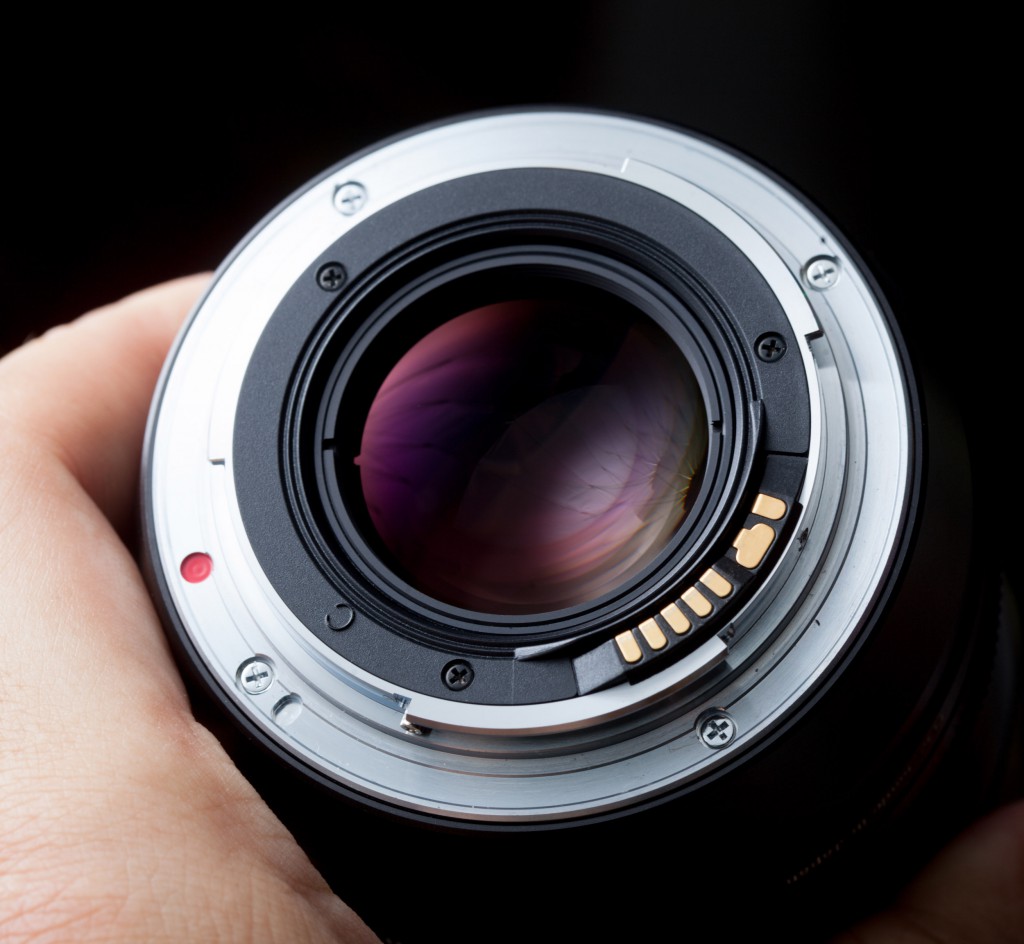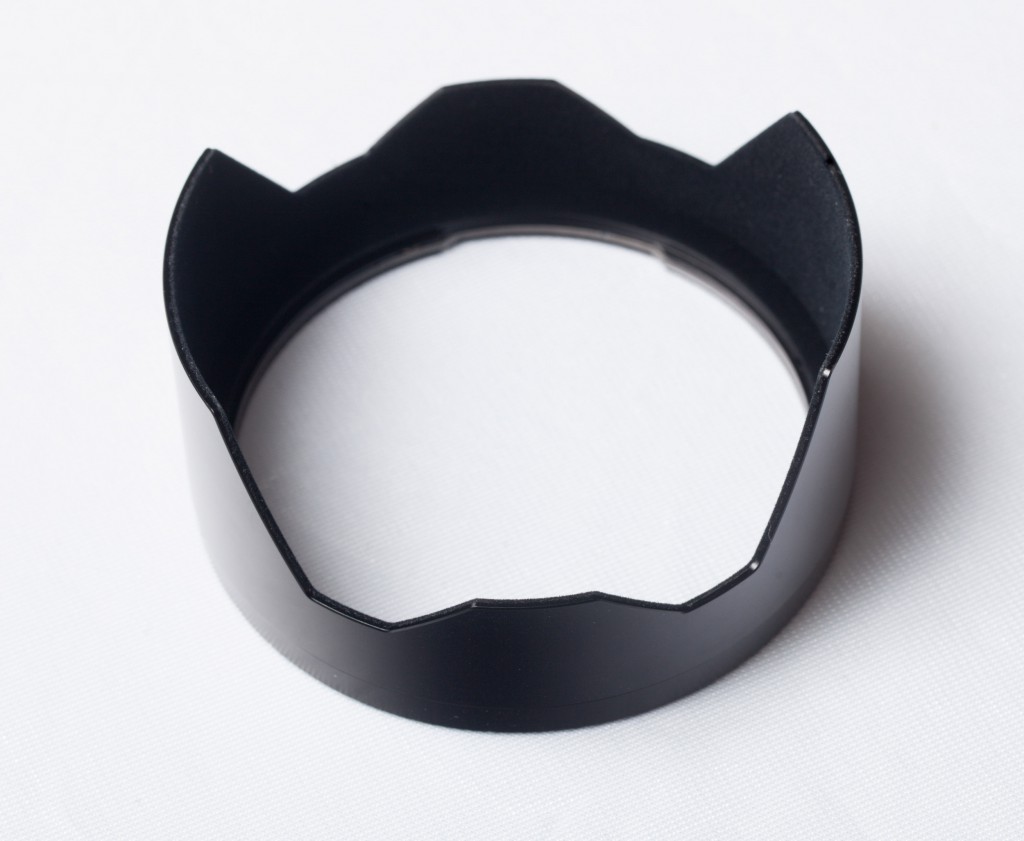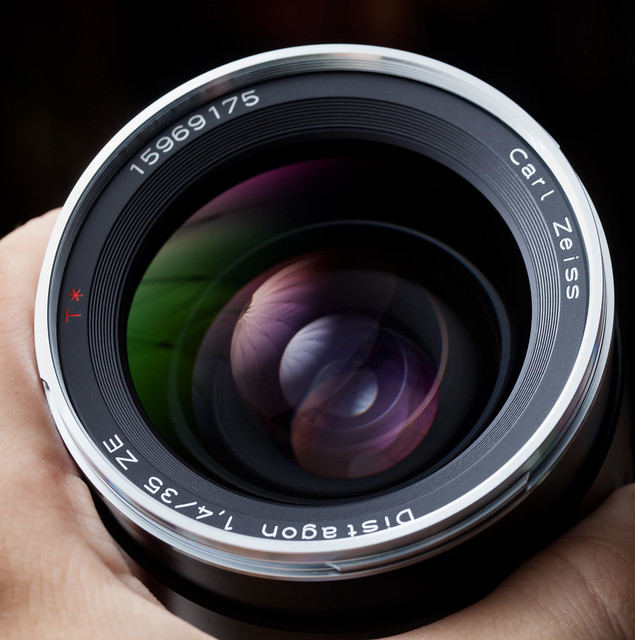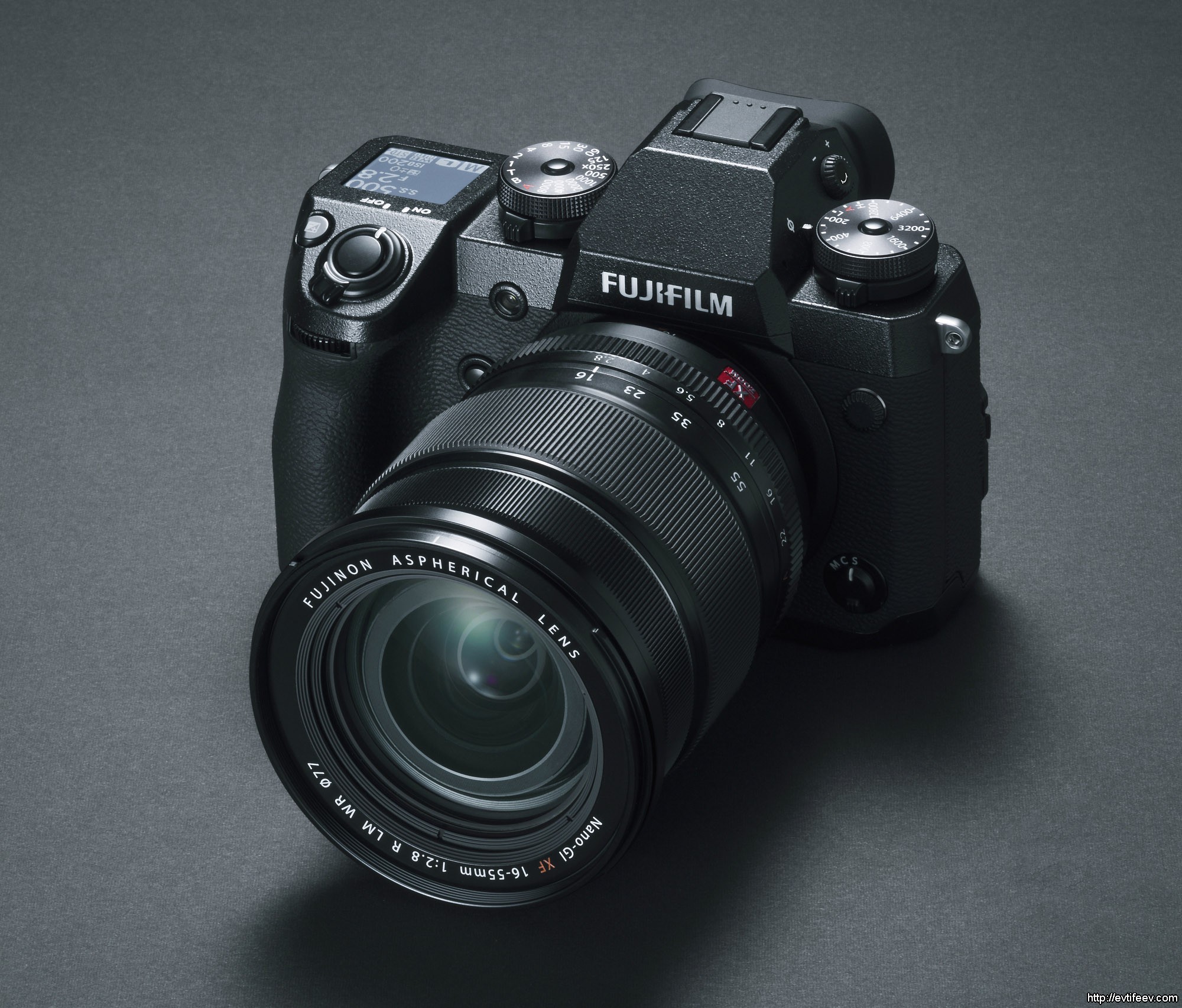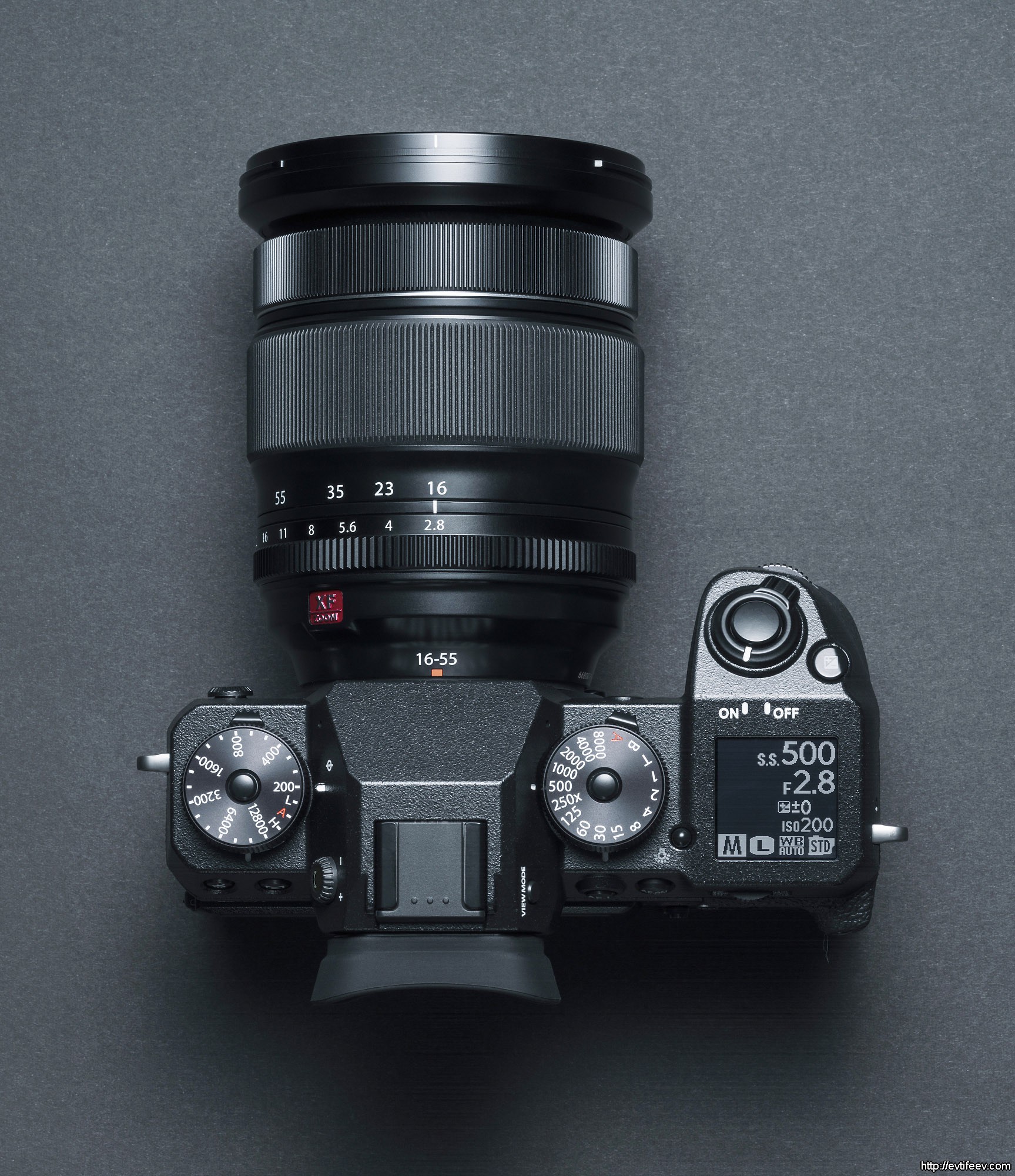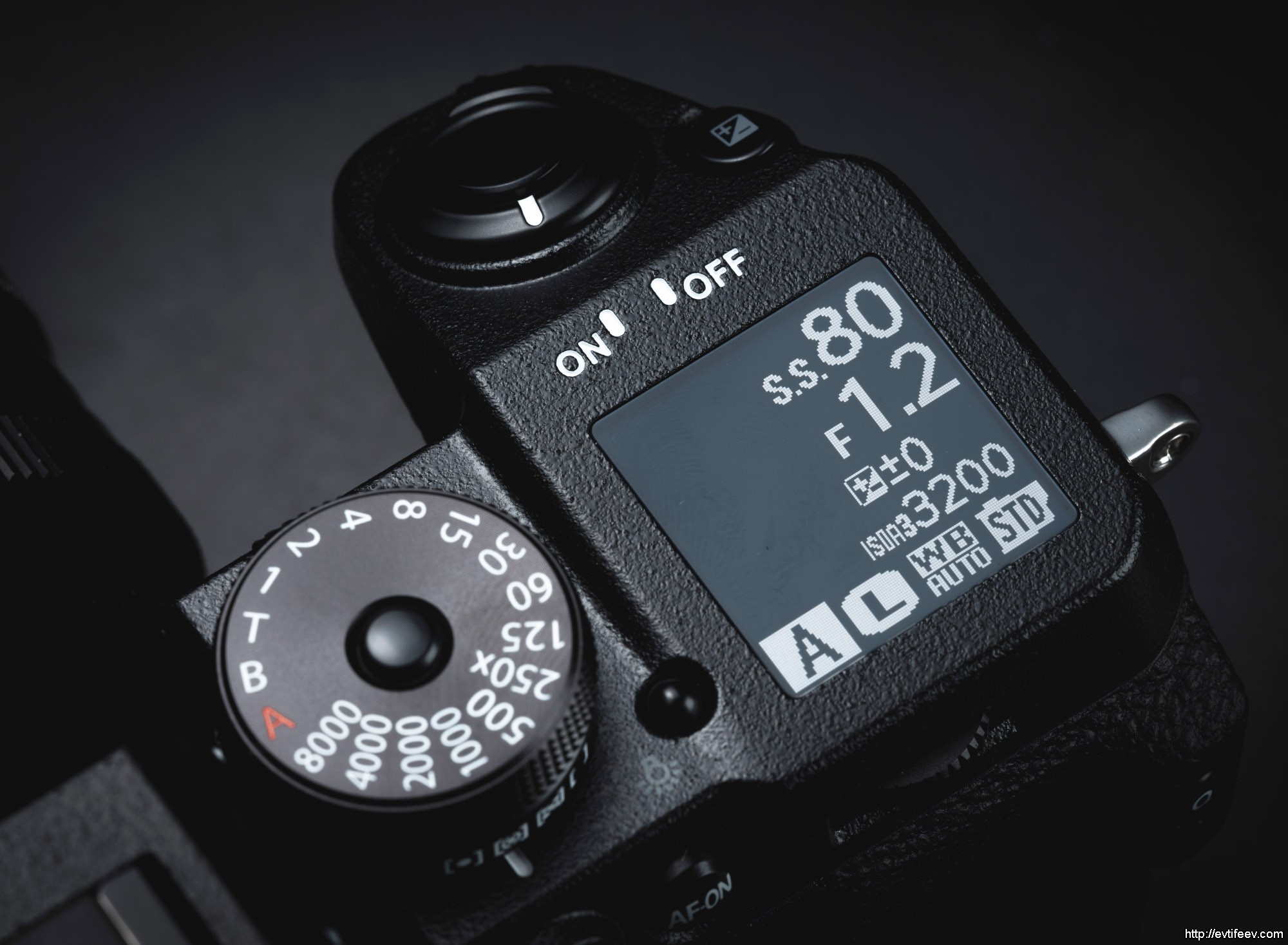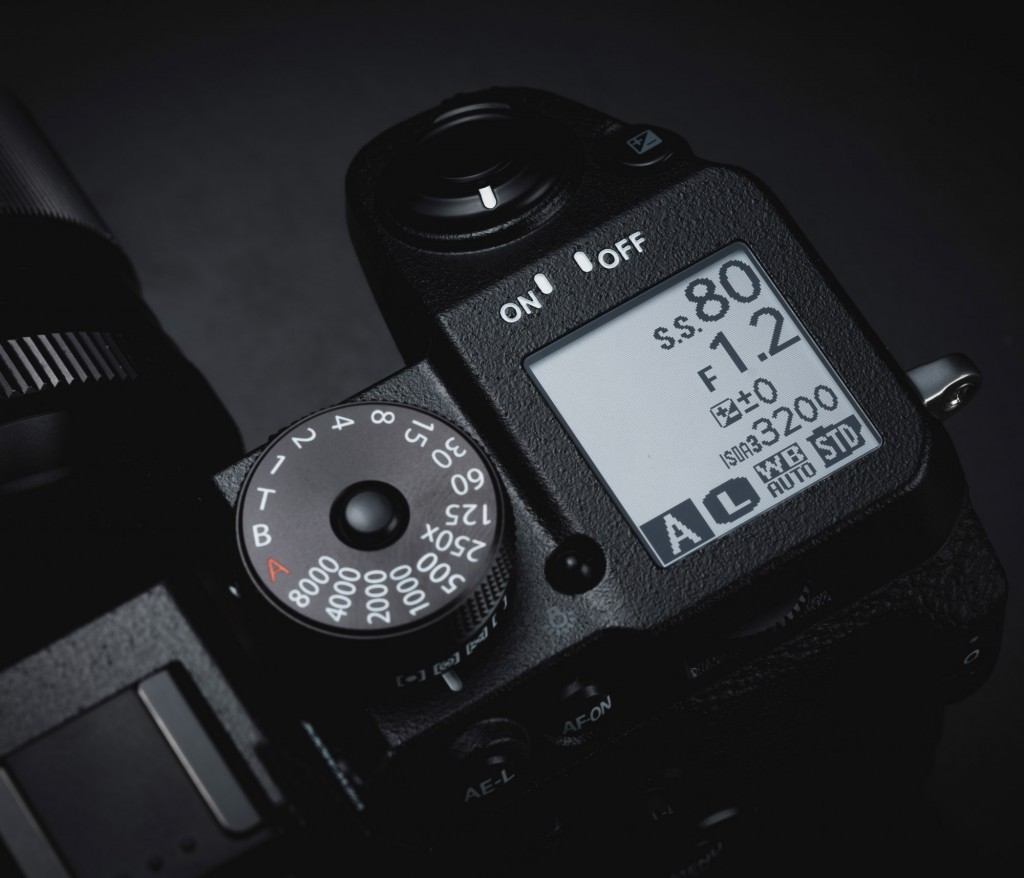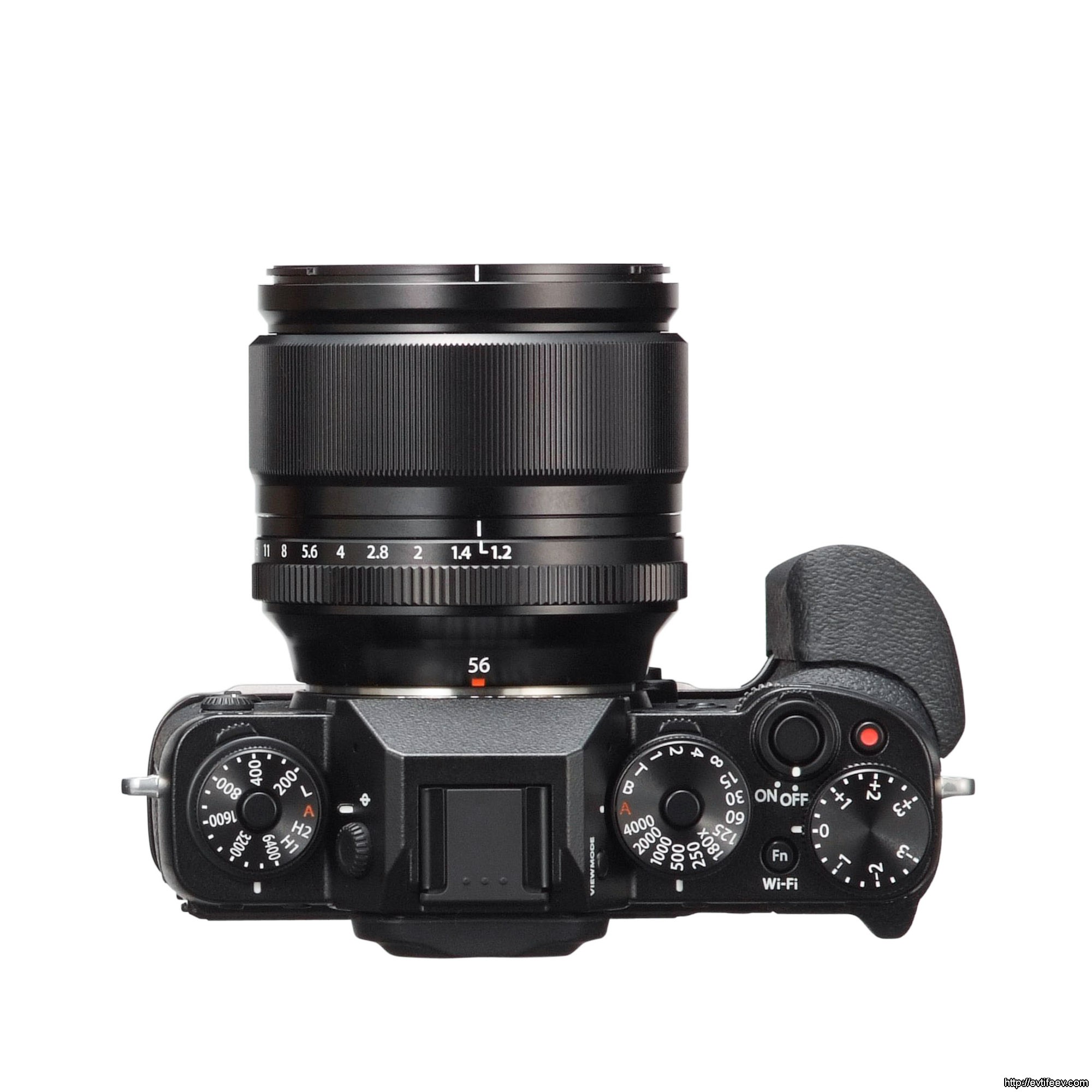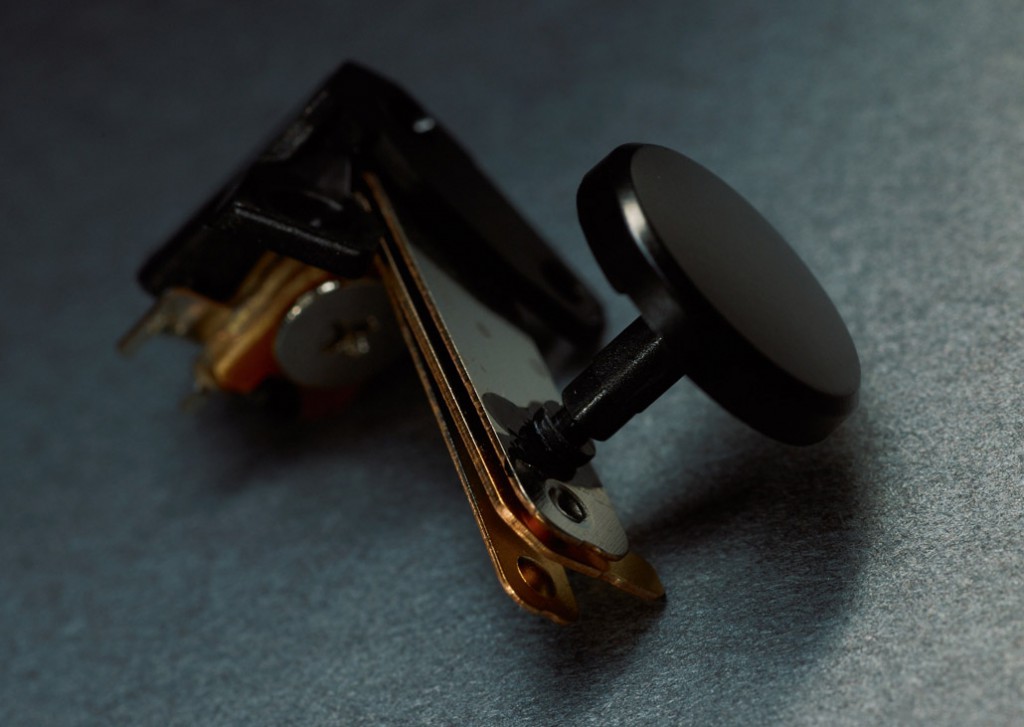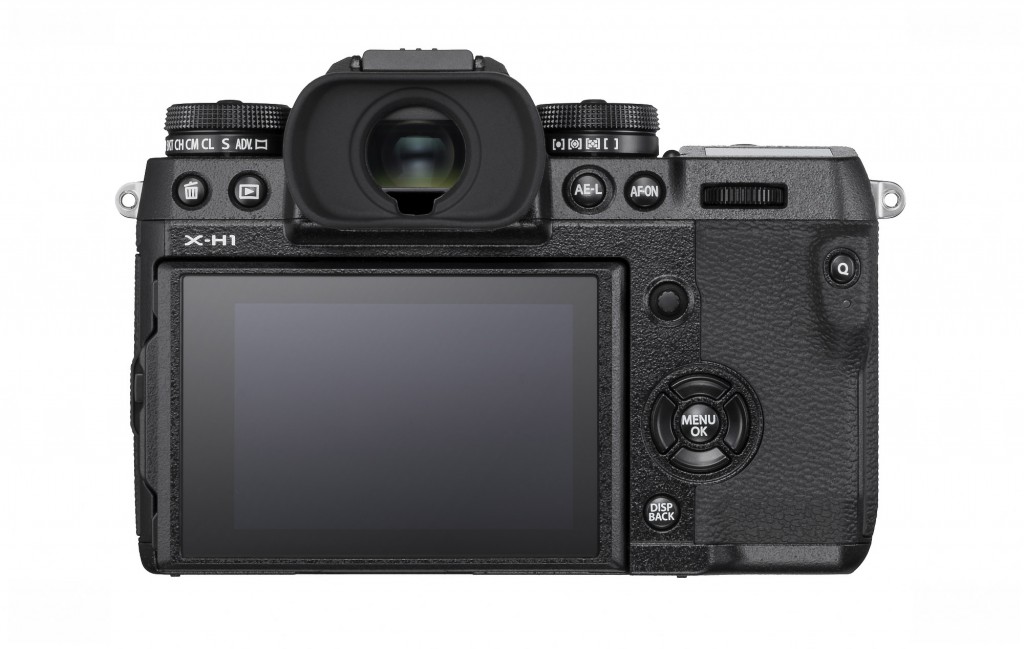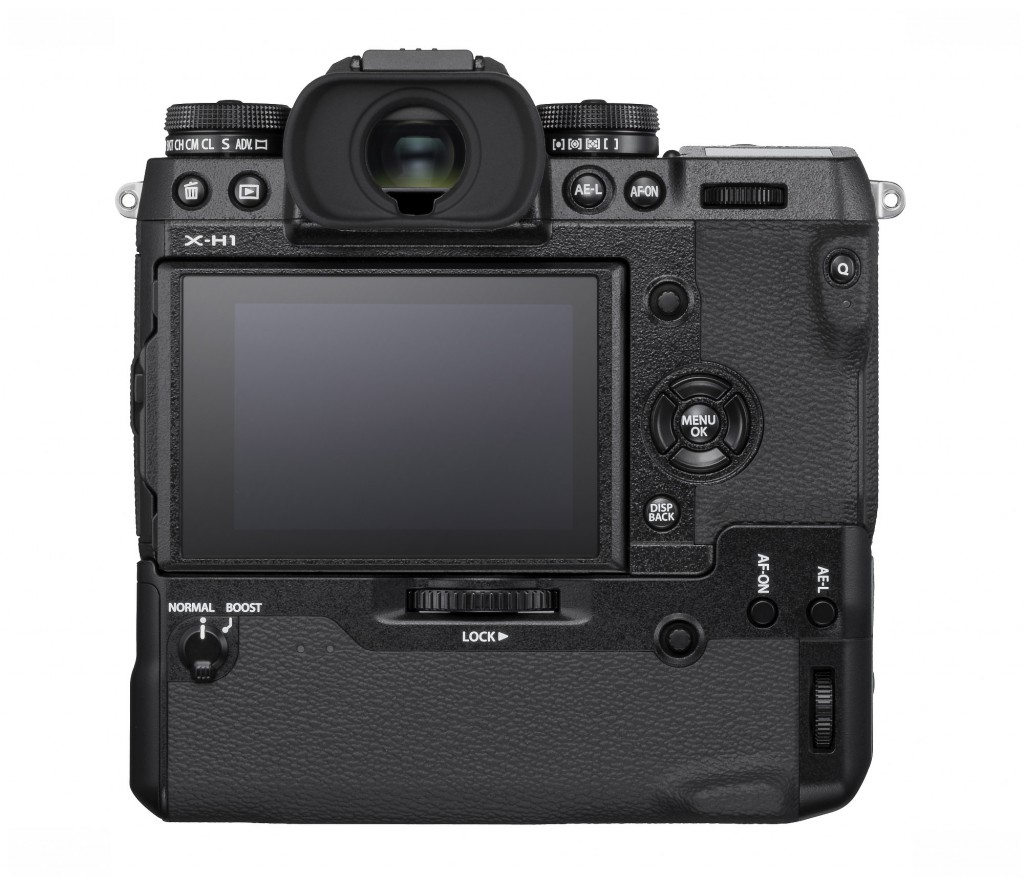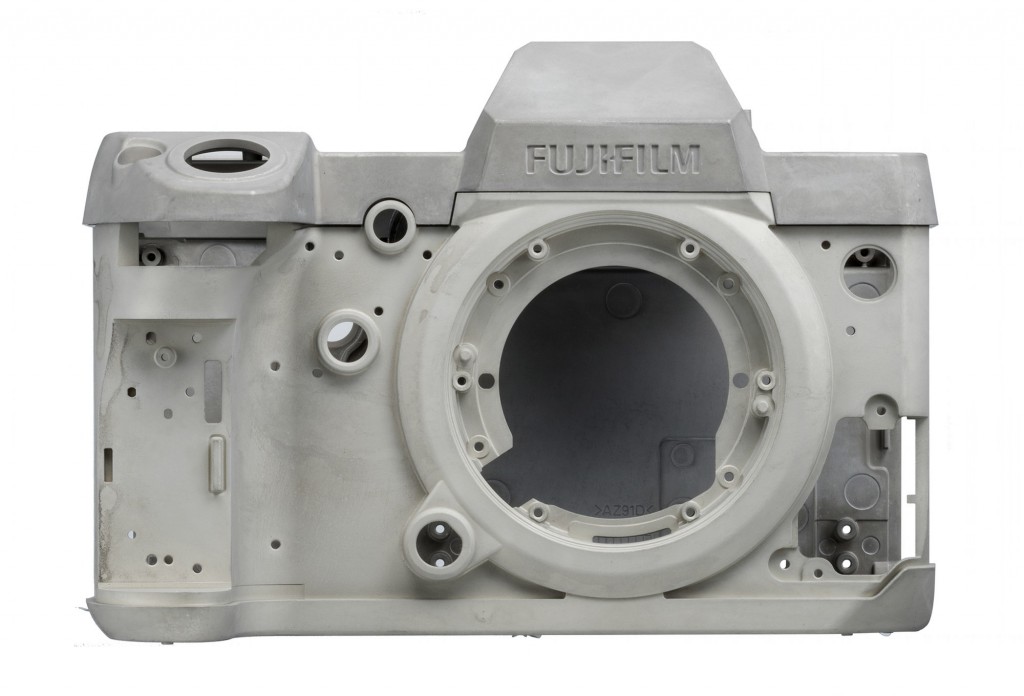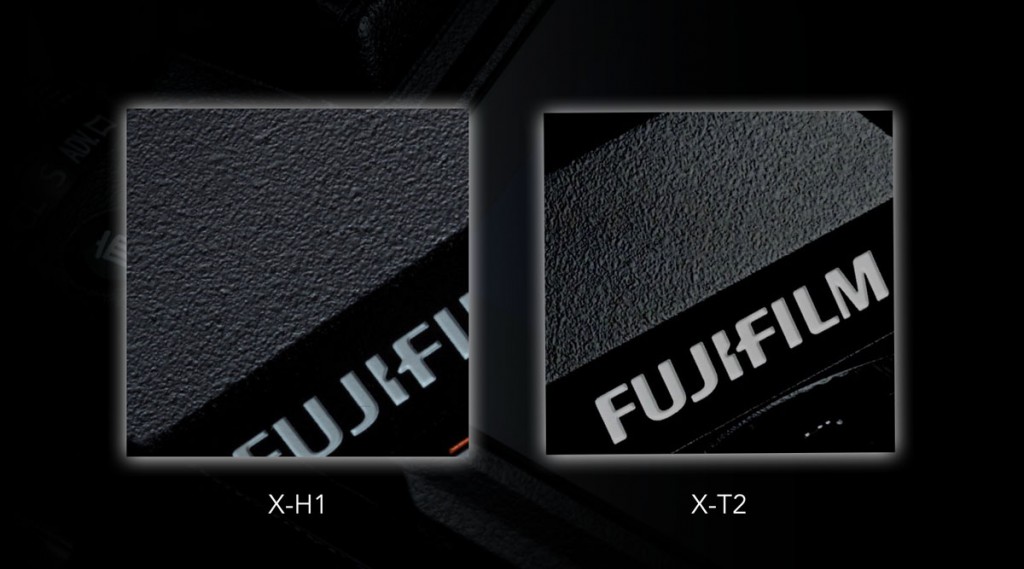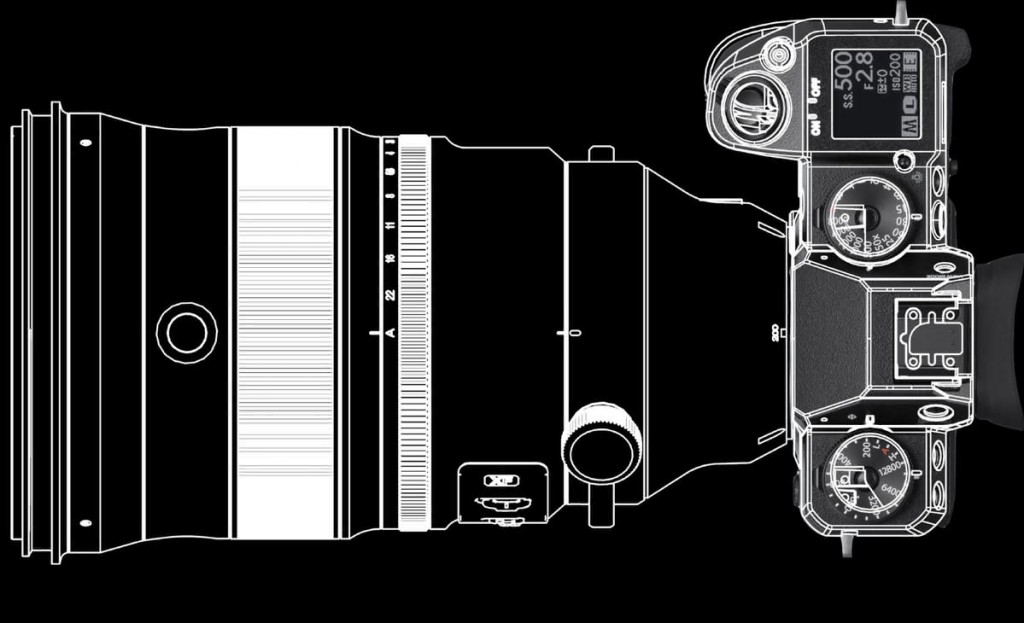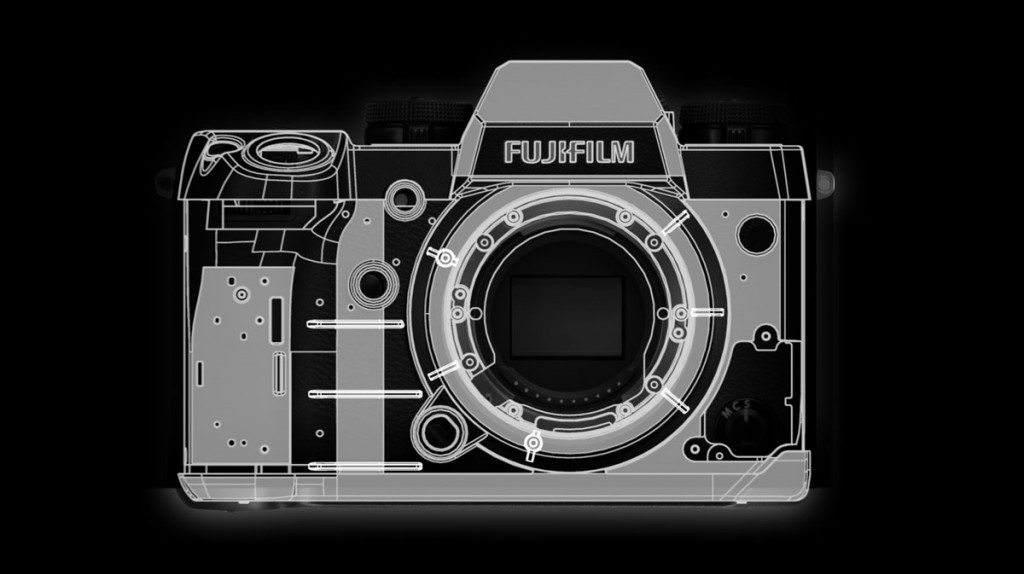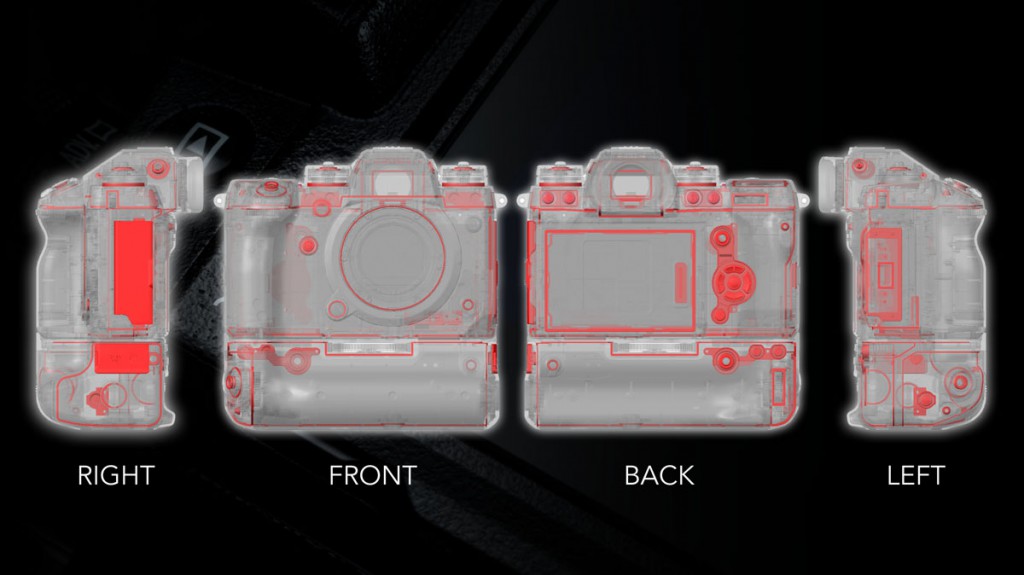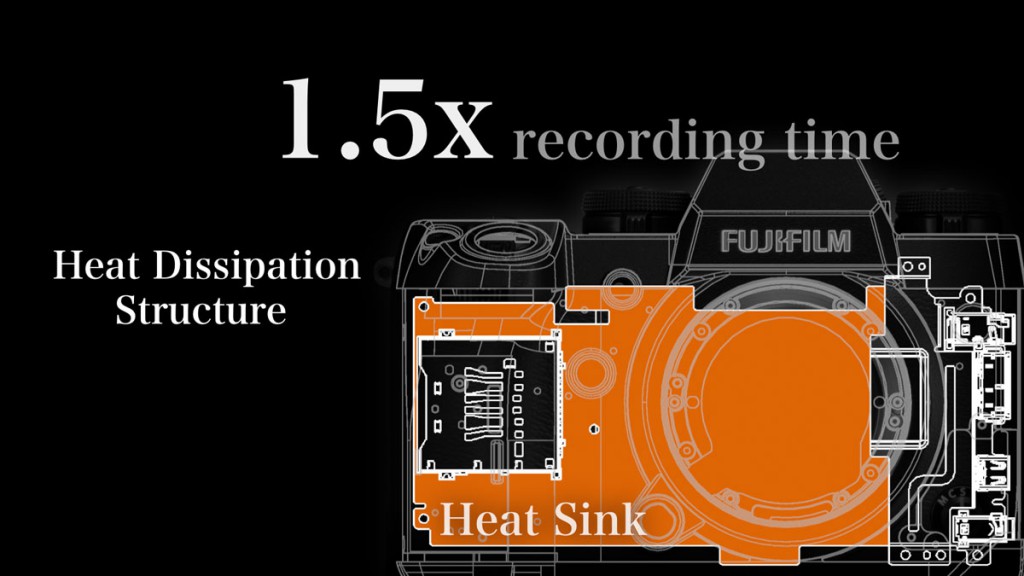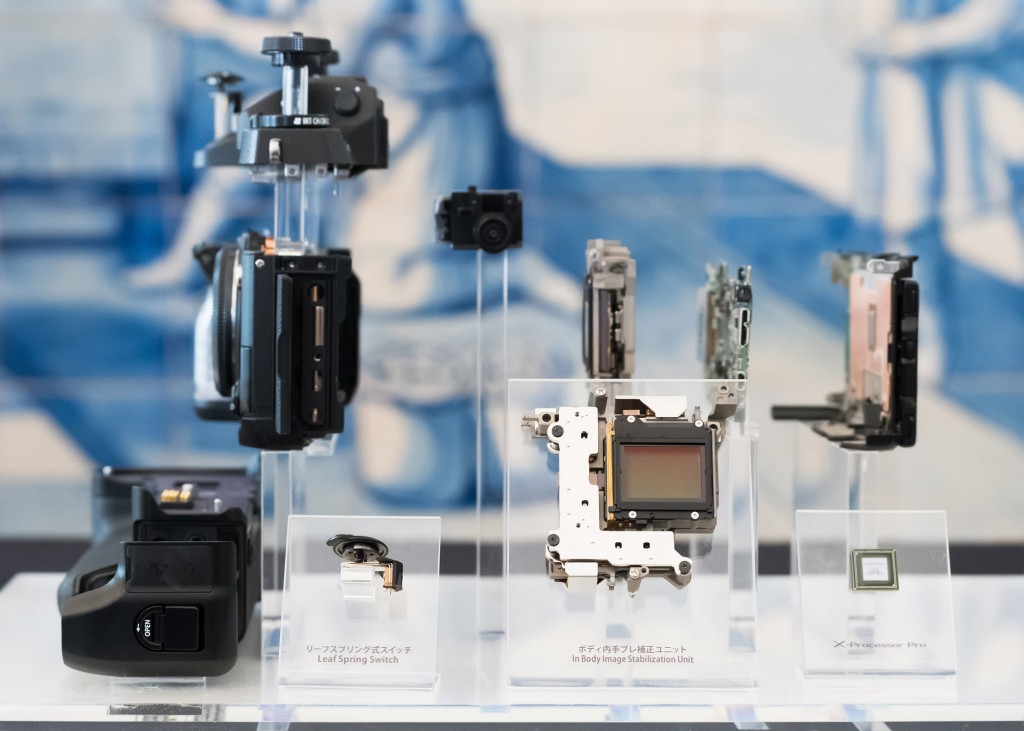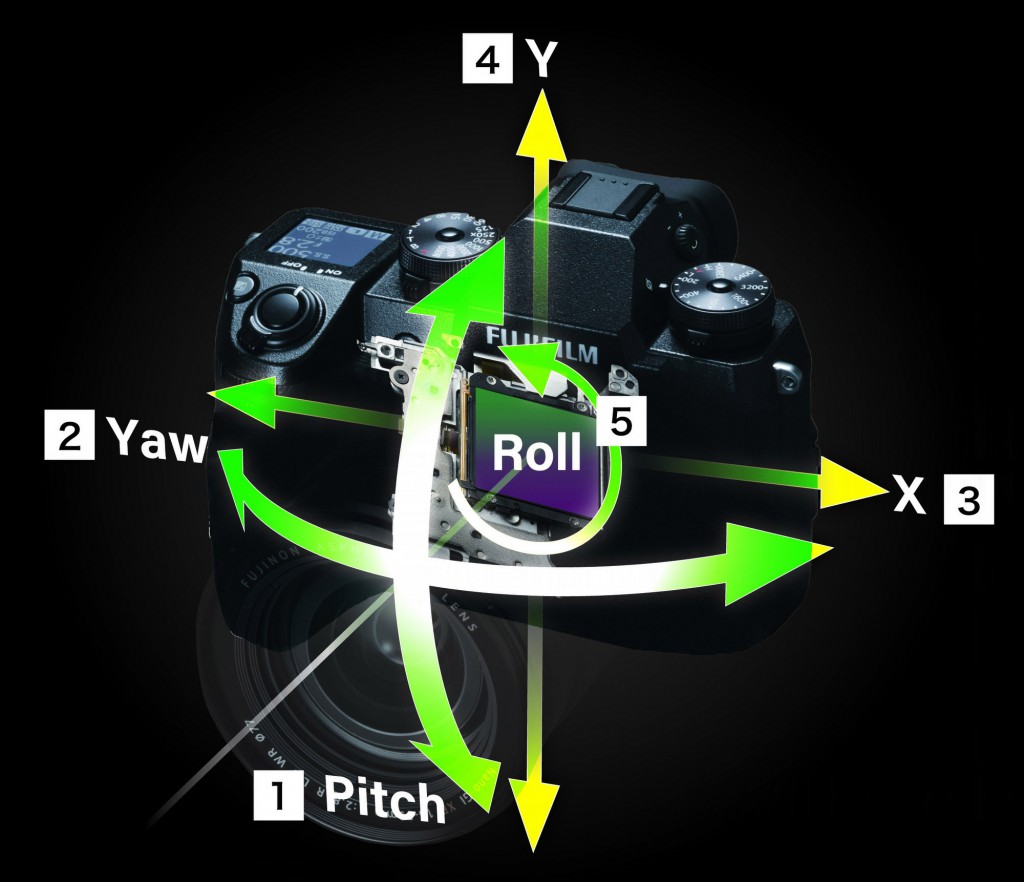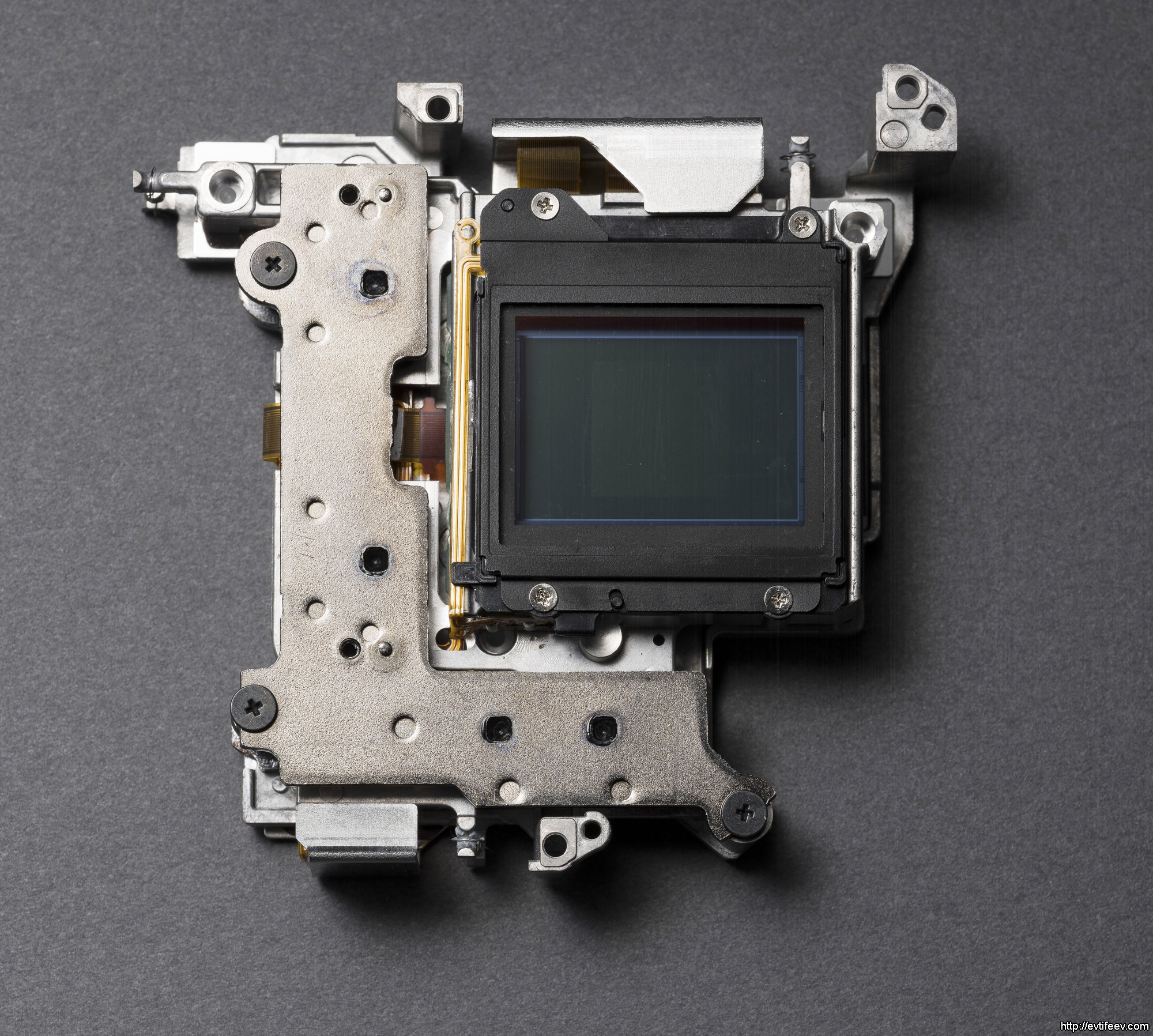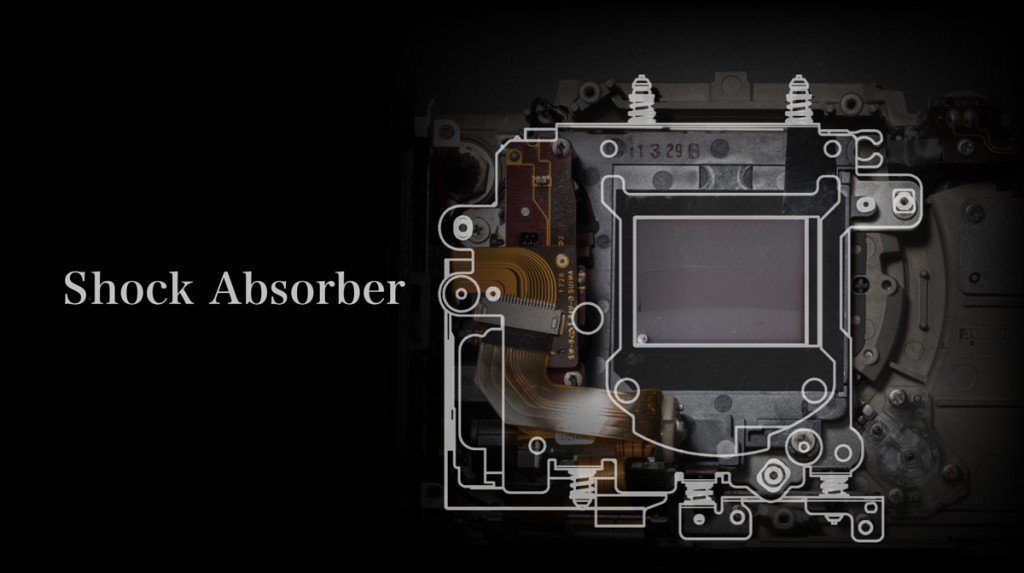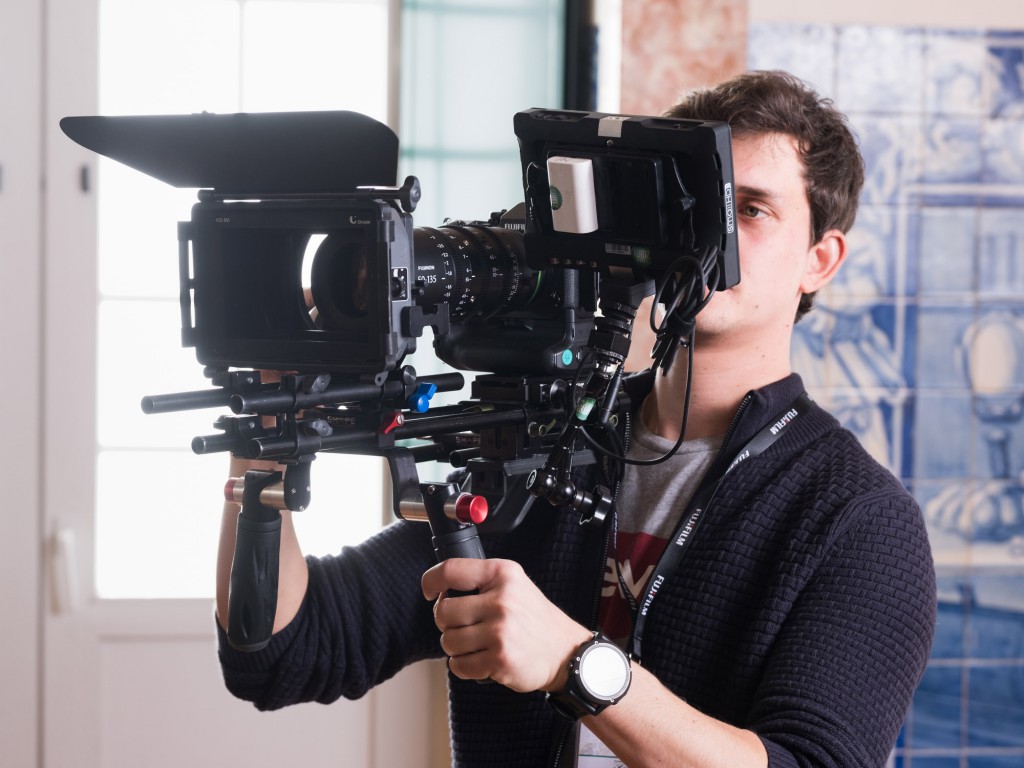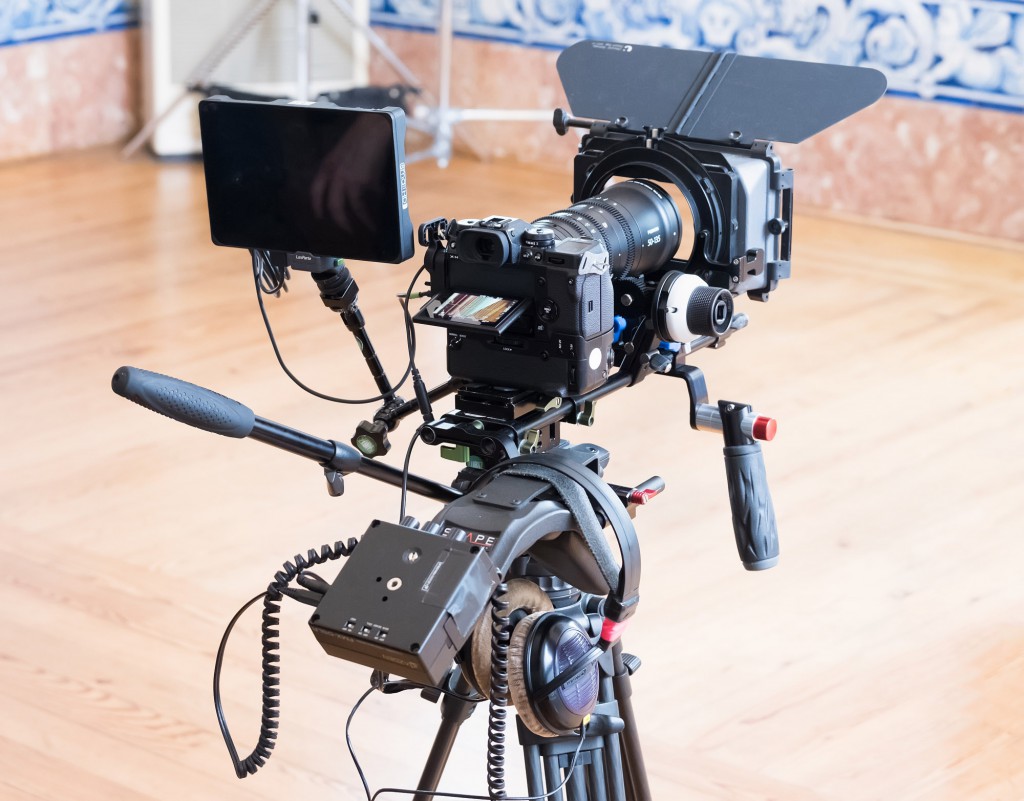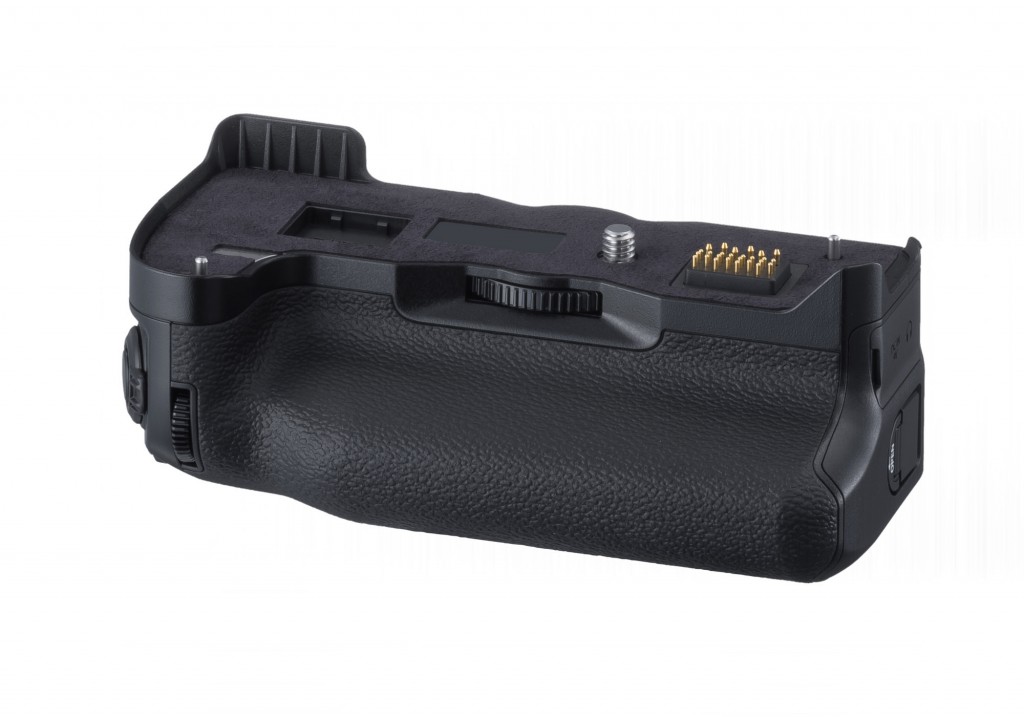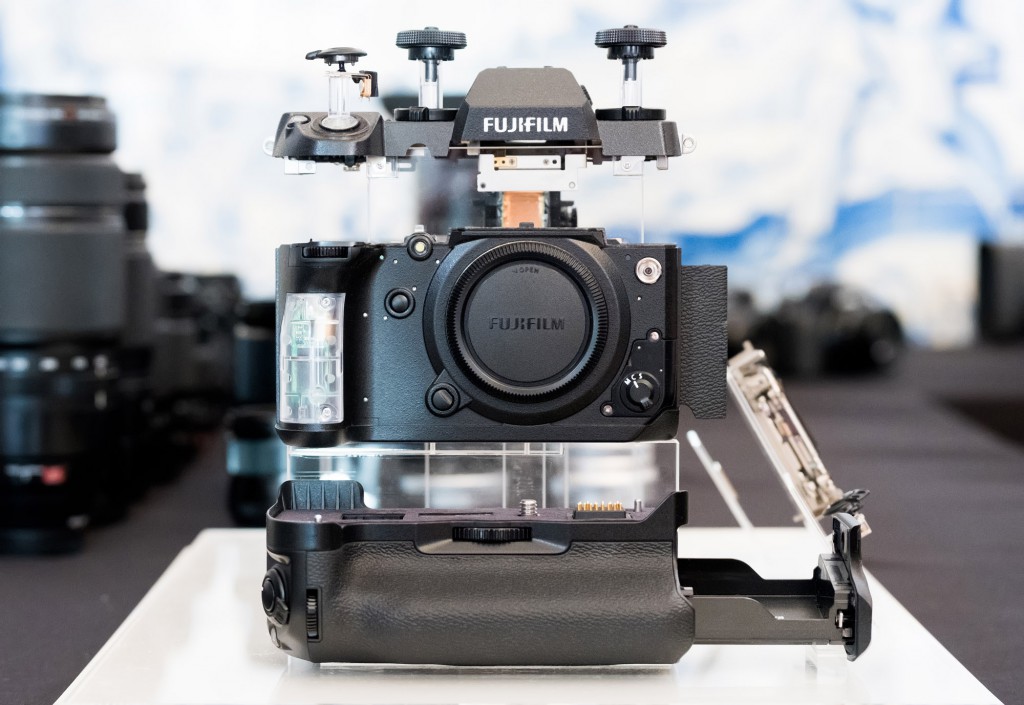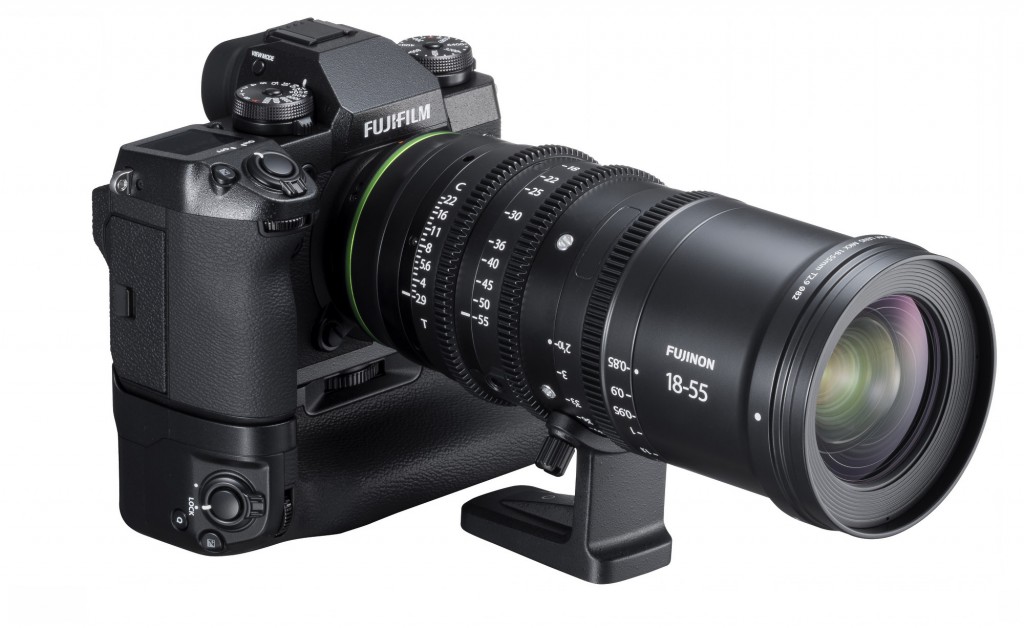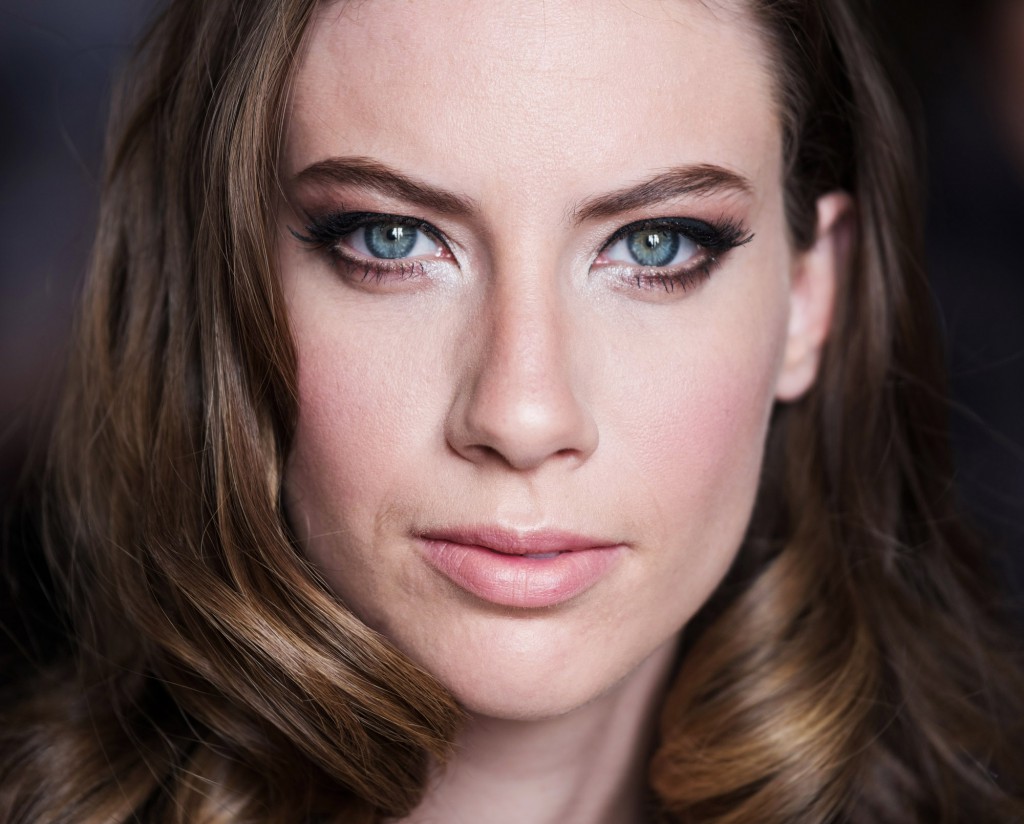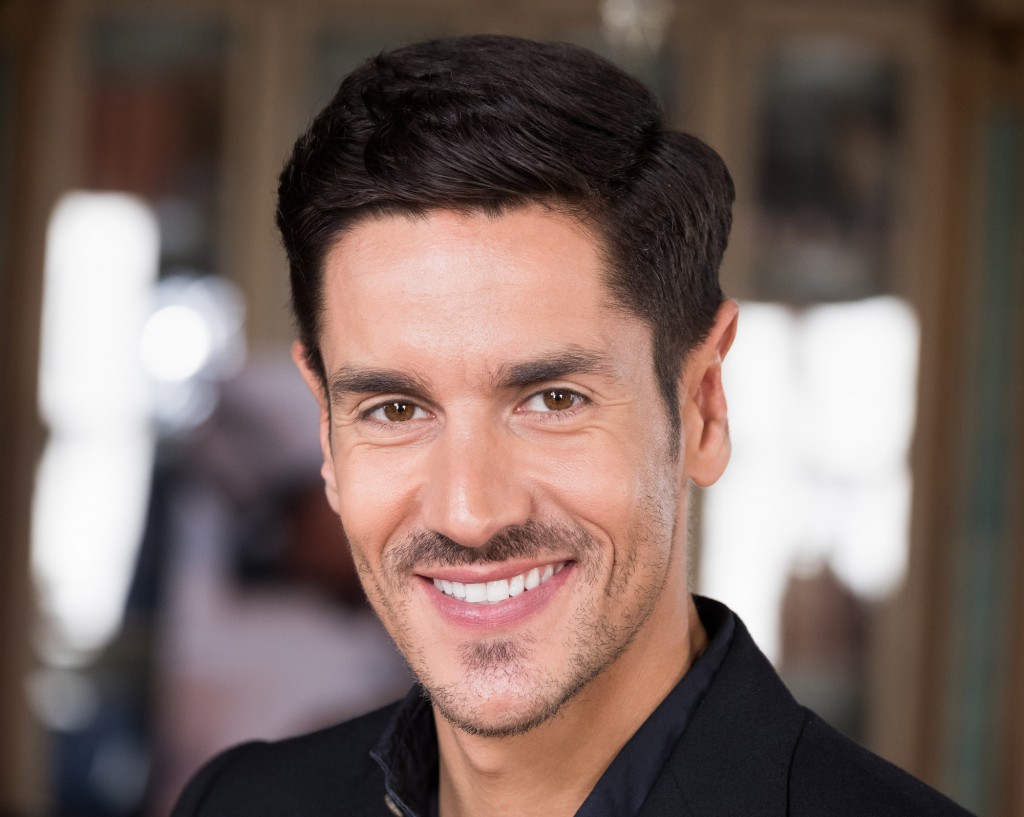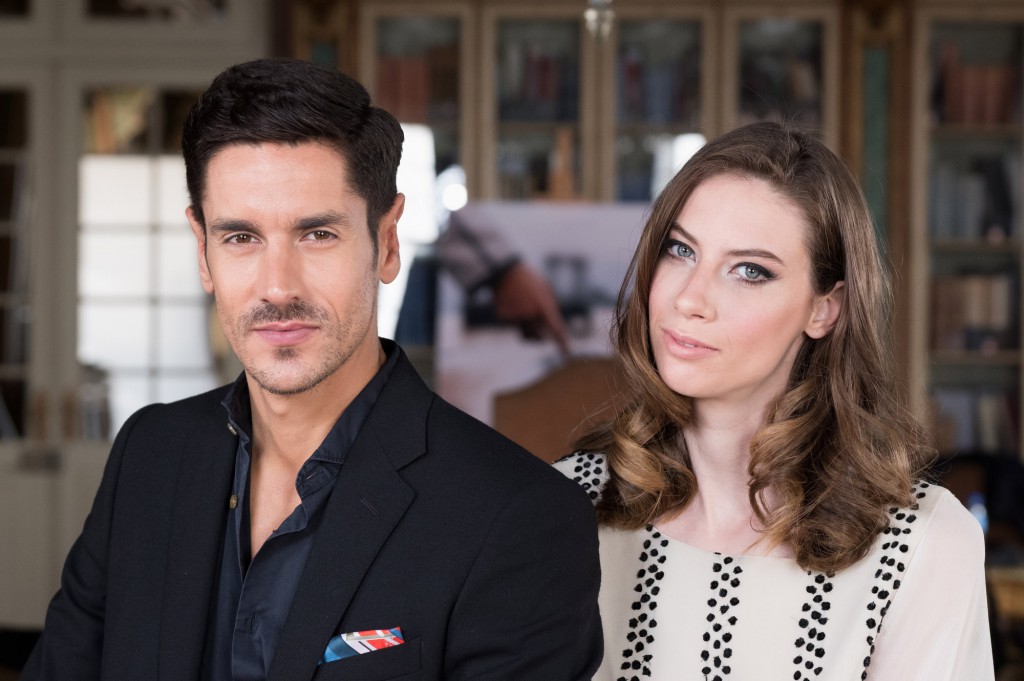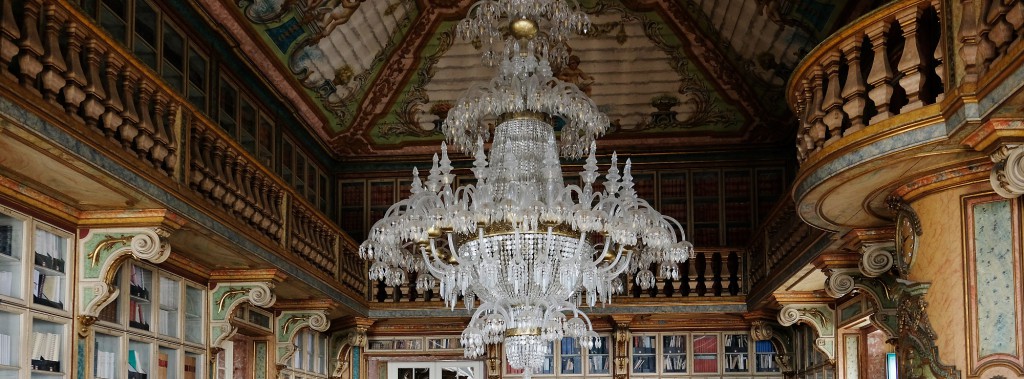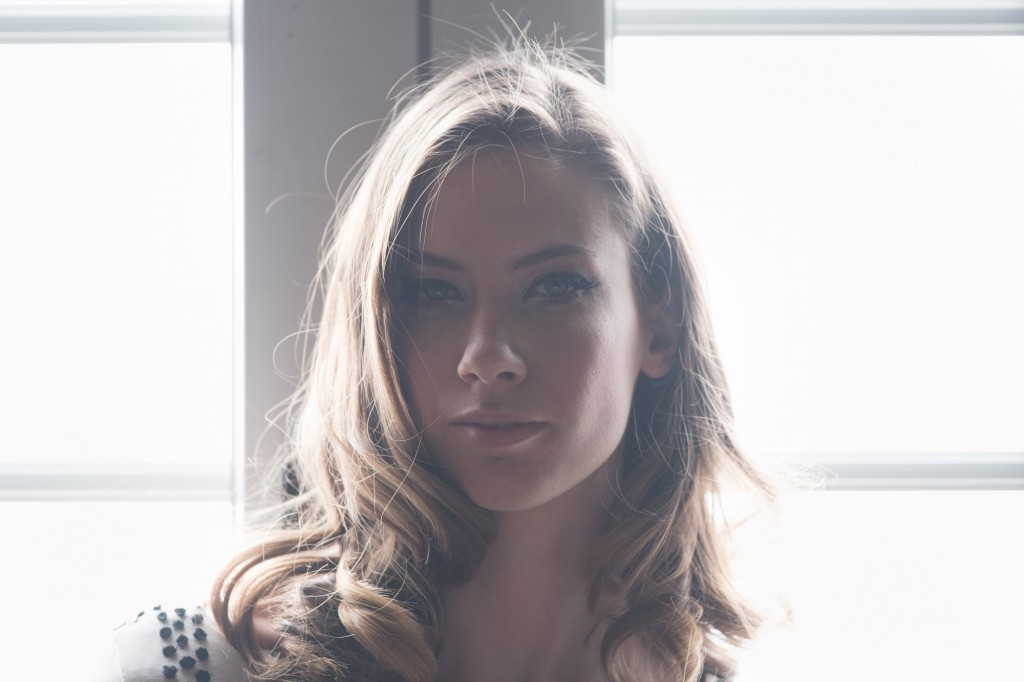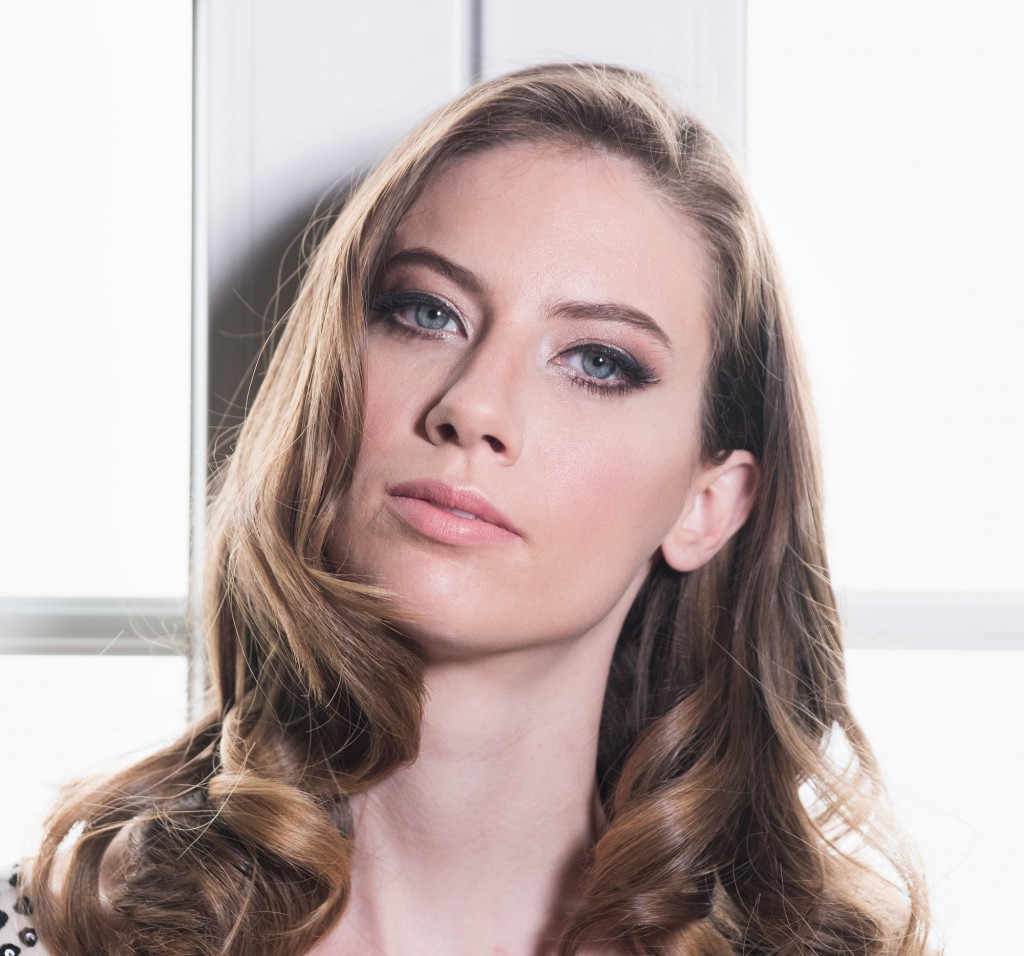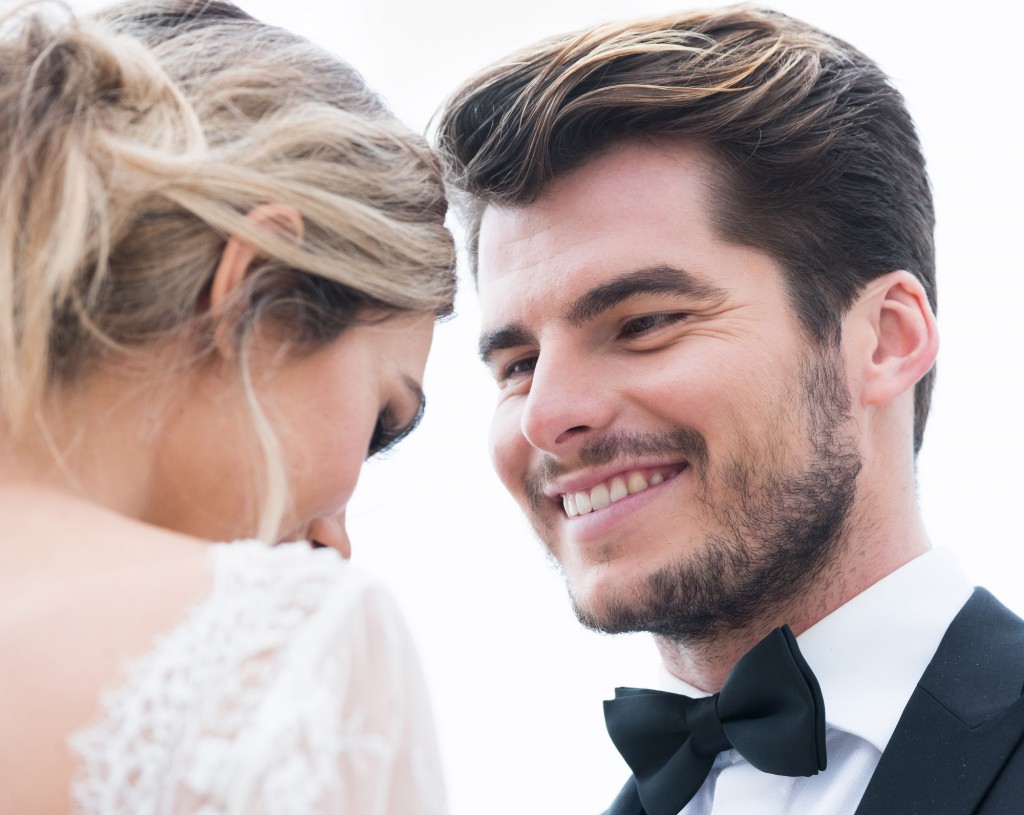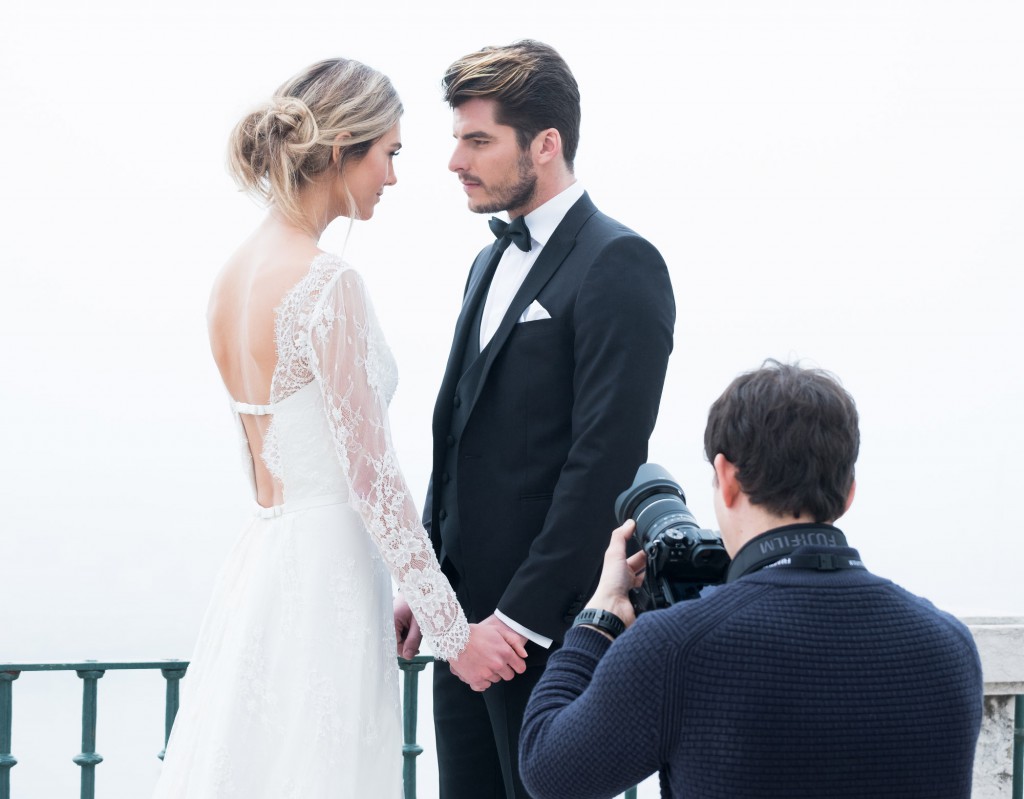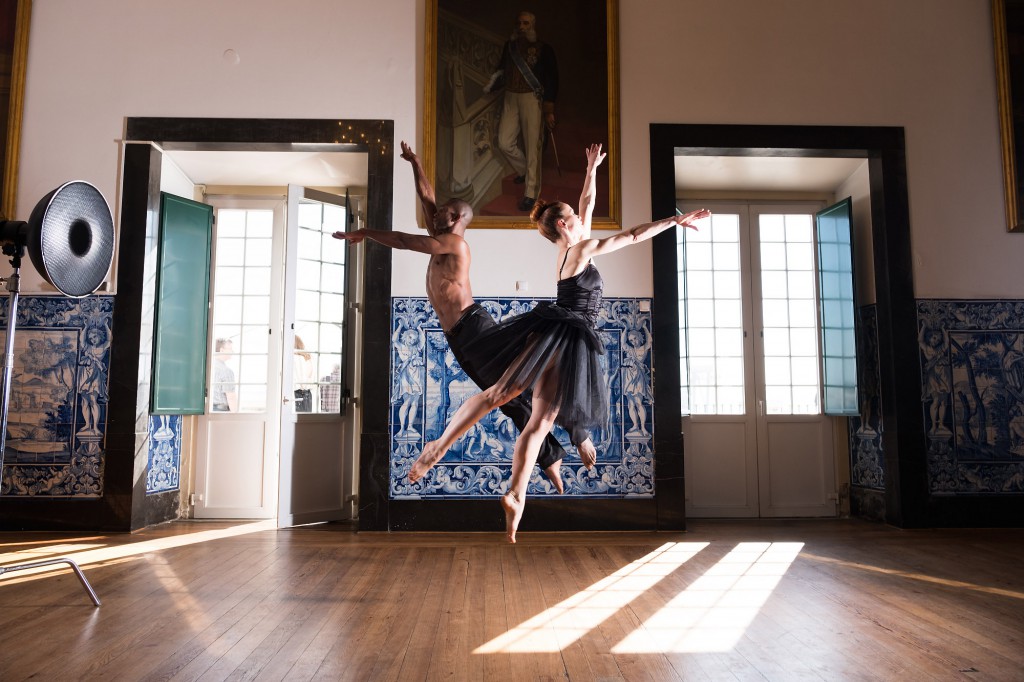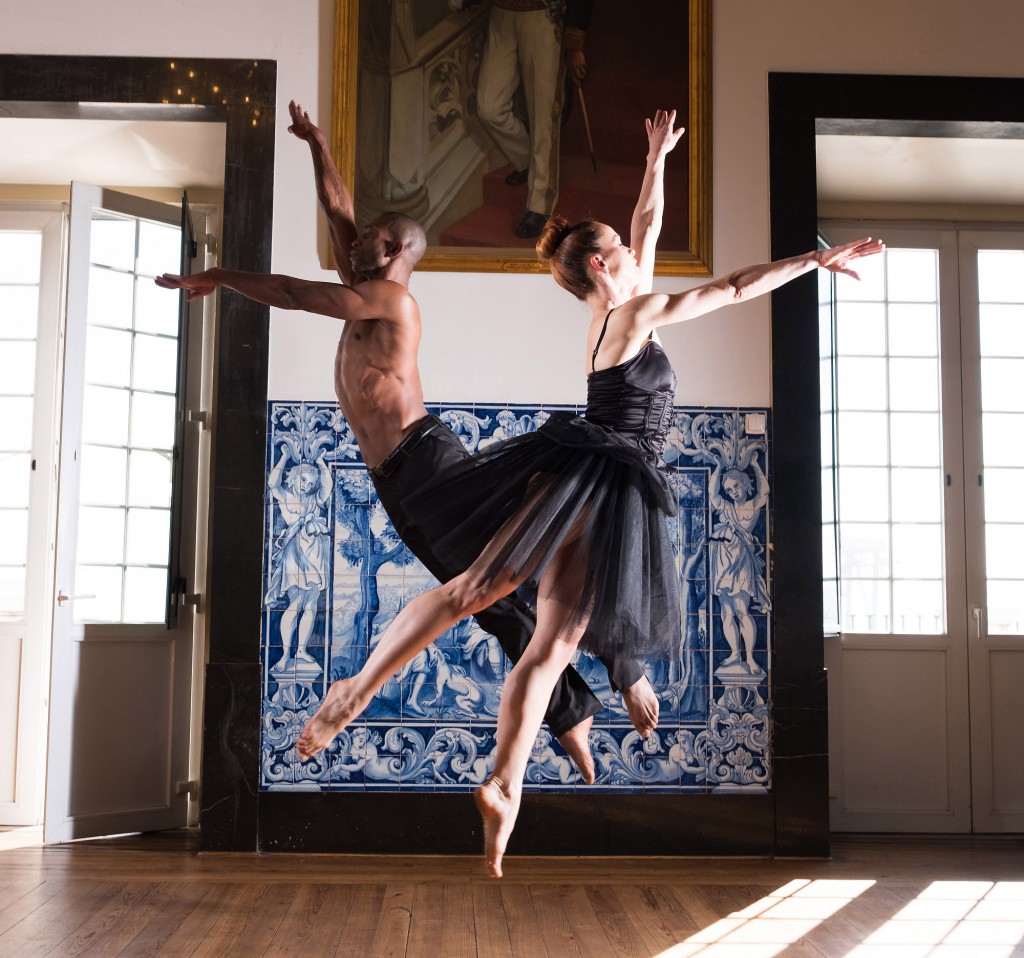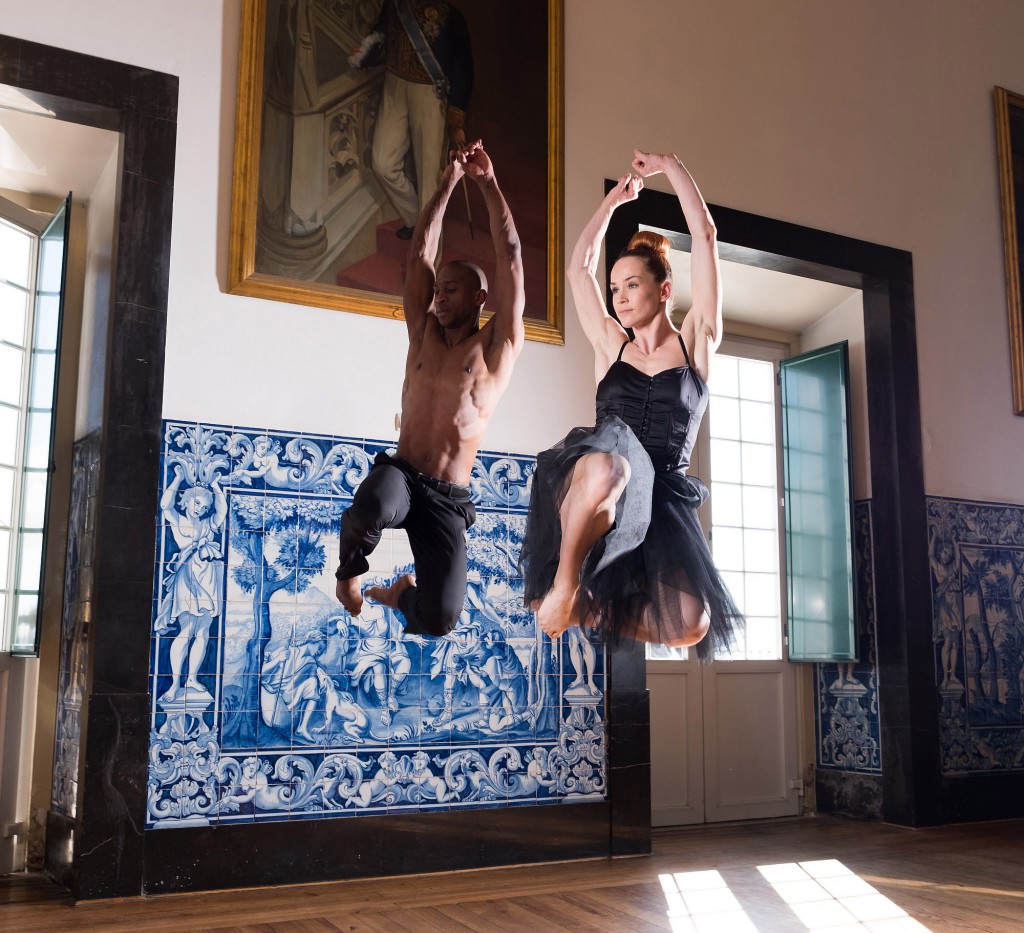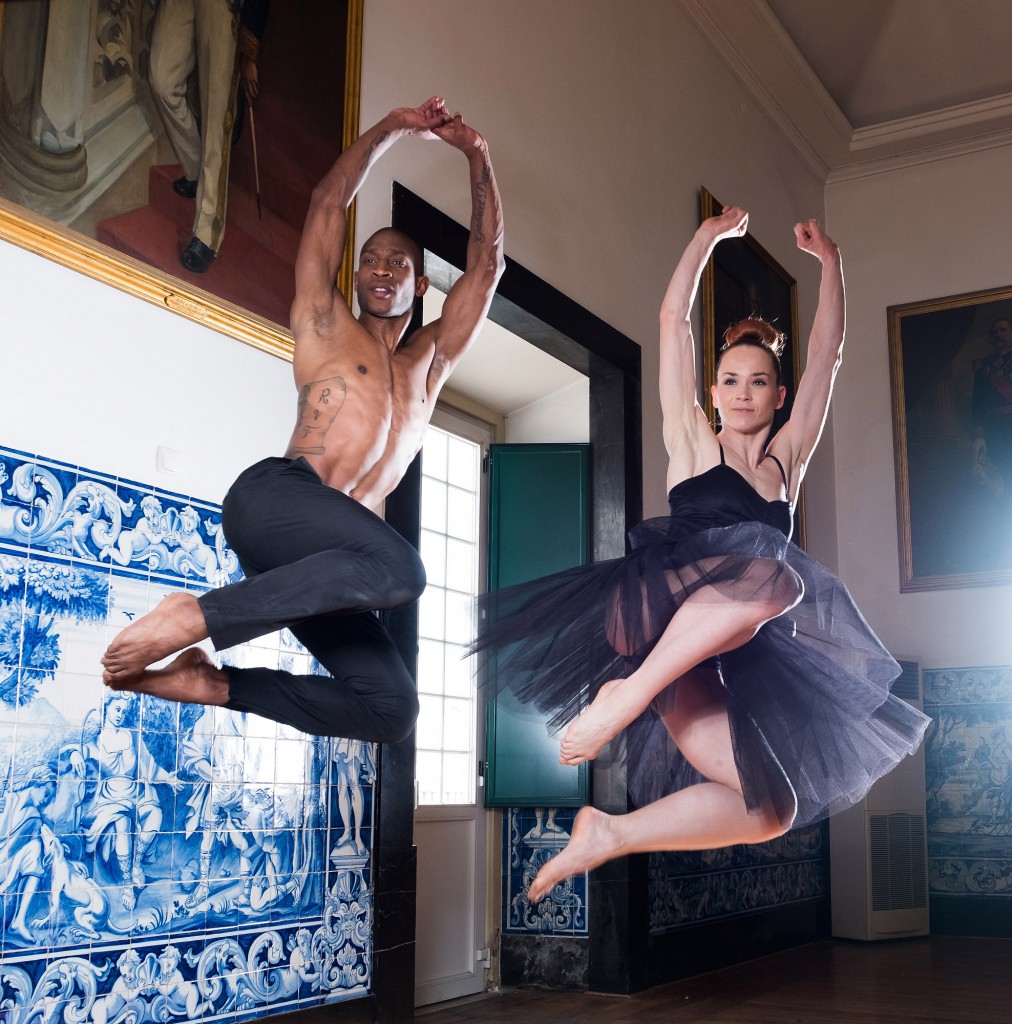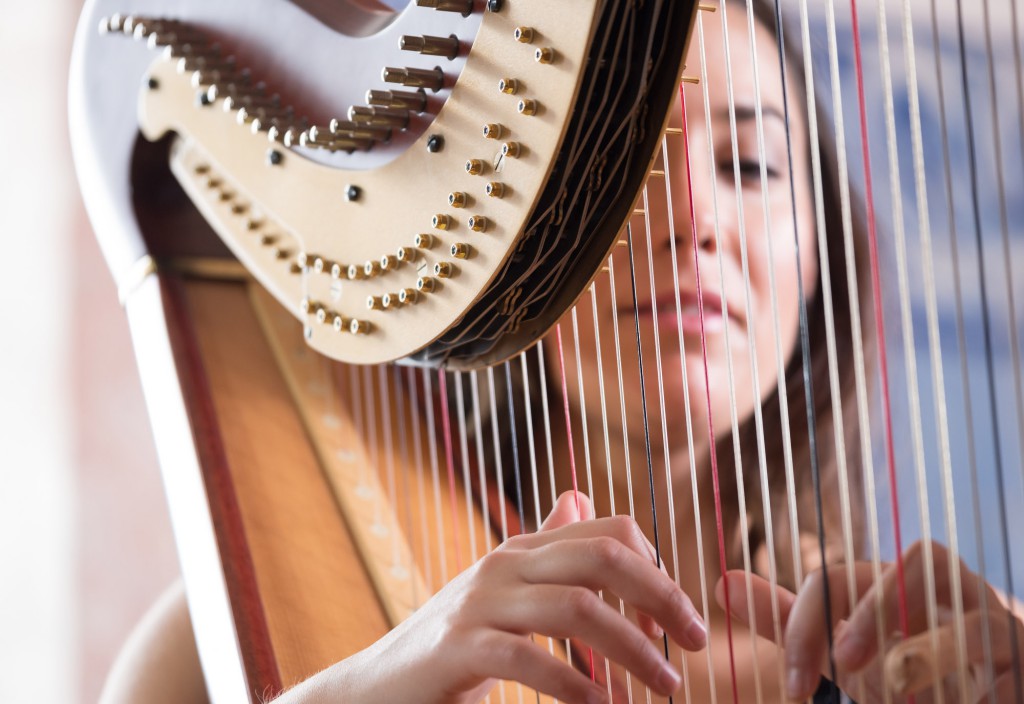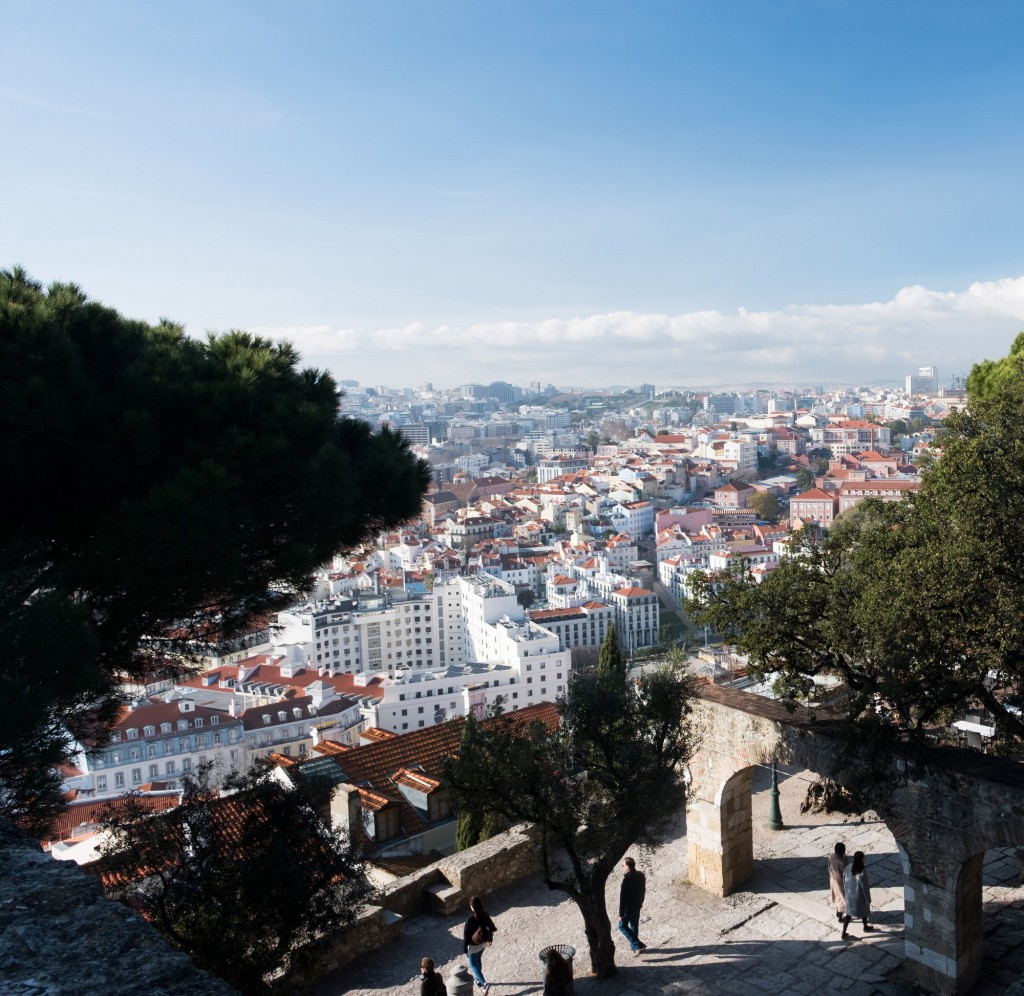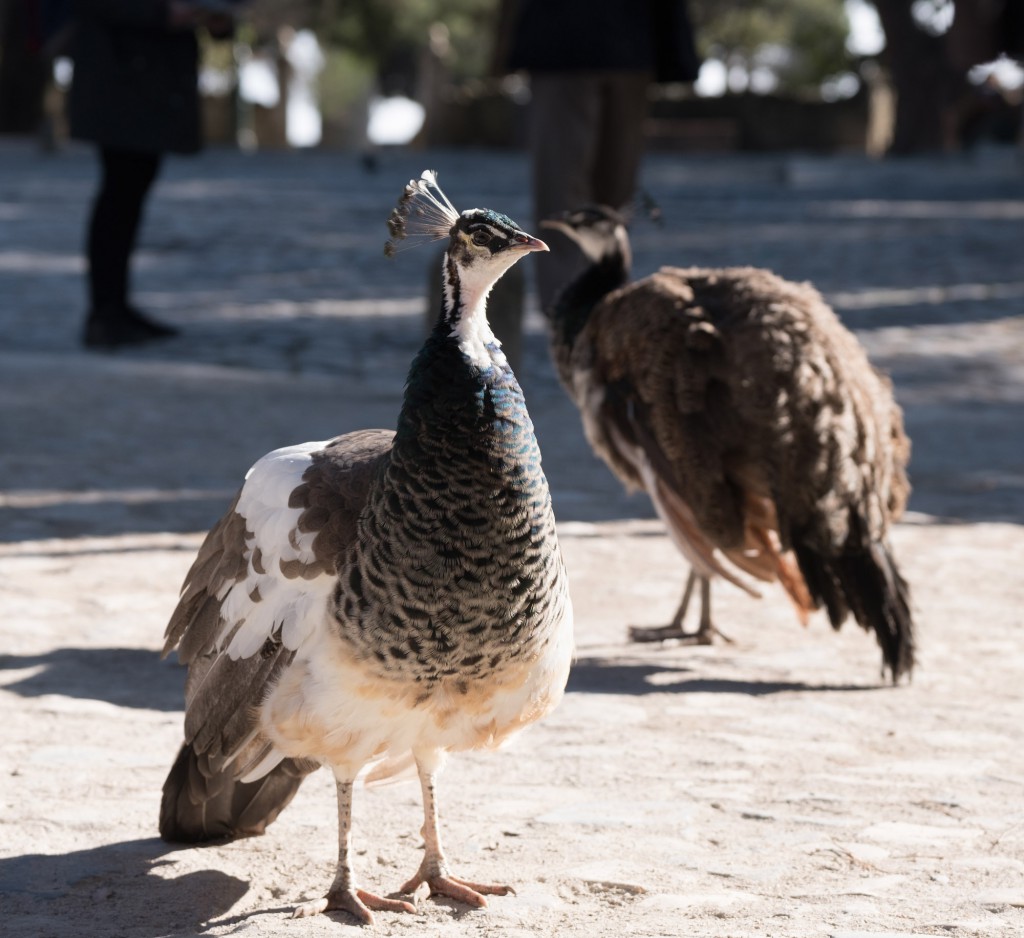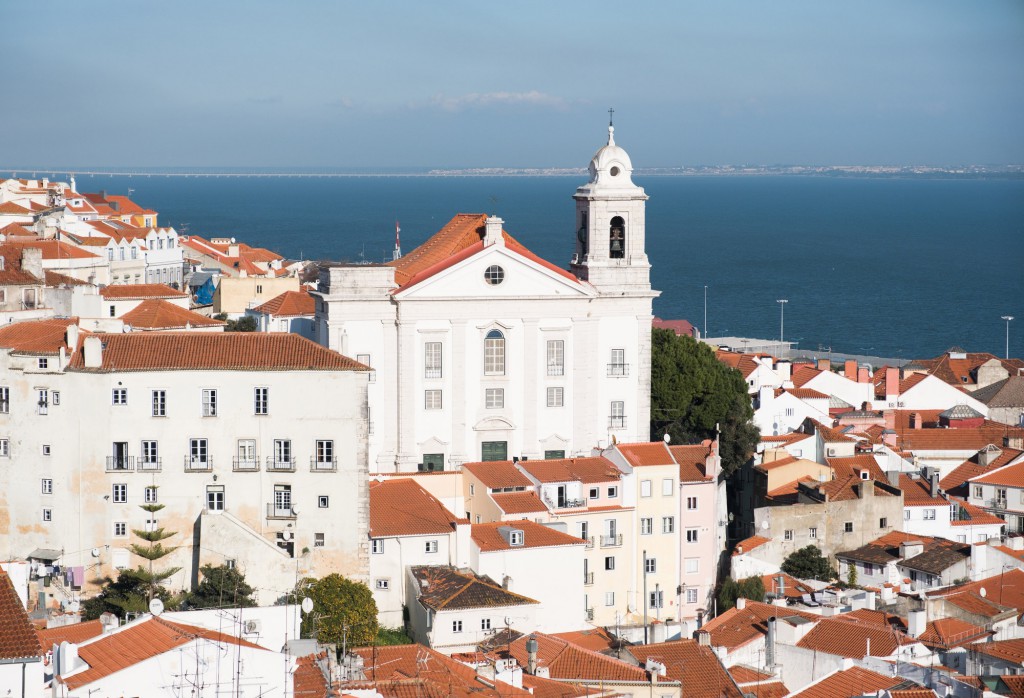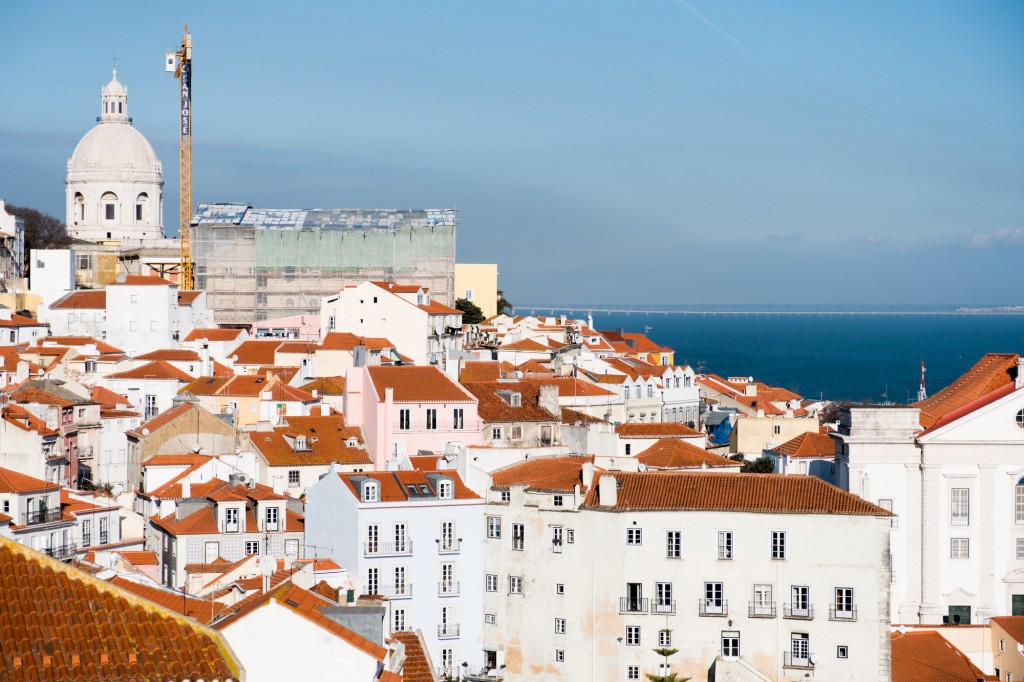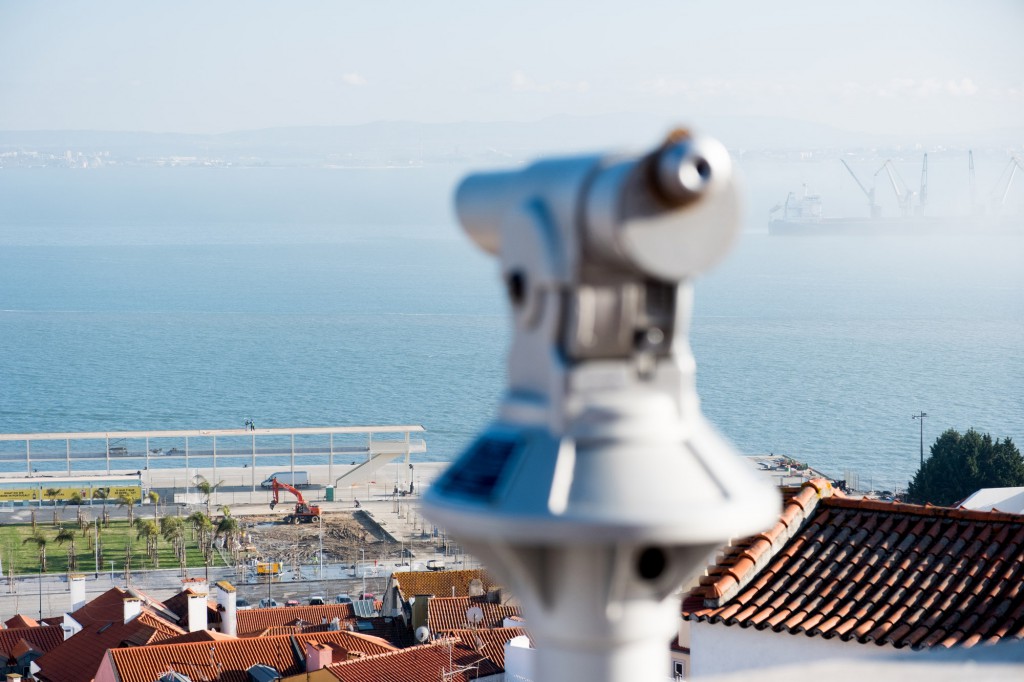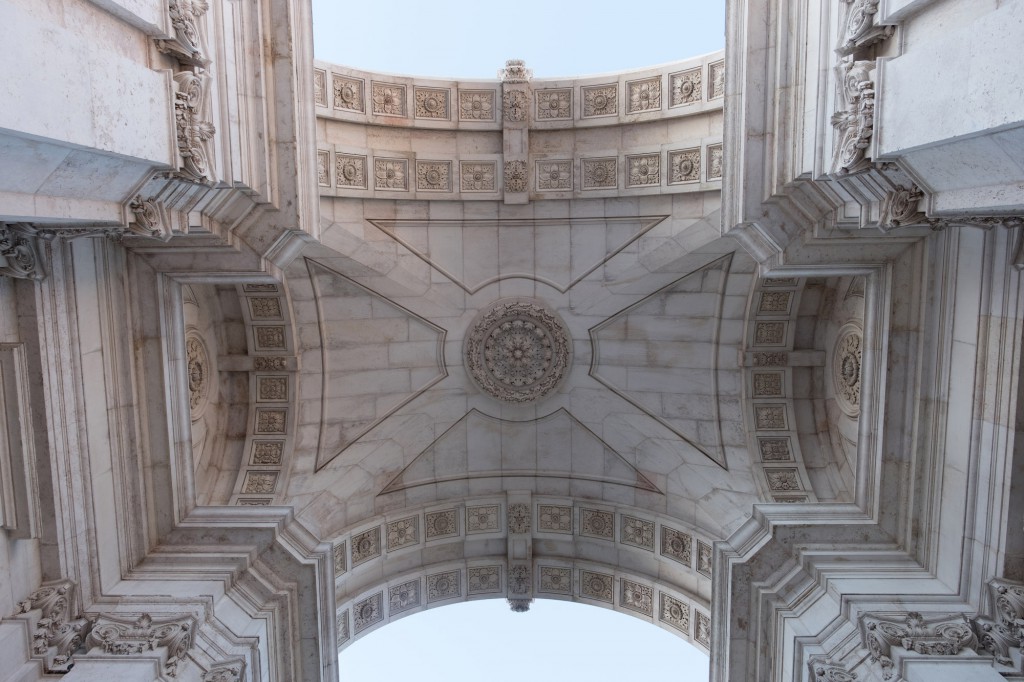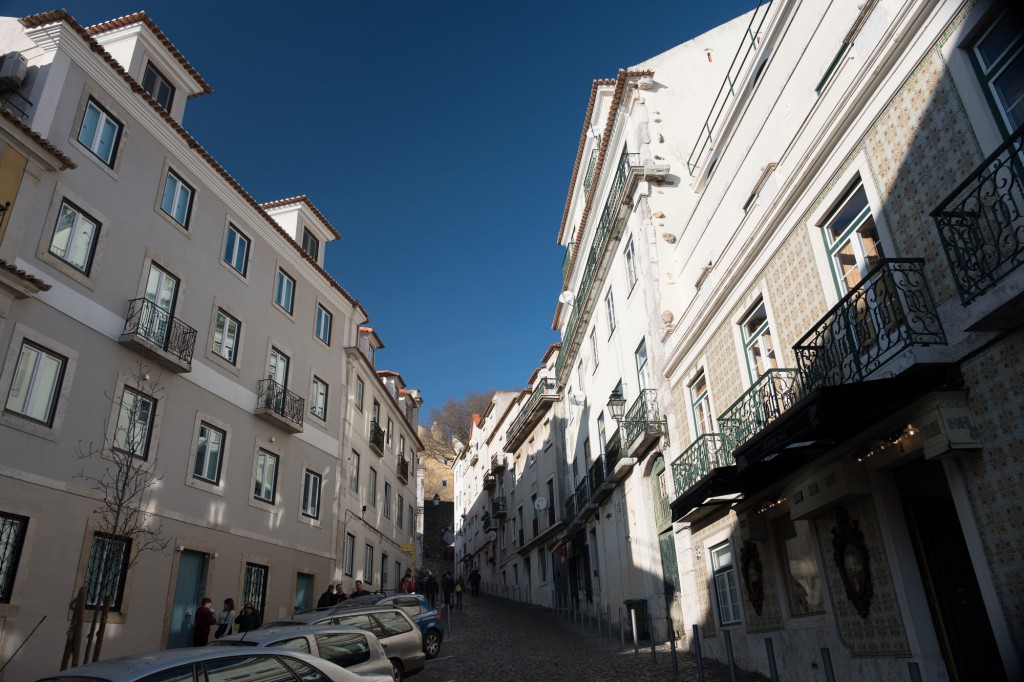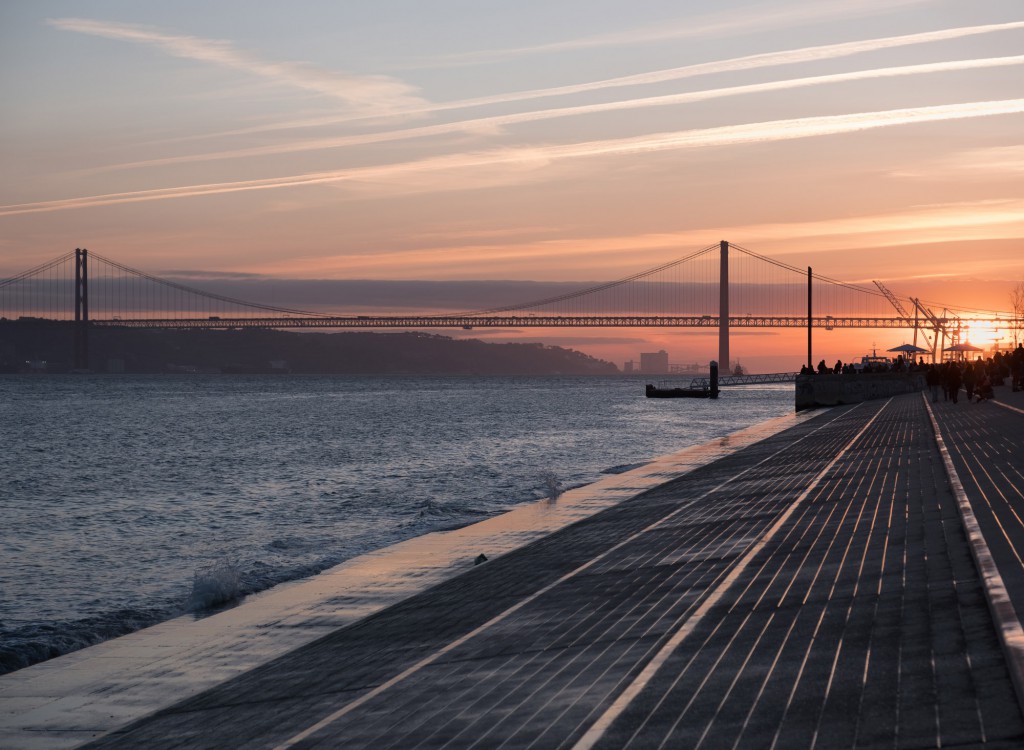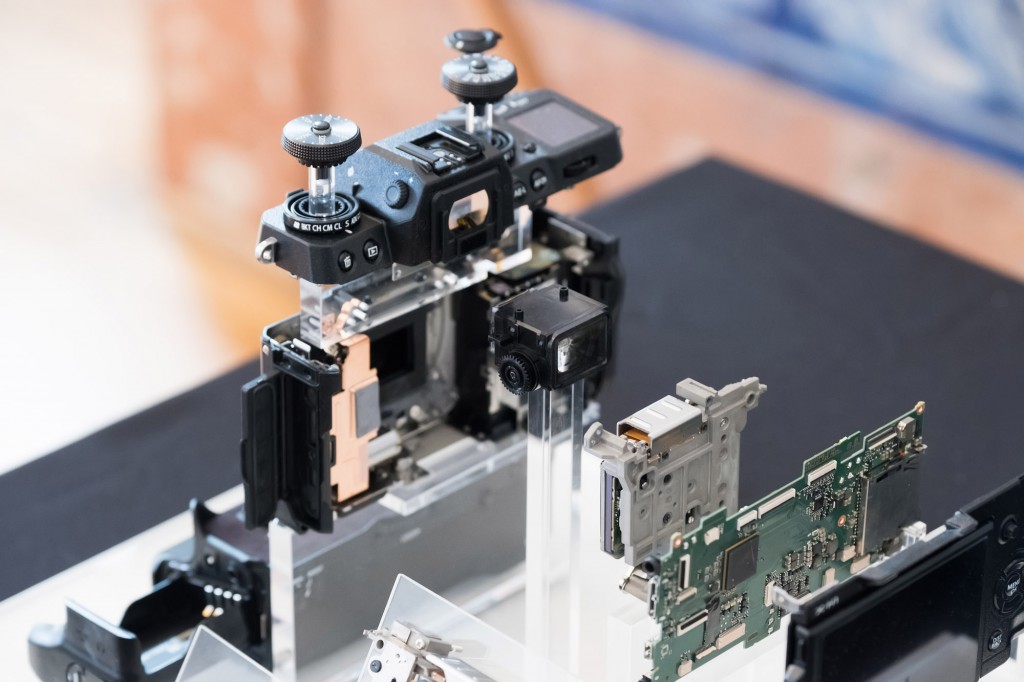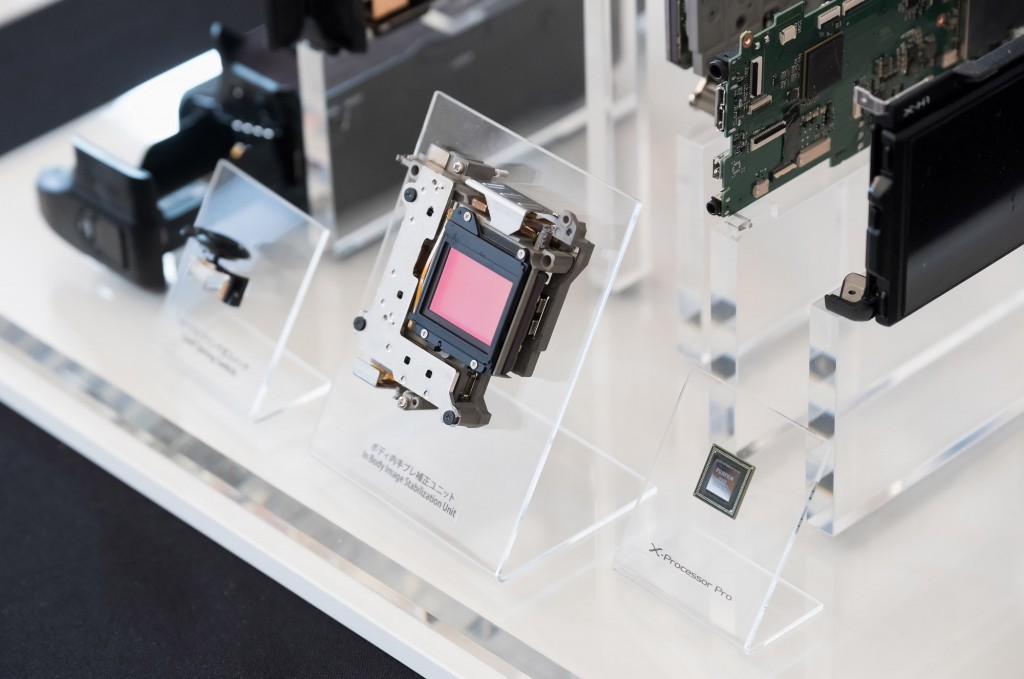Hello, my friends!
I’m glad to say, that today we’re going to talk about one of the best in optics portrait lens ZEISS Milvus 85/1.4.
ZEISS Milvus 85/1.4
Introduction
When the lens rangeZeiss Milvus appeared, the two lenses were especially interesting for me: ZEISS Milvus 50/1.4, ZEISS Milvus 85/1.4.
It’s not a coincidence, because exactly two these lenses are completely new developments unlike the other Milvuses, which got the new bodies, but their optical parts remained the same (also very nice, as they were renovated last time).
Here is the list of the all existing modern ranges of Carl Zeiss photo lenses
What is such a special in the new portrait lens? At the first, it was made in the most experienced in a lens building Company, which specializes in the optics of the highest level.
At the second, this is a manual optics, which provides an opportunity of the exact manual focusing.
Да, она для неспешной съемки, которую многие нынешние “пулеметчики” отрицают. Но такая съемка существует и многие люди получают глубокое удовольствие от того, что они удачно поймали выражение лица, погоду, фокус и объектив только добавил художественности.
Просветление ZEISS Milvus 85/1.4 “горит” таинственным оранжевым цветом. Таинственным, потому как на многих последних цейсах оно было зелёное. Статистику не составлял, но эксперименты явно ведутся и, очевидно, что в сторону улучшения.
У меня давно уже было подозрение, что над просветлением работают, но маркировку оставляют старую T*, тогда как на кинообъективах стоит T*XP.
На вопрос представителю Carl Zeiss мне ответили, что T*XP на фотообъективах не планируется, но кто знает?
Сейчас всё принято скрывать до последнего момента.
Конструктив, дизайн и эргономика
Объектив сделан очень добротно, в современном обтекаемом стиле. В этом плане он чем-то похож на автомобиль Порше.
Гладкий и металлический, скрывающий в себе немалую оптическую мощь.
Надо сказать, что 85-ти миллиметровые объективы всегда у Цейса тяжелые и внушительные по размерам. Особенно с блендой. Мне повезло сравнить “дедушку” и “внука”. Т.е. Carl Zeiss Planar 85/1.4 c/y и ZEISS Milvus 85/1.4
Оба по-своему прекрасны. “дедушка” (Carl Zeiss Planar 85/1.4 c/y) без особых проблем прожил 30 лет и собирается еще жить и жить. Не это ли хороший показатель качества изготовления объективов Carl Zeiss?
Теперь по существу. Мне не нравится резиновое фокусировочное кольцо. Оно новомодное, его не ощущаешь пальцами и оно ужасно выглядит уже через несколько дней пользования т.к. к нему липнет пыль. Да и по цвету оно серое, а не чёрное, как сам объектив. Но это относительно его вида.
Вращается фокусировочное кольцо очень плавно и ход у него большой (270 градусов), что очень удобно для точной настройки фокуса в ручной фокусировке.
Бленда удобная и приятная на ощупь. Но что делать, когда хочешь воспользоваться поляризатором? Я задавал этот вопрос Александру Прелю, немецкому представителю компании Carl Zeiss. Он продемонстрировал работу с поляризатором пальцами внутри бленды. А теперь представьте, что вы на ощупь с фронтальной части объектива влезаете пальцами в глубокую бленду.. Печаль.
Потому я использую всегда старую цейсовскую бленду (она надета на контаксовский 85-мм цейс на снимке). Ничего лучше пока не видел. Качественная, легкая и позволяет крутить бленду вместе с поляризационным светофильтром.
Да и немаловажно, что она тоже выглядит стильно. Может не так красиво, как новая от Милвуса, но мне всё-таки важнее удобство работы с фильтром.
Я обследовал весь объектив (время было). Качество изготовления точно выше среднего для нашего времени.
Металл, везде металл.. Даже к щеке прикладывать не нужно.
Синяя полоса на байонете — это влагозащита. Пожалуй резиновое кольцо тут понадежнее, чем у L объективов Canon.
Технические характеристики
| Фокусное расстояние | 85 мм |
| Диапазон значений диафрагмы | f/1.4 – f/16 |
| Оптический дизайн (линз/в группах) | 11 / 9 |
| Диапазон фокусировки | 0,80 м — ∞ |
| Угол обзора (диаг./гориз./верт.) | 29° / 24° / 16° |
| Диаметр круга покрытия | 43 мм |
| Рабочий отрезок | ZF.2: 46,50 мм ZE: 44,00 мм |
| Покрытие на близкой дистанции (МДФ) | 303 мм x 201 мм |
| Масштаб | 1 : 8.3 |
| Диаметр резьбы под фильтр | M77 x 0.75 |
| Положение входного зрачка (от передней линзы) | 45,9 мм |
| Ход фокусировочного кольца | 270 ° |
| Максимальный диаметр | ZF.2: 90,0 мм ZE: 90,0 мм |
| Диаметр фокусировочного кольца | ZF.2: 88,7 мм ZE: 88,7 мм |
| Длина (без крышек) | ZF.2: 110,0 мм ZE: 113,0 мм |
| Длина (с крышками) | ZF.2: 119,0 мм ZE: 121,0 мм |
| Вес | ZF.2: 1.210 гр. ZE: 1.280 гр. |
Остальные технические характеристики вы можете посмотреть в статье про только что выпущенные 6 Милвусов
На какой камере ZEISS Milvus 85/1.4 покажет себя лучше
Было бы странно ожидать, что современный объектив не будет рассчитан на современные же камеры. Carl Zeiss оставили себе “зазор” по характеристикам между ZEISS Otus 85/1.4 и ZEISS Milvus 85/1.4, но ZEISS Milvus 85/1.4 определенно много лучше, чем Carl Zeiss Planar 85/1.4 Z. Примерно настолько же, насколько “запредельный” по всем параметрам Отус лучше, чем Милвус.
Вывод отсюда такой, что использовать ZEISS Milvus 85/1.4 на камерах с разрешением менее 21 Мпикс можно, но всё-таки желательно купить камеру поновее, чтобы полнее раскрыть его потенциал.
У меня в наличии на момент тестирования было две камеры, на которых я хотел попробовать ZEISS Milvus 85/1.4. Это Canon 5DsR (50 Мпикс) и Nikon D300 (12 Mpix).
Nikon можно было и не задействовать, но мне попался как раз Милвус на байонет Никона, так что это на Canon он работал через адаптер.
Снимки, сделанные на ZEISS Milvus 85/1.4
Кто хочет пропустить раздел “Пейзаж”, где я немного рассказываю о Петербурге, может сразу перейти в раздел Портреты или Тесты.
Пейзаж
Прогулка вдоль набережной Невы с Алексеем Литвиным. Ноги мы стоптали основательно, походили по Васильевскому острову, дошли до Академии Художеств и сделали пару фото у Эрмитажа. Я лично очень доволен прогулкой — фото получились отменные. Когда еще спокойно погуляешь по родному городу?
Большинство снимков сделаны на Nikon D300, для которого имеющийся ZEISS Milvus 85/1.4 был с родным байонетом. Где снимок сделан на Canon 5DsR я специально подписал.
В Петербурге много рек и каналов. Приятно прогуляться вдоль набережных.. А живу я вообще на острове, коих тут не одна штука :)
Исаакиевский собор и мост Лейтенанта Шмидта (ныне Благовещенский, но мне приятнее называть его “по-старому”).
Исаакиевский собор, вид от Невы.
Можно было бы сказать, что этот человек мне специально позирует, но это была бы неправда. Просто случайность :) Спасибо за 50 Мпикс, Canon (Снимок на Canon 5DsR + ZEISS Milvus 85/1.4). Черную рамку я добавил, видимо, подсознательно :) Надеюсь, он не пострадал.
Здание Эрмитажа и кораблик. А вы знаете, что Эрмитаж менял цвет стен несколько раз и во время революции 1917г. он был красно-кирпичный?
Кстати, у него разрушили вентиляционную башенку, которую вы видите на картинке. Большевики не любили выступающие над крышей объекты.
Недавно заметил, что у любимого мной Аничкового дворца тоже нет старинных остроконечных куполов и башен, их тоже снесли после революции.
На картинке Зимнего Дворца вы также видите ограду с витиеватой решеткой.
Её тоже разрушили. В 1920 г. Ленин объявил субботник и просто всё сломал.
Ныне же Зимний Дворец (он же Эрмитаж, т.к. музей сейчас занимает практически все помещения бывшей царской резиденции) свой двор держит открытым. Ограды совсем нет, фонтан восстановлен и летом в нём купаются школьники.
Здание Адмиралтейства, Западный павильон.
Петербург летом бывает особенно красив, а в дождливое и снежное время навевает меланхолическое настроение. Именно меланхолическое, а не депрессивное, кое появляется в среде “хрущоб”. Здесь же практически всё в старых районах построено известными архитекторами и подчинено одному главному плану красоты города.
Туристические кораблики. В период “Белых ночей” приезжает огромное количество туристов, а потом их количество резко уменьшается. Такое ощущение, что в Петербурге в остальное время нечего смотреть :) Но это не так, и в последние два года почти всё лето в Петербурге очень много китайских. менее разборчивых, туристов.
Петропавловская крепость. Про “Петропавловку” говорить можно очень долго т.к. это целый ансамбль сооружений, главное что нужно знать – это первое здание в Петербурге и представляет из себя небольшую крепость. Пляж у “Петропавловки” облюбован горожанами в летнее время. В советское время находиться у воды было не очень приятно т.к. от неё несло химическими запахами, а сейчас, вода уже не пахнет (догадайтесь почему).
Стрелка Васильевского острова, ростральная колонна.
Ростра́льная коло́нна (лат. columna rostrata, от лат. rostrum — нос корабля) — отдельно стоящая колонна, украшенная носами кораблей (рострами) или их скульптурными изображениями.
Это здание я не знаю (находится на В.О., Большой проспект), просто увидел интересный купол.
Объектив, конечно, просто шикарный. Просто ходи по городу и снимай картинки, которые будешь вешать на стену. Да и не только я такие бы повесил.. Горожане город любят и просят у меня время от времени снимки города. С ZEISS Milvus 85/1.4 сделать таких открыточных фото несложно, можно потом каждому давать его уникальное фото на стену.
На фото виднеется “Церковь Успения Пресвятой Богородицы”, на куполах которой я “оттачивал” возможности инфракрасной съемки. Они очень красиво играют золотом на солнце и интересно передать красоту купола в черно-белой фотографии, а потом сравнить со старинными снимками, сделанными в начале 20-ого века.
Снимок на Canon 5DsR + ZEISS Milvus 85/1.4.
Если снимок при открытии не помещается на экране (все большие фото – 1500 пикс по ширине), то в правом нижнем углу картинки появляется иконка со стрелочками. При нажатии картинка раскрывается на полный масштаб. Это важно т.к. иначе на небольших мониторах (до 19″) вы видете “замыленную” превьюшку фото, а не само фото.
Портрет
Классическое применение данного объектива – портретные снимки. Сейчас 85 мм объективы всё чаще используют, чтобы снимать красивых девушек на фоне листвы. Боке, понимаешь.. Не зря объектив имеет относительно отверстие 1.4 и даёт очень красивое боке.
Все снимки сделаны на F1.4 дабы проявить “боке” объектива.
Я девушек снимаю редко, за то часто снимаю свою семью.
Прочие снимки
ZEISS Milvus 85/1.4 vs Carl Zeiss Planar 85/1.4 c/y
Пейзаж, диафрагма F5.6.
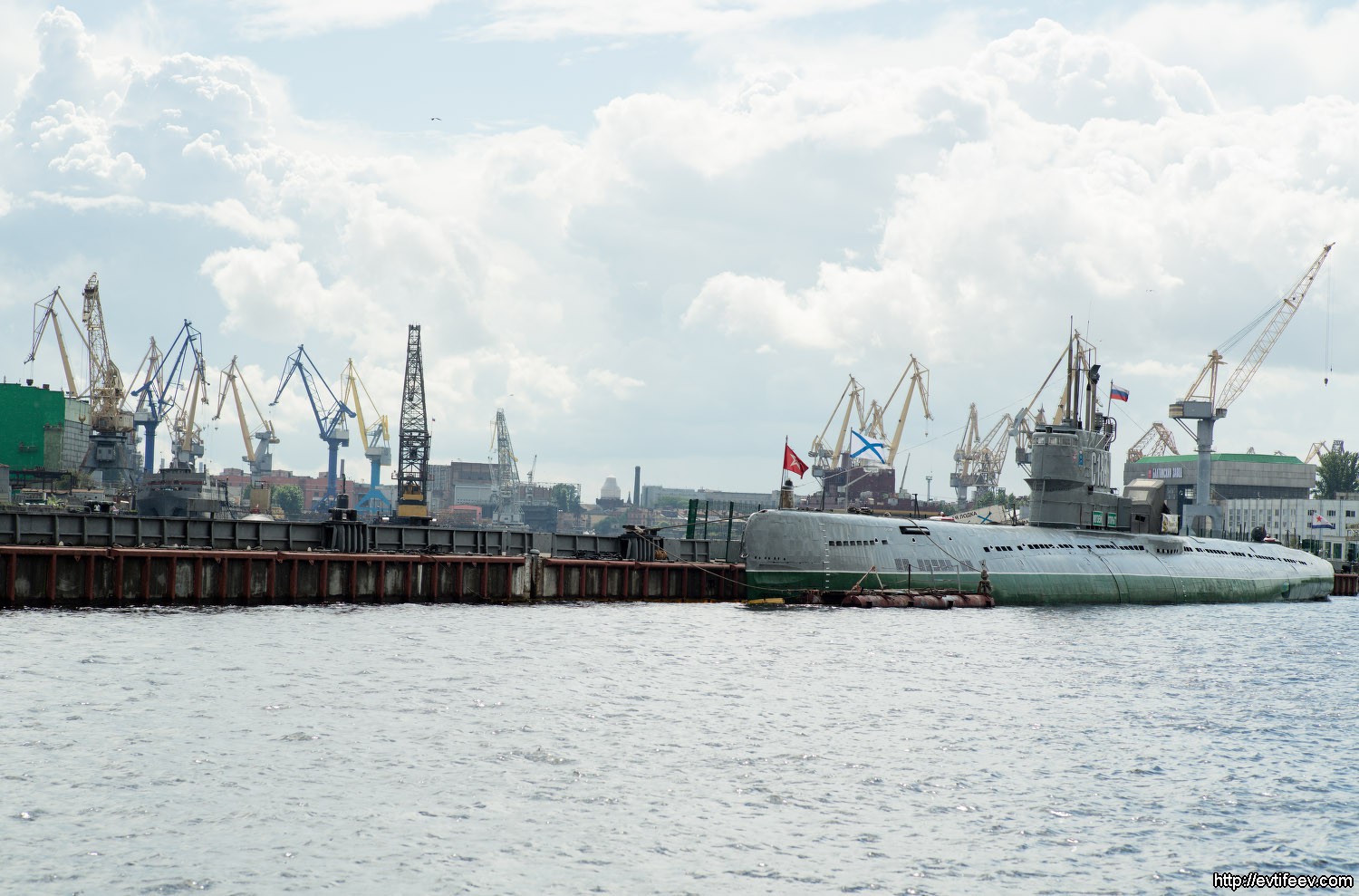
На ZEISS Milvus 85/1.4 снимок стал контрастнее, ушла какая-то желтоватая пелена. И если присмотреться, то видно, что стало выше разрешение, хотя в данном случае не скажешь, что это критично. Просто приятно, что оно выше.

Второй сюжет, F1.4
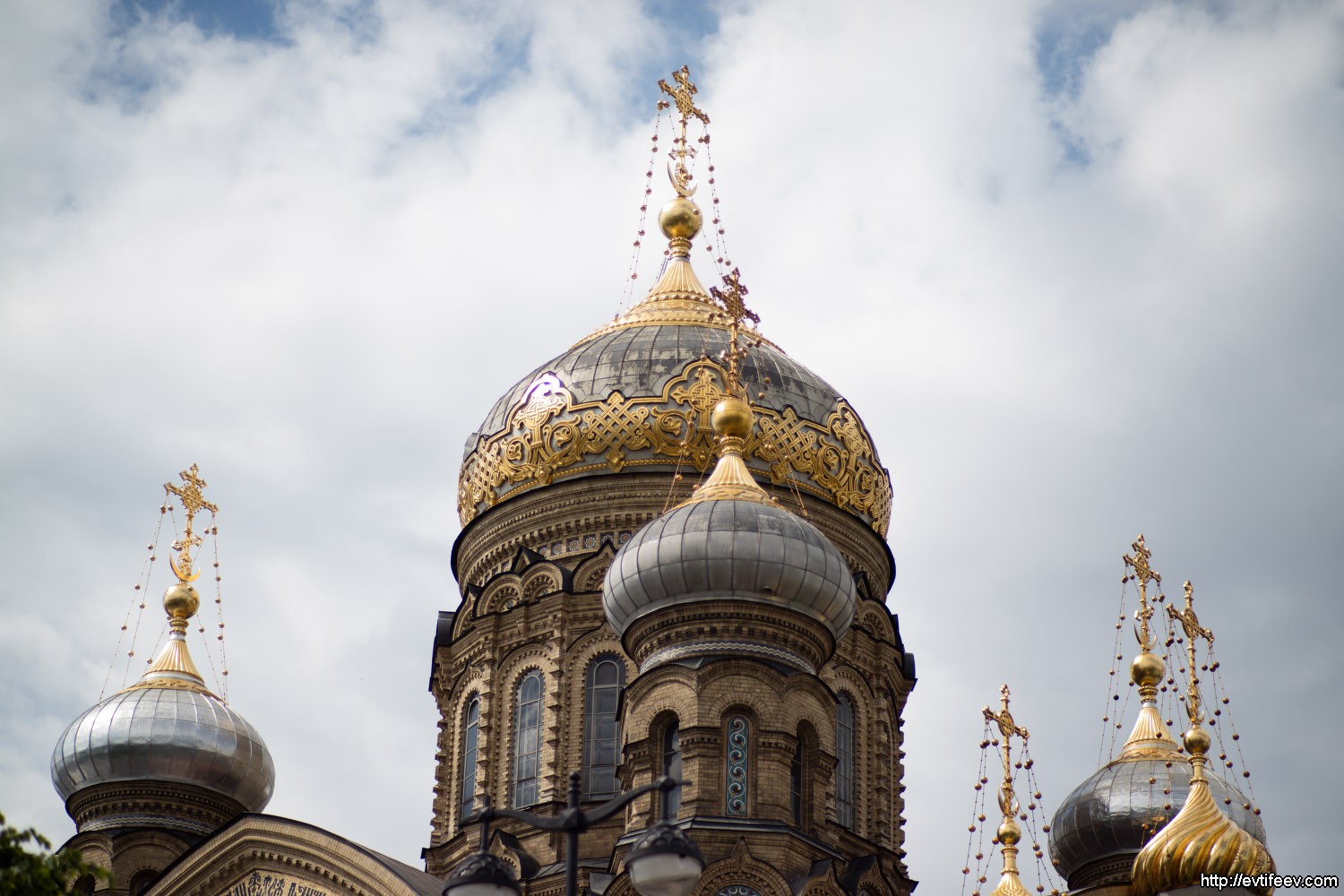
Обратите внимание на купол – насколько меньше ХА на ZEISS Milvus 85/1.4. Более того, с купола ушла “дымка”, которая являлась потерей контраста из-за контрового света (см.следующее окно сравнения).
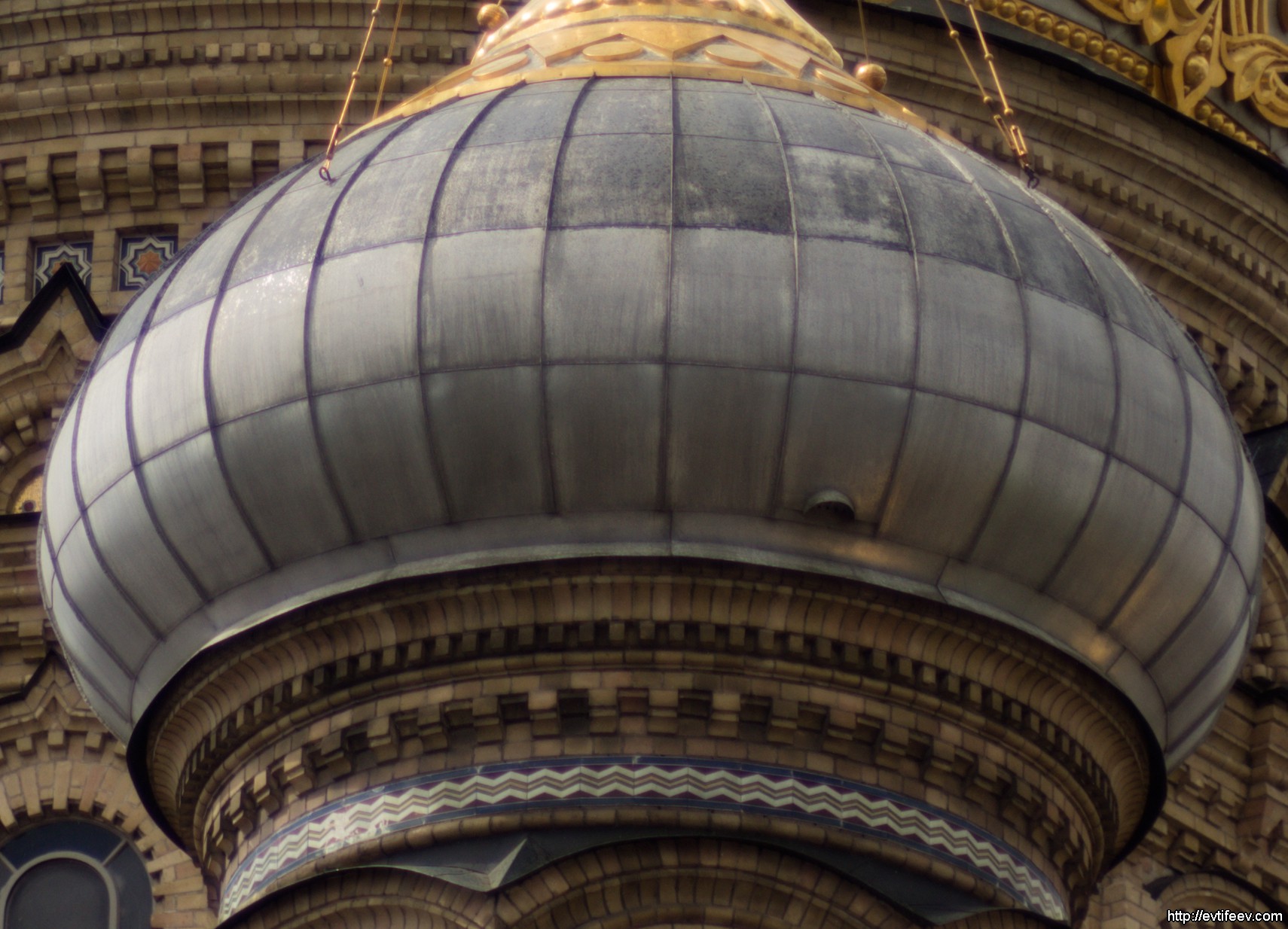
Результаты тестов разрешения по фотомире (Imatest)
Чтобы протестировать 85 мм объектив мне пришлось удалиться от фотомиры на значительное расстояние (85*50 = 4,25 м).
Я использовал для теста фотокамеру, соответствующую объективу: Canon 5DsR. Разрешение фотокамеры: 50 Мпикс, 4,14 мкм размер “точки”.
Хочу обратить внимание, что на камерах с меньшим разрешением объектив, вполне возможно, может дать меньшие показатели, т.к. не раскроет весь свой потенциал, хотя в любом случае у него есть и другие достоинства (малые ХА, высокая устойчивость к контровому свету).
Фокусировка по LiveView, 16x. Свет белый, студийный от генератора Broncolor (“Шевеленка” исключена).
F1.4
Мы говорили, что 40 lp/mm это очень неплохо для открытой диафрагмы 1.8 на объективе Sigma AF 18-35/1.8 DC HSM Art (а многие зарубежные сайты просто “пищали” от счастья). Так что вот на ZEISS Milvus 85/1.4 при бОльшем относительном отверстии разрешение еще выше! 43-55 lp/mm. Что же “творится” на Отусе, который еще на шаг впереди?
По профилю кромки в виде кривых основных цветов (RGB) на графике вы можете увидеть, что ХА есть, они в красном канале и они не очень значительные. Хотя, скорее всего, именно они и снижают разрешение.
F4
11 контрольных регионов, разрешение очень равномерное (брал рядом с центром кадра всё). Всё от 75-82 lp/mm, что очень много.
Обратите внимание на график ХА. Практически их нет. Это одна из причин столь высокого разрешения.
Выводы и впечатления
ZEISS Milvus 85/1.4 отличный объектив безо всяких компромиссов. Да, Цейс может сделать еще лучше т.к. они уже выпустили ZEISS Otus 85/1.4, но мне кажется, что подавляющее большинство фотографов будут счастливы просто и с Милвусом 85/1.4.
То качество картинки, которое он выдаёт выше всяких похвал. На самом деле за то недолгое время, что он у меня был я навострился снимать им и виды города :) В конце концов названия “портретный” это всего лишь ярлыки, а возможности хорошего объектива безграничны.
Я всегда стараюсь найти и возможные недостатки, которые могут помешать вам получить удовольствие от съемки на объектив из обзора. Здесь они очевидны: ручной фокус, большой вес и размер (бывает, что в сумку входит только один этот объектив с камерой и блендой. Я носил его в рюкзаке и потому проблем не испытывал. В конце концов он не больше родного телевика).
Это кажется ерундой по сравнению с возможностями объектива, но на самом деле нужно посмотреть на свой жанр съемки объективно, чтобы не было разочарования, ведь объектив стоит недешево (оно того стоит!).
Действительно вы будете снимать портреты и пейзаж в неспешном темпе? Есть у вас такая возможность или вы бегаете как загнанная антилопа (я тоже так иногда бегаю, хоть и очень не люблю когда это происходит) с универсальным зумом и главное, чтобы картинка вообще была, а качество уже стоит на втором (дай бог втором) месте?
Ритм современной жизни высокий и вы должны чётко понимать, что сможете уделить время обдуманной спокойной съемке. Вот тогда вы сможете получить то, что даёт нам этот уникальный объектив. Разрешение, контраст, отличное боке, приятные ощущения от высокоточной механики и т.д.
Фокусировка. Учтите, что на камере с высокой плотностью пикселей, которая желательна для такого объектива фокусироваться непросто. Вам кажется в видоискатель, что вы точно попали в фокус, но на самом деле без увеличителя видоискателя попасть не так просто и подтверждение попадания в фокус, которое предоставляет камера тоже не сильно помогает. Желательна точная фокусировка на глаз! Только тогда вы увидите каждую ресничку на глазу своего ребенка!
Хотя, честно скажу, даже когда “мажешь”, красивое боке прощает промахи :) Получается художественный снимок.
На этом хочу пожелать всем хороших объективов и удачных снимков на них! Я был очень рад, тому что мне довелось снимать на ZEISS Milvus 85/1.4, надеюсь и вам доведётся.
Искренне Ваш, Дмитрий Евтифеев.
P.S. К этой статье большие фото можно посмотреть в моём альбоме на Flickr. Подписывайтесь и туда, там большие фото появляются первыми, еще до статьи здесь.


